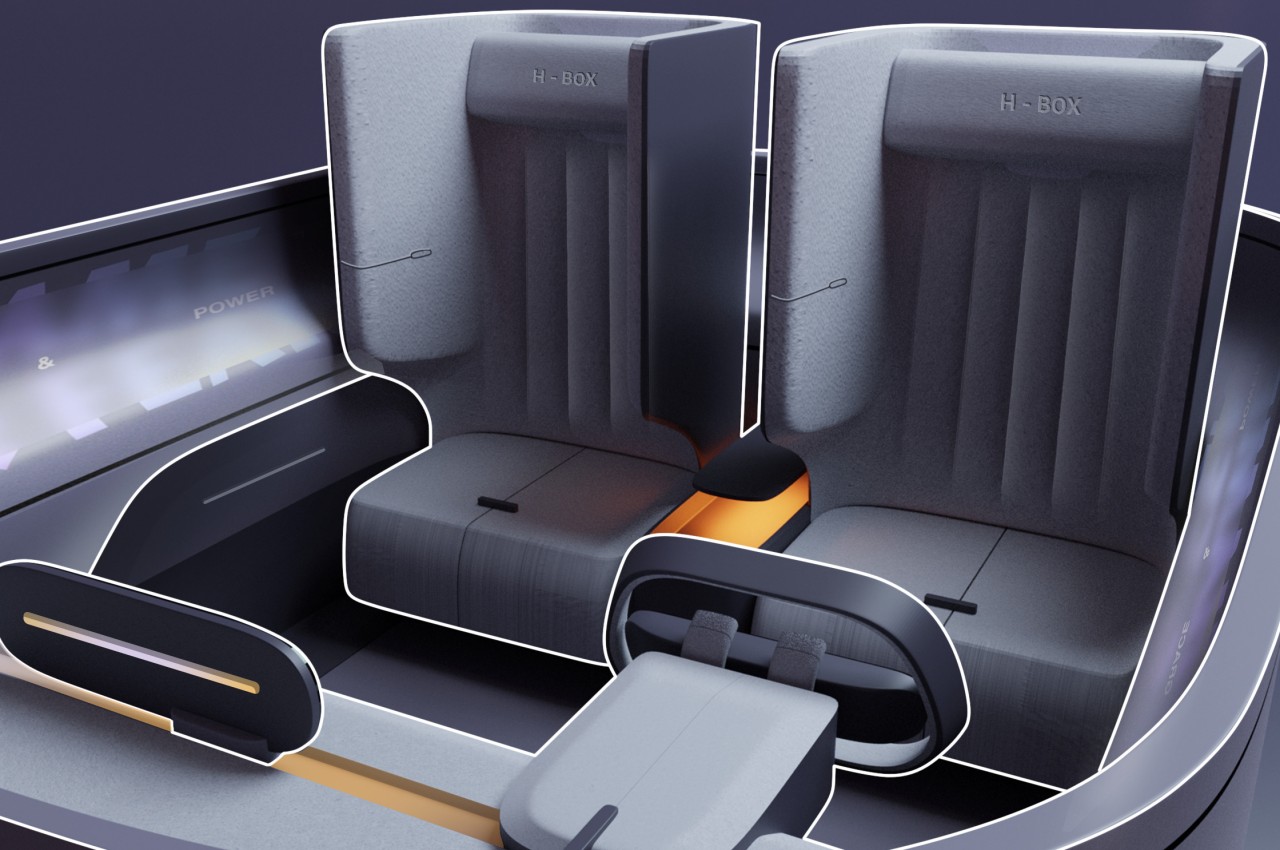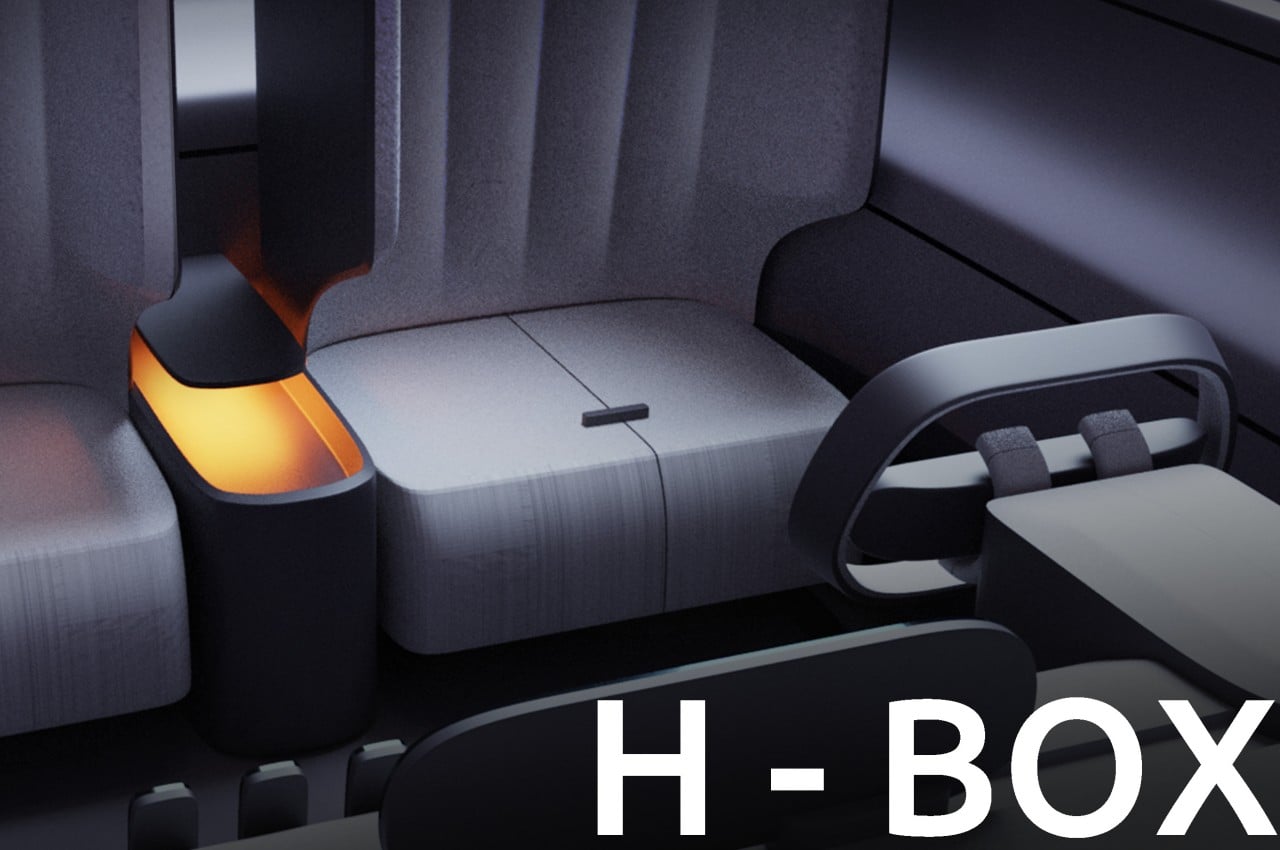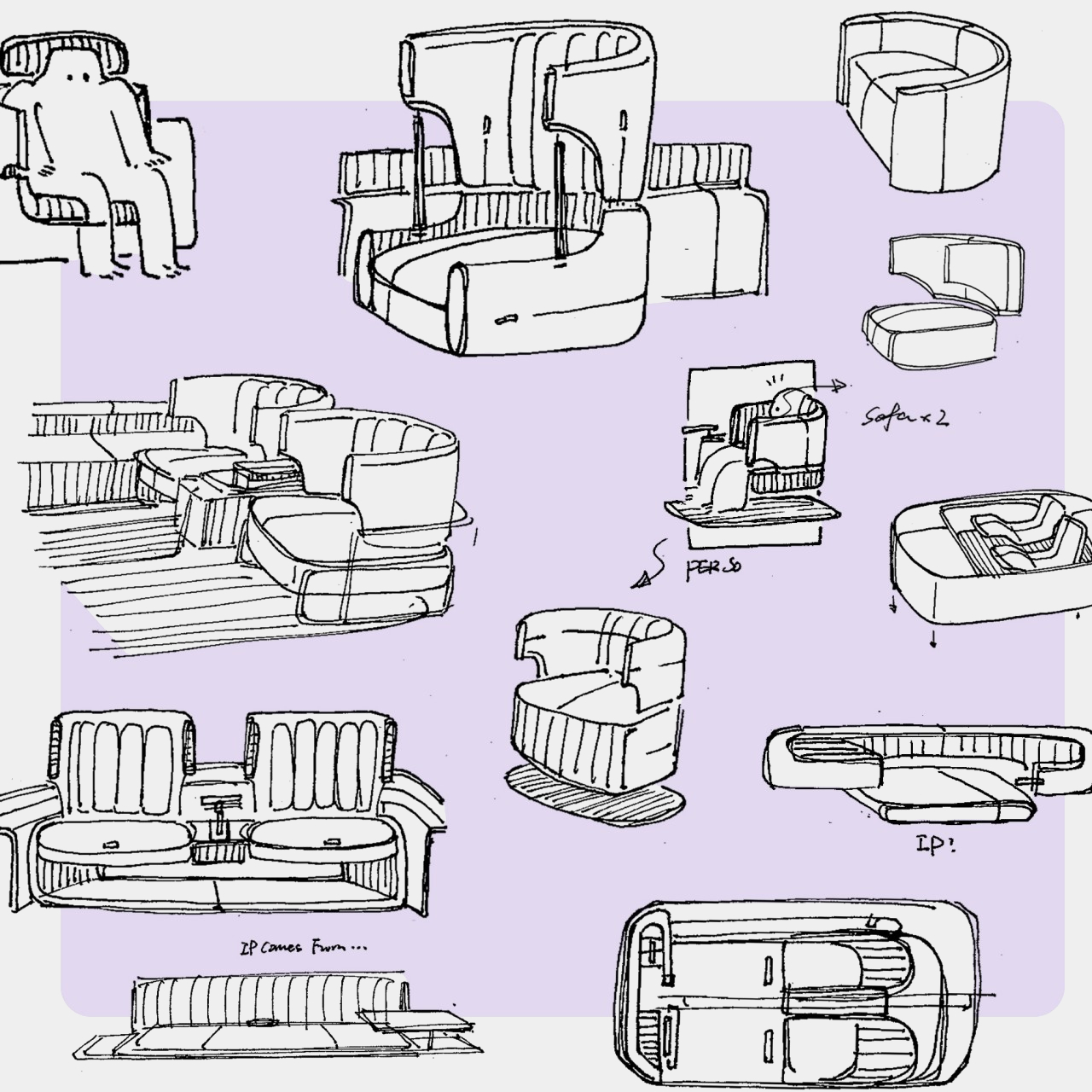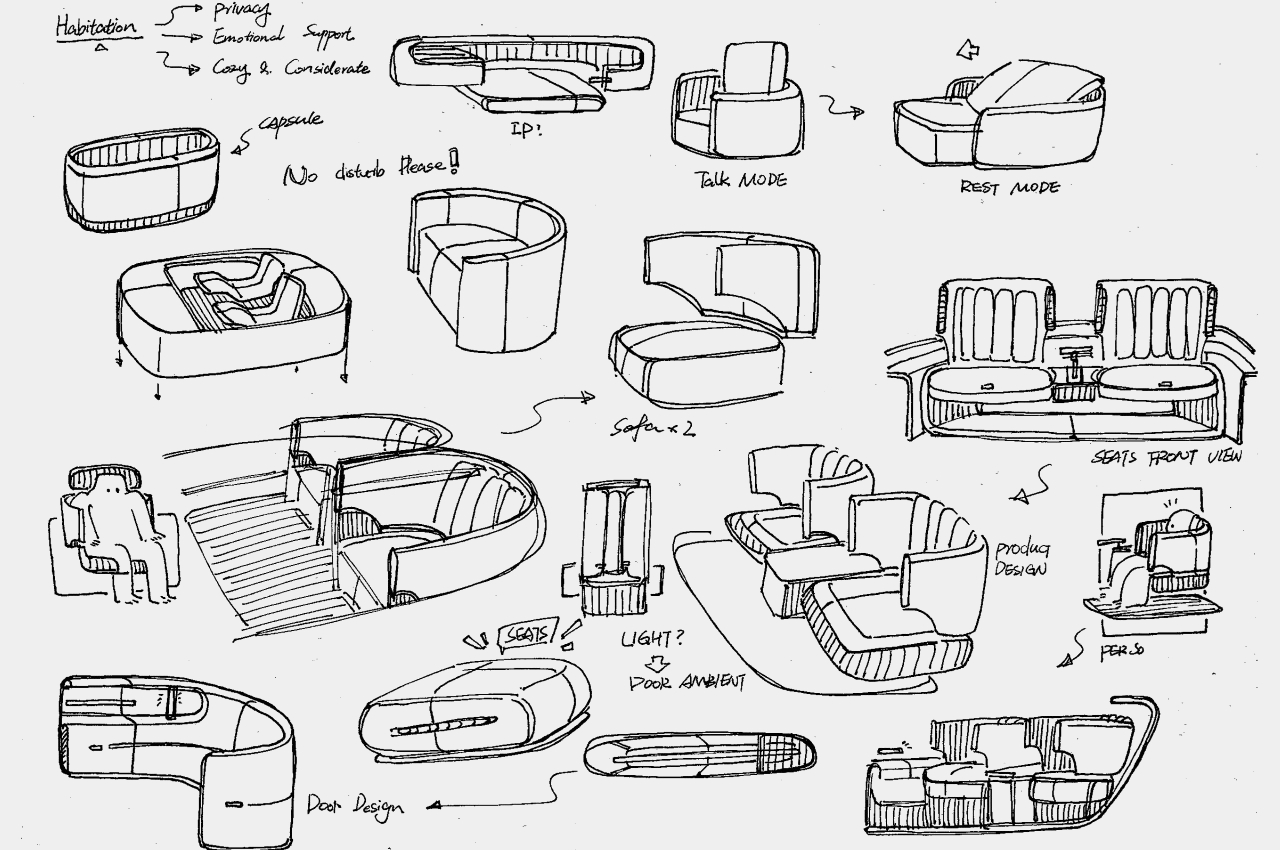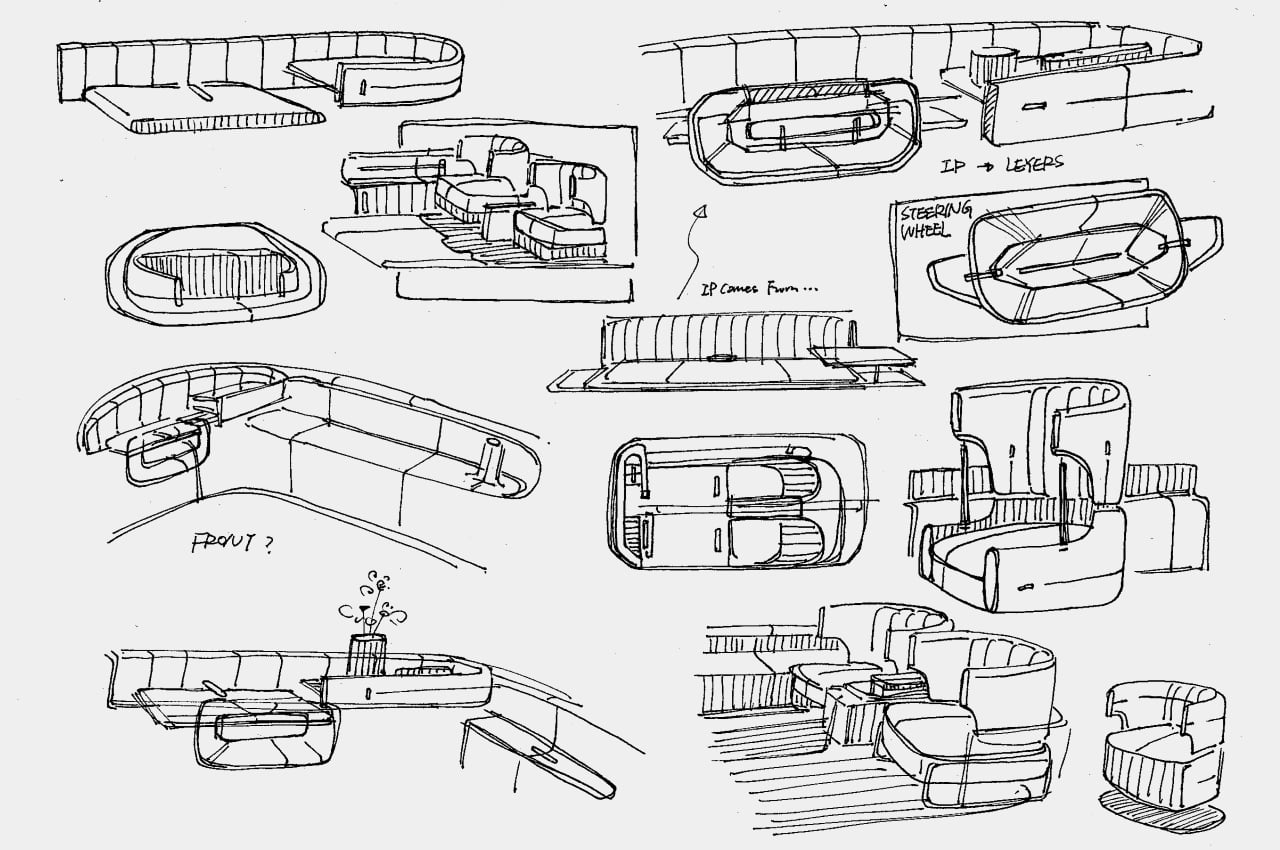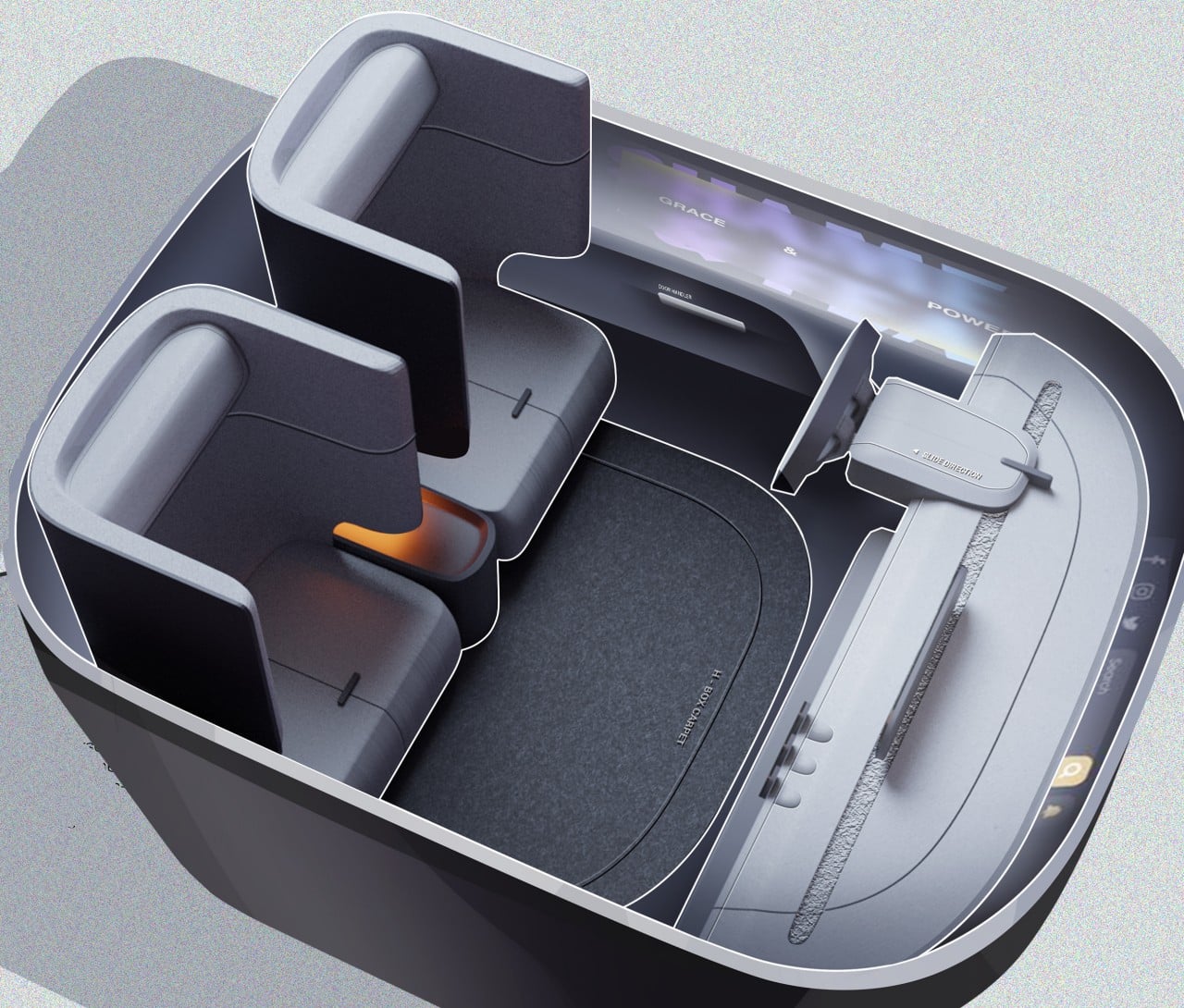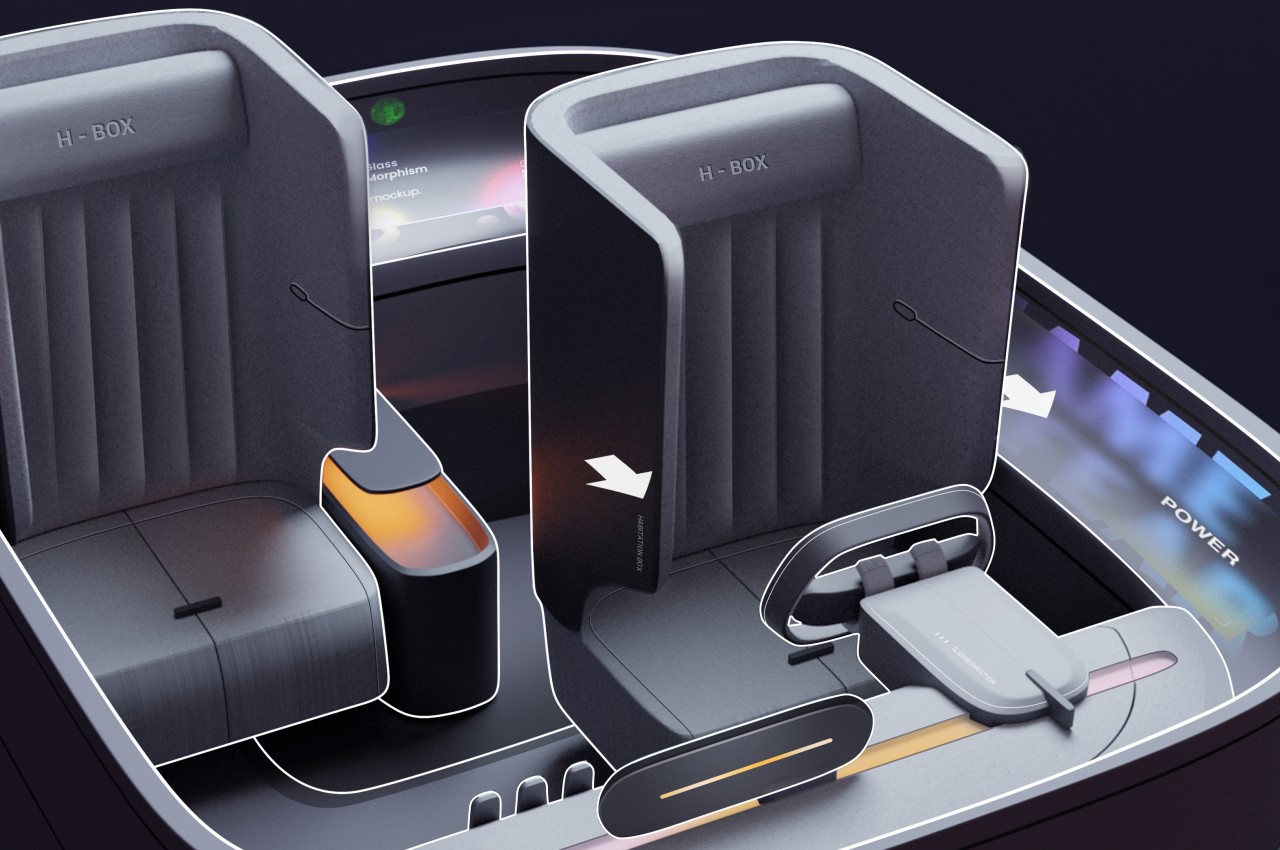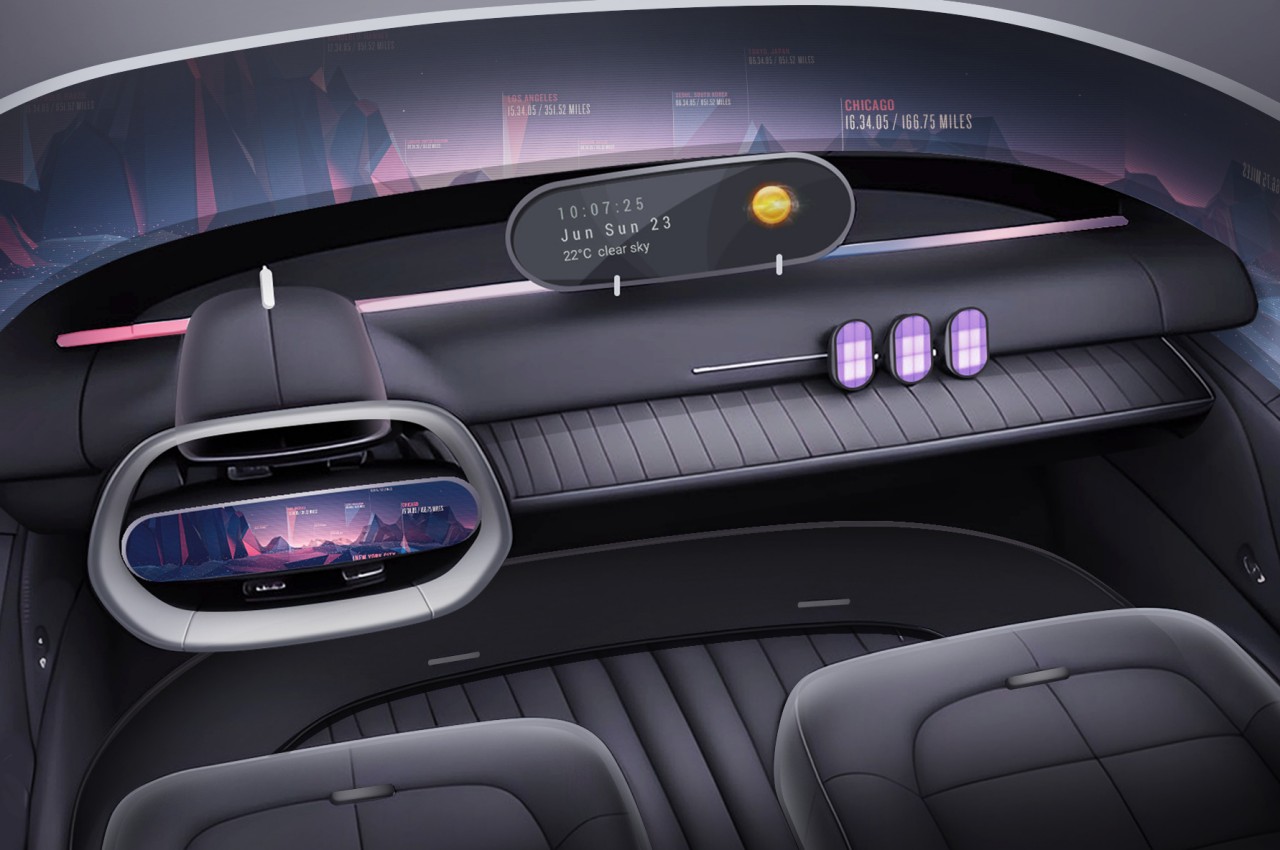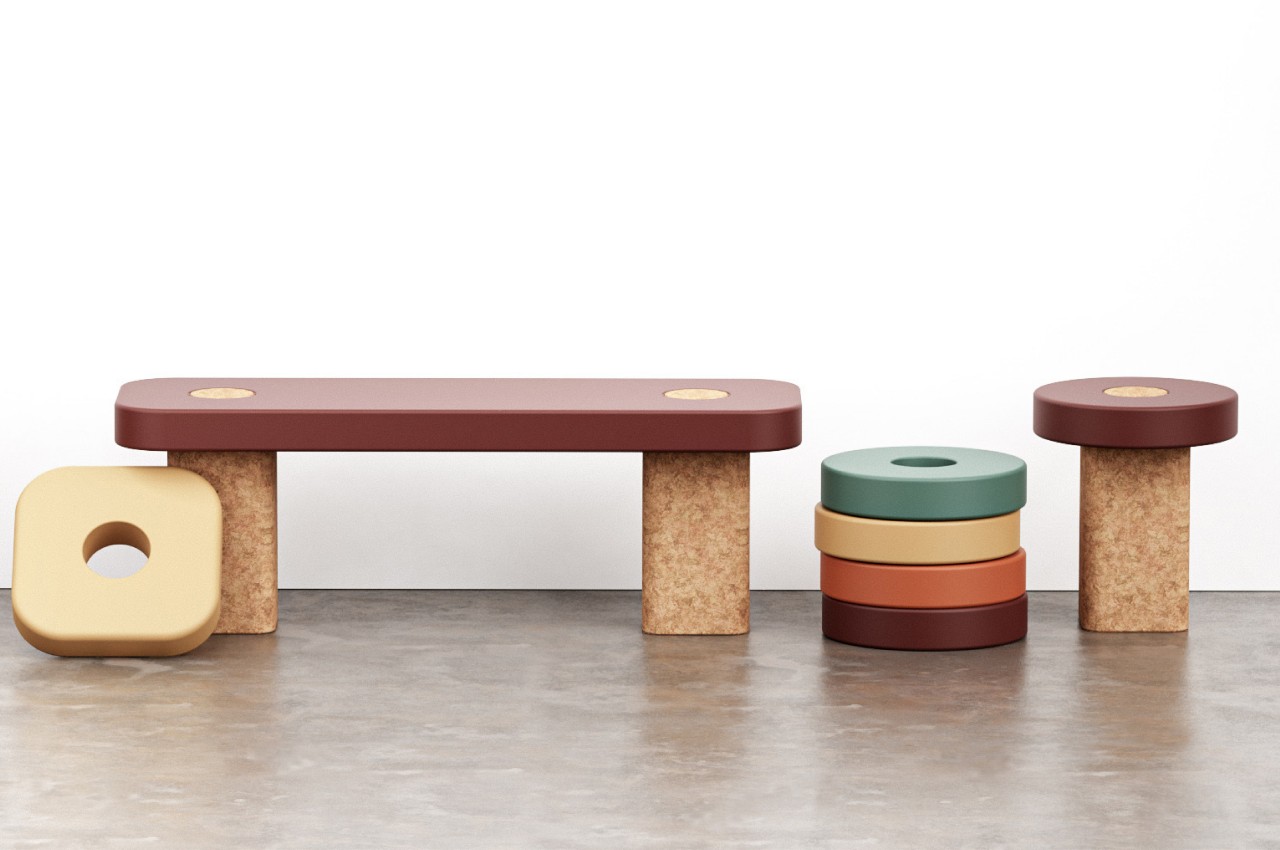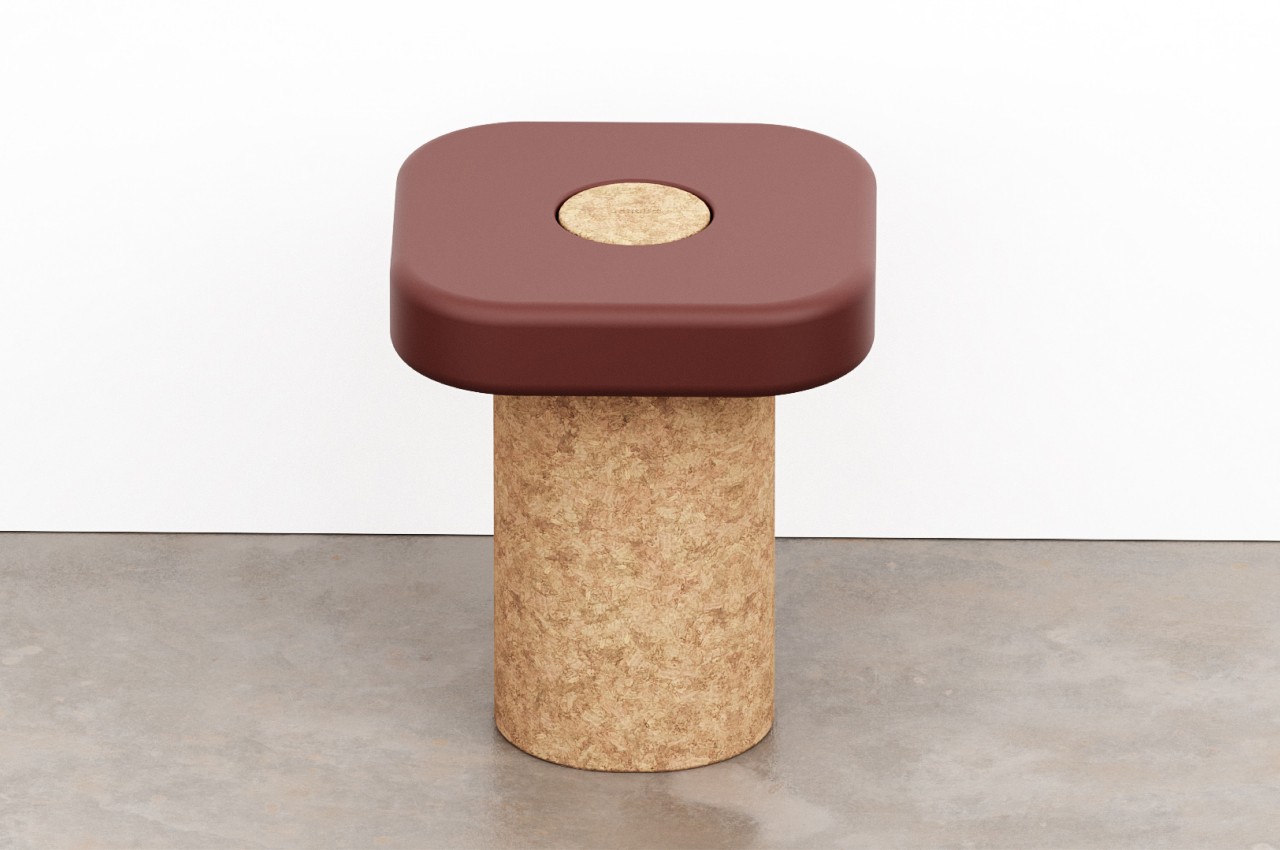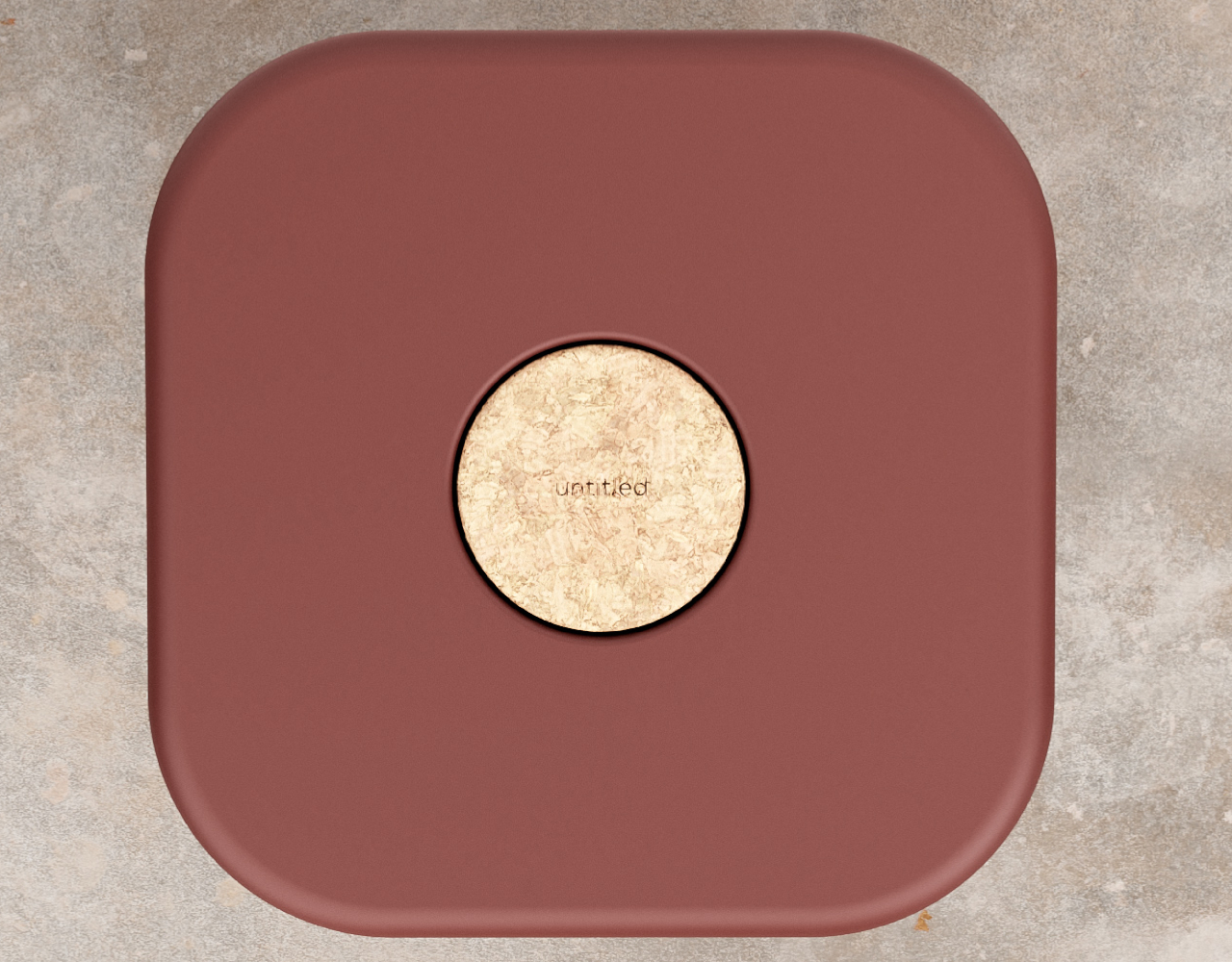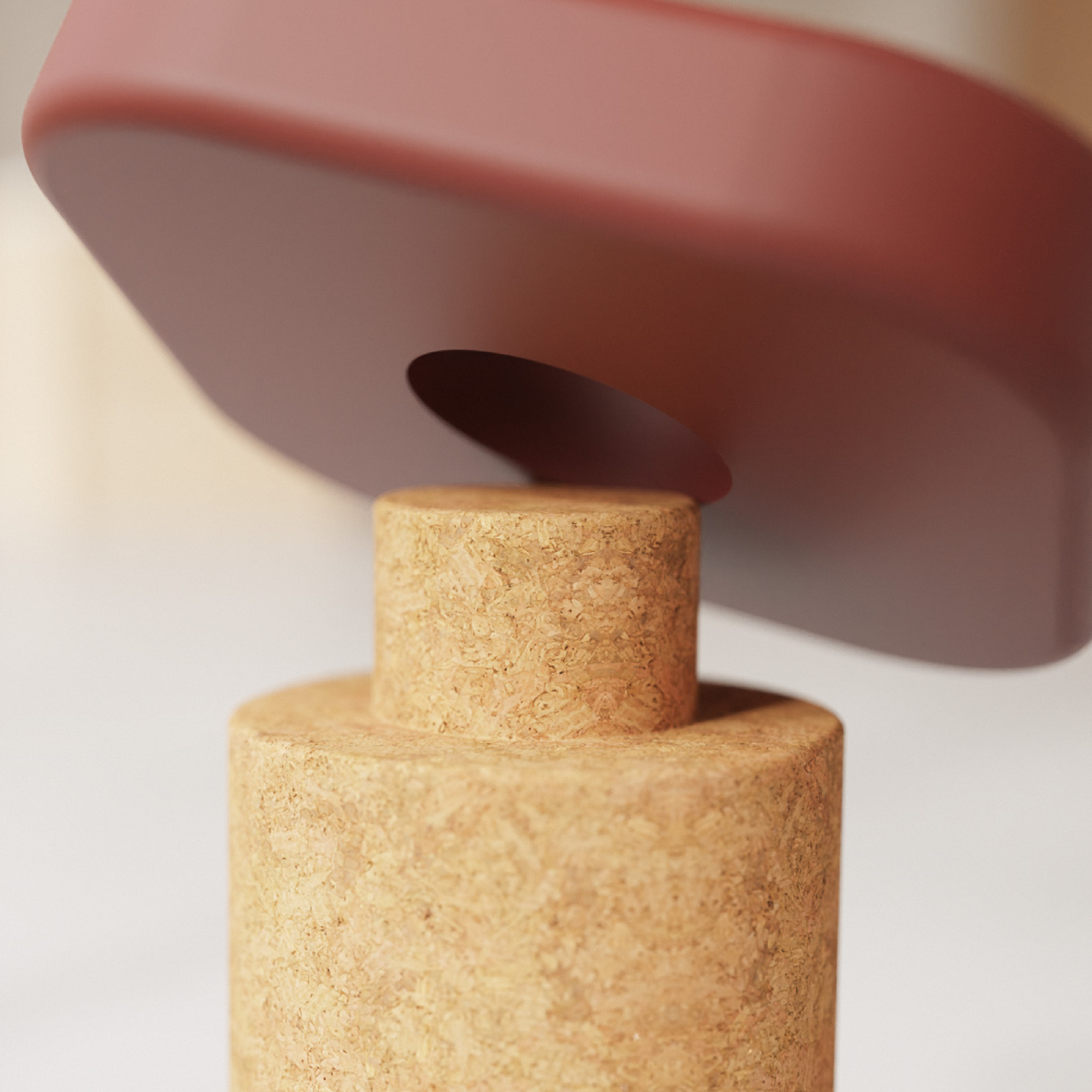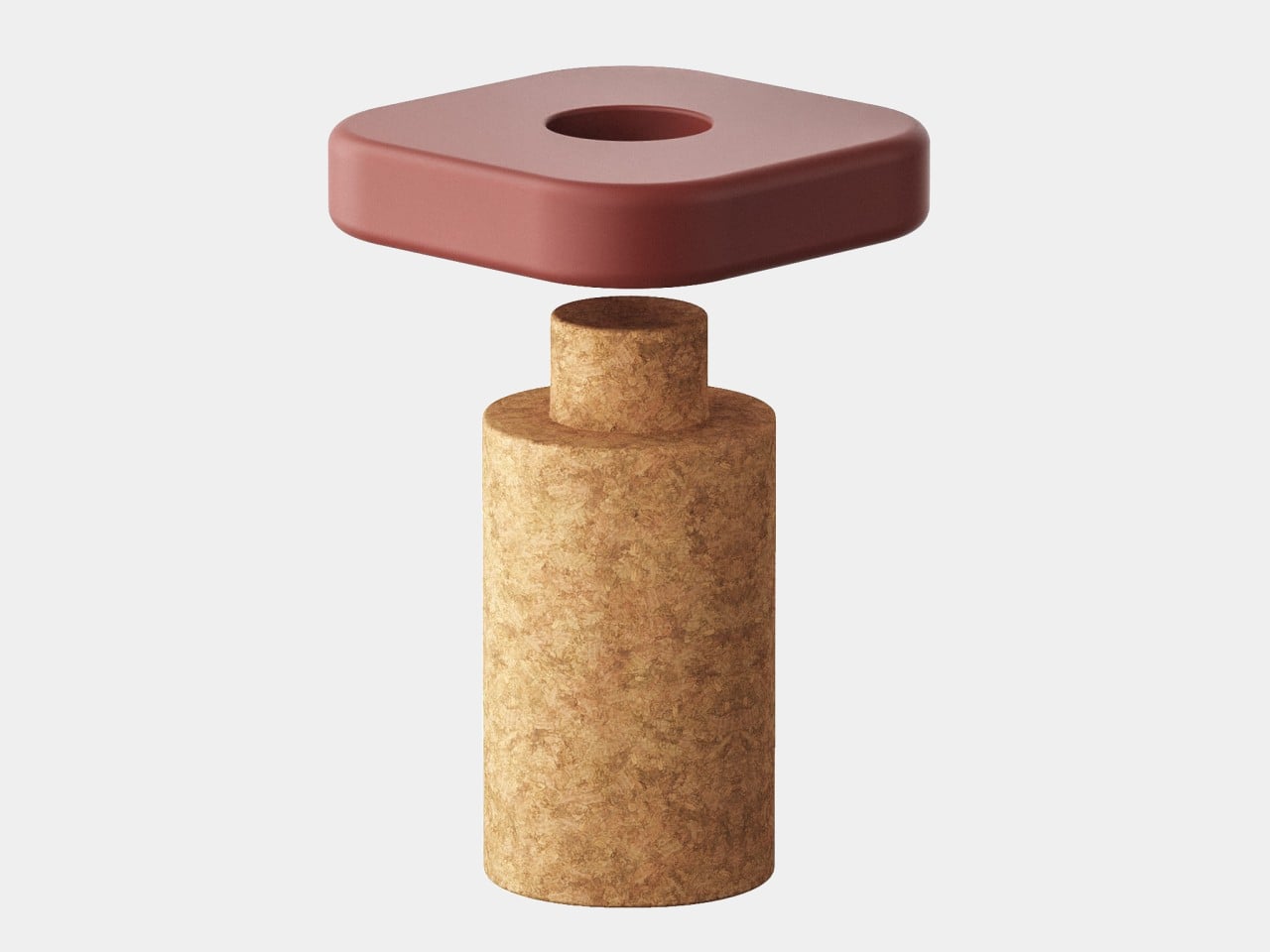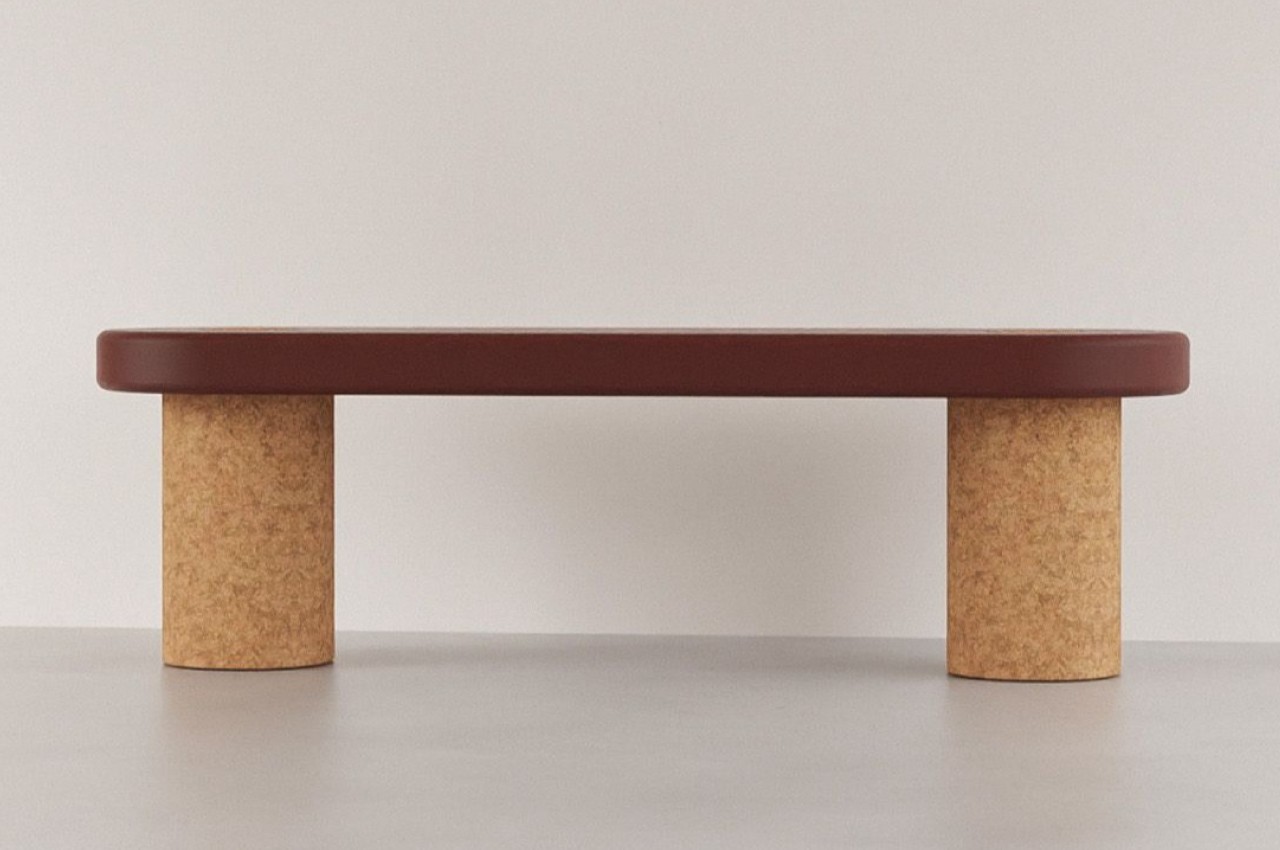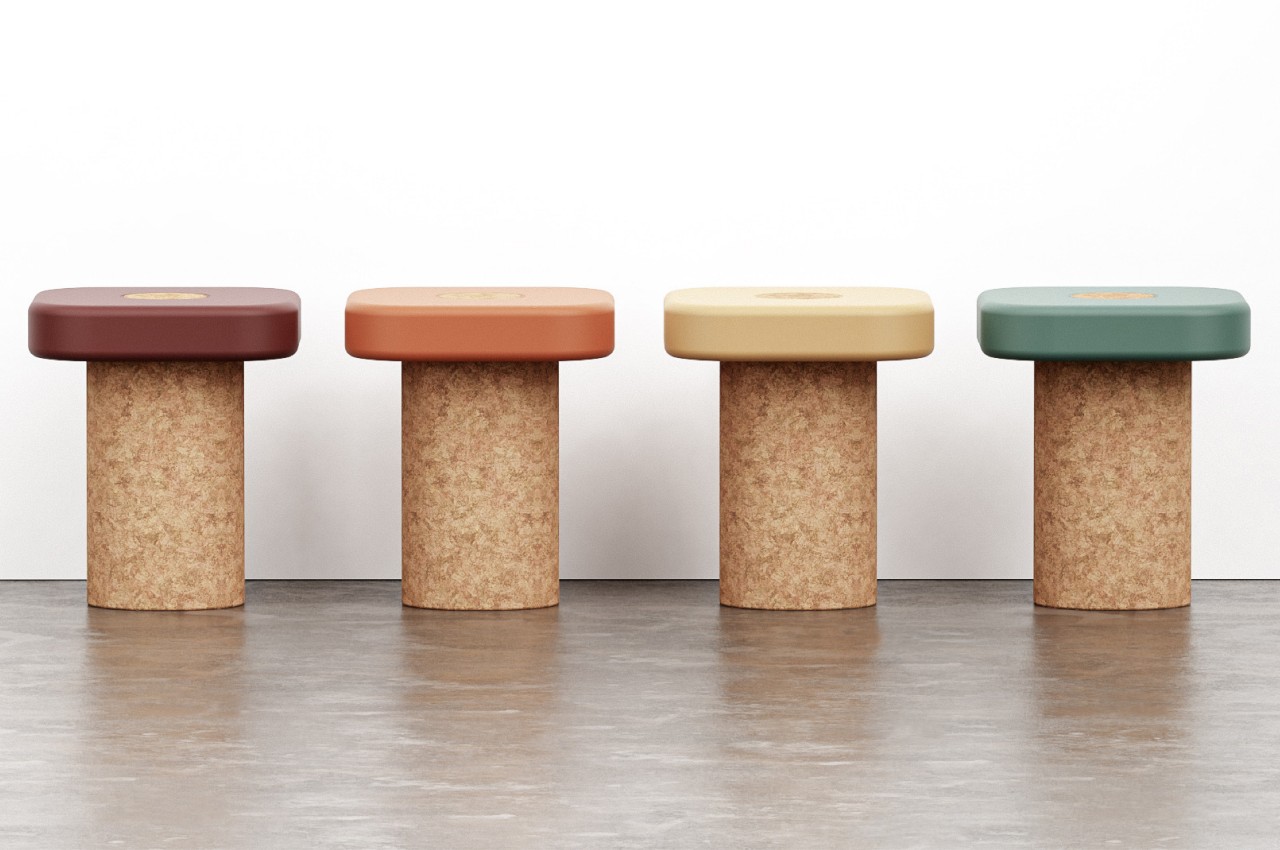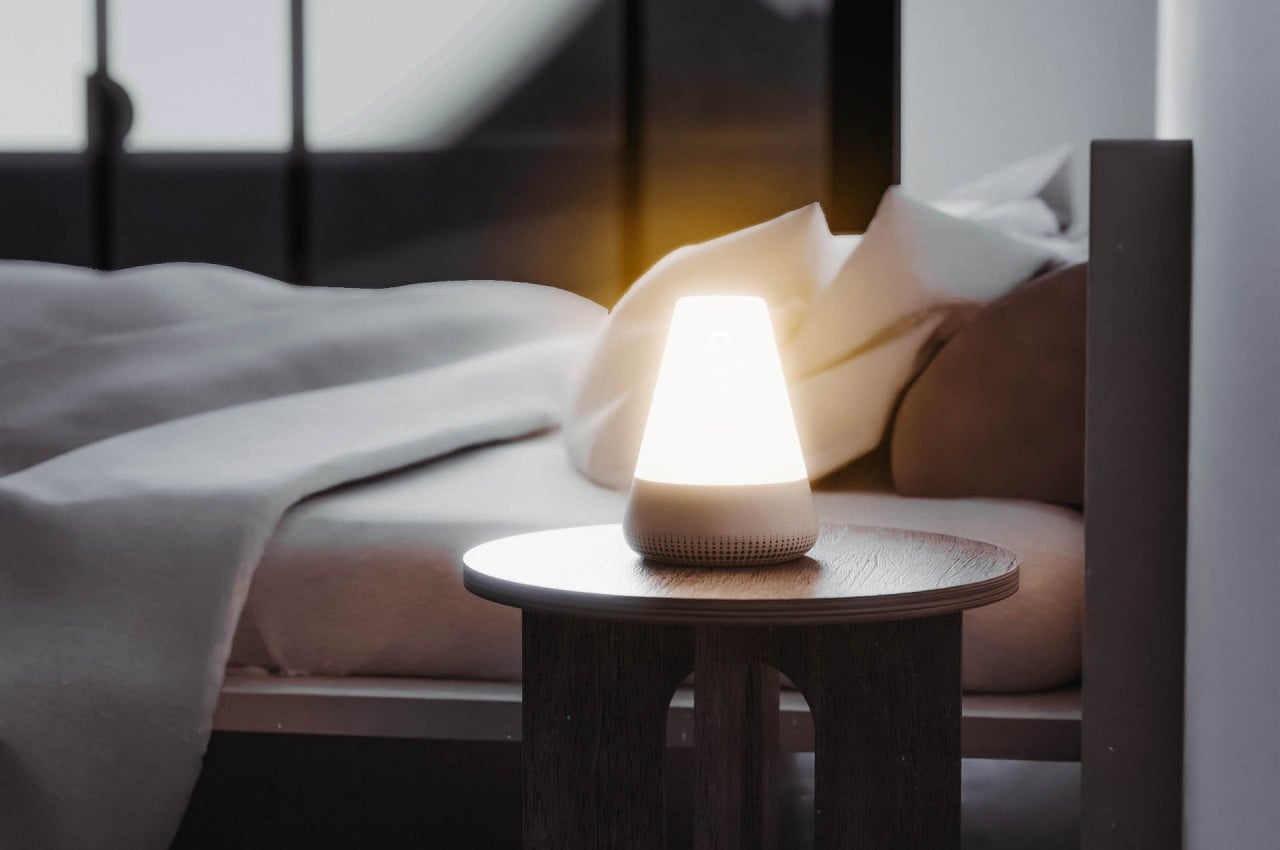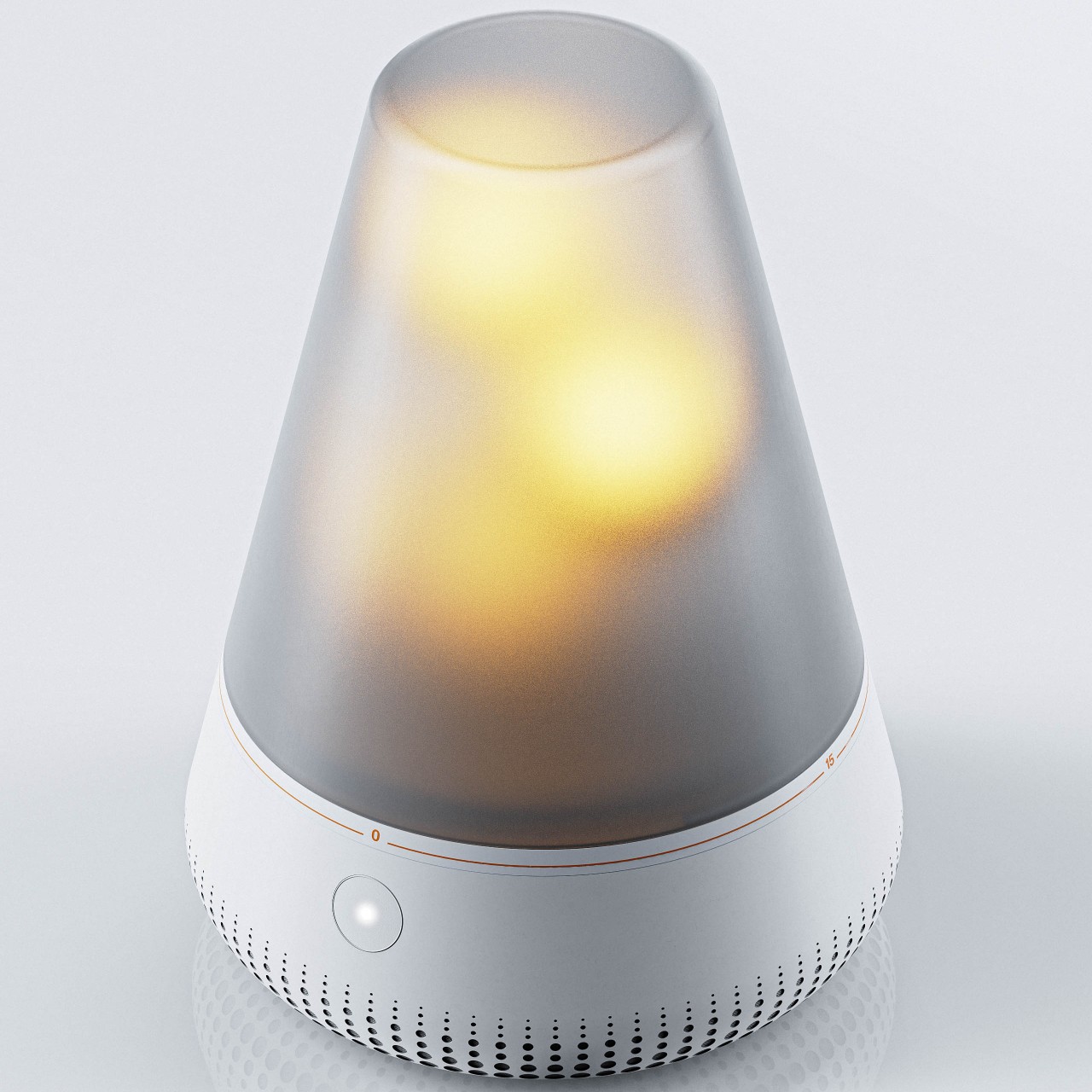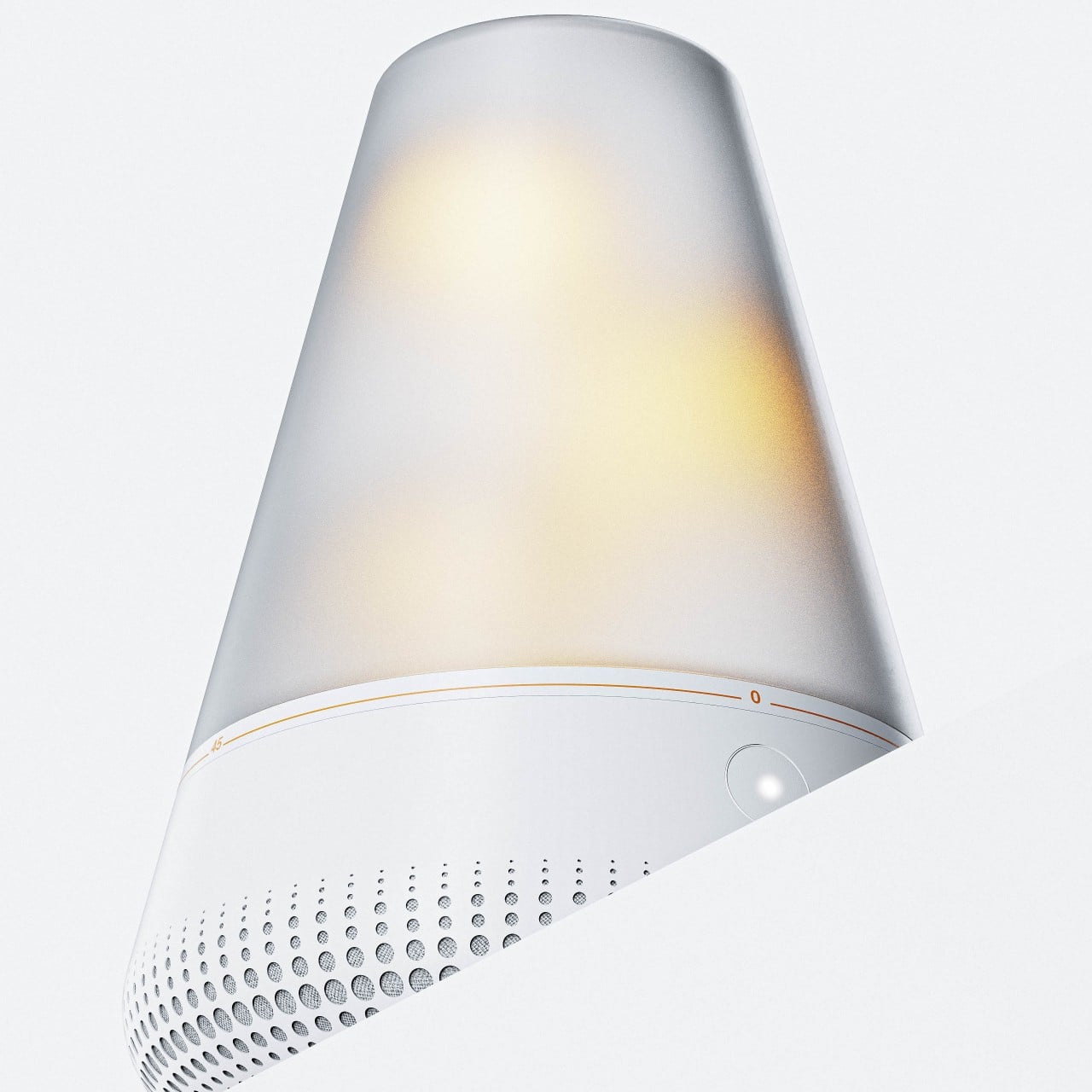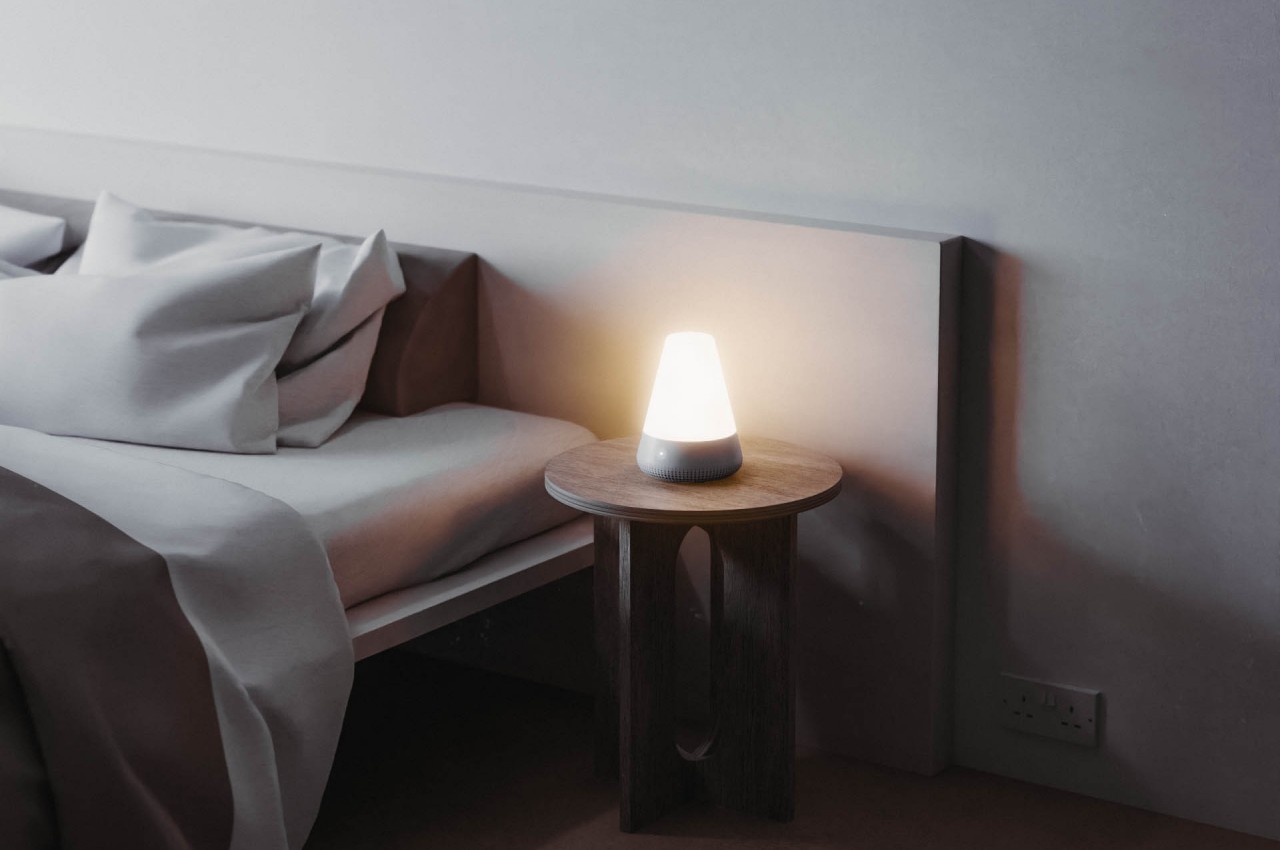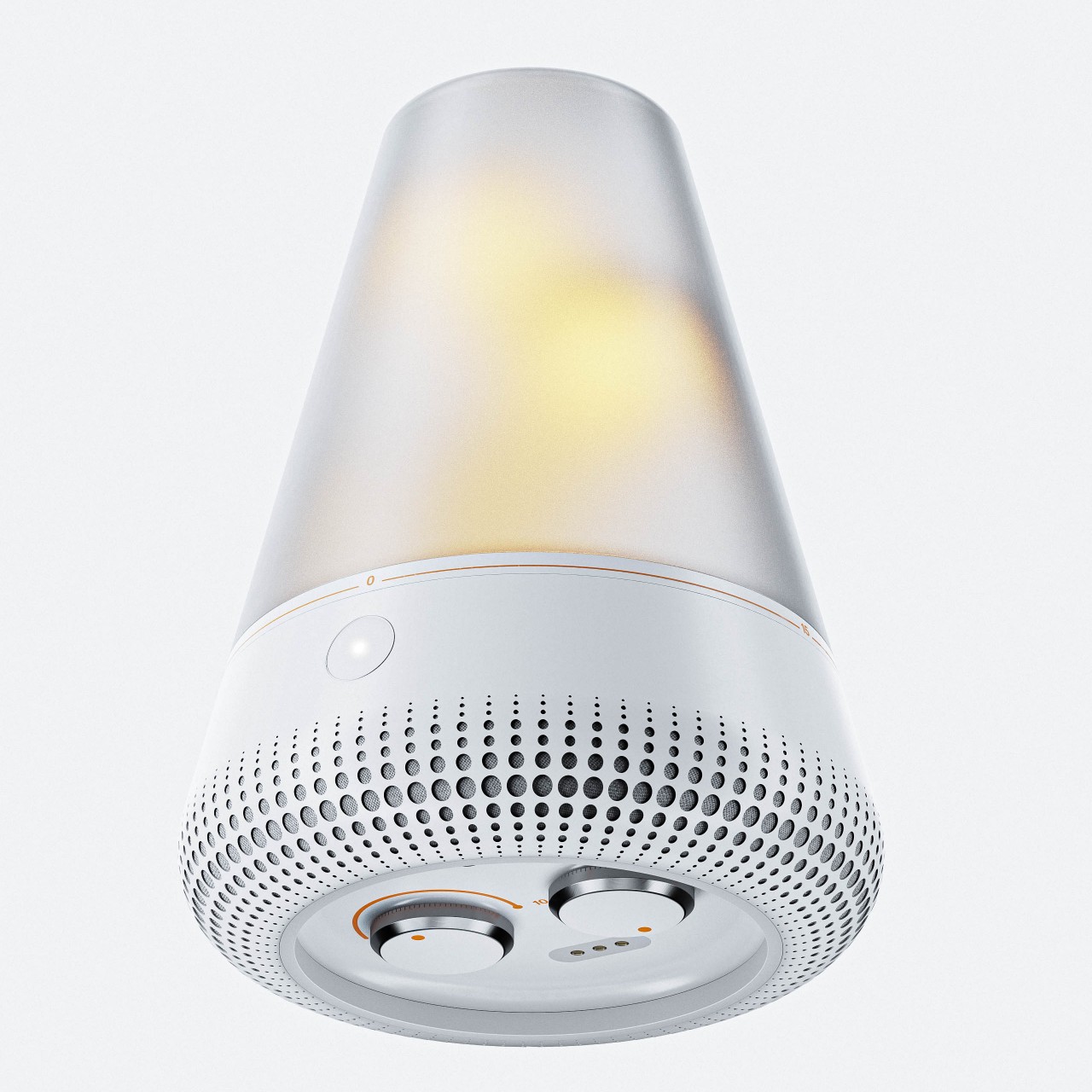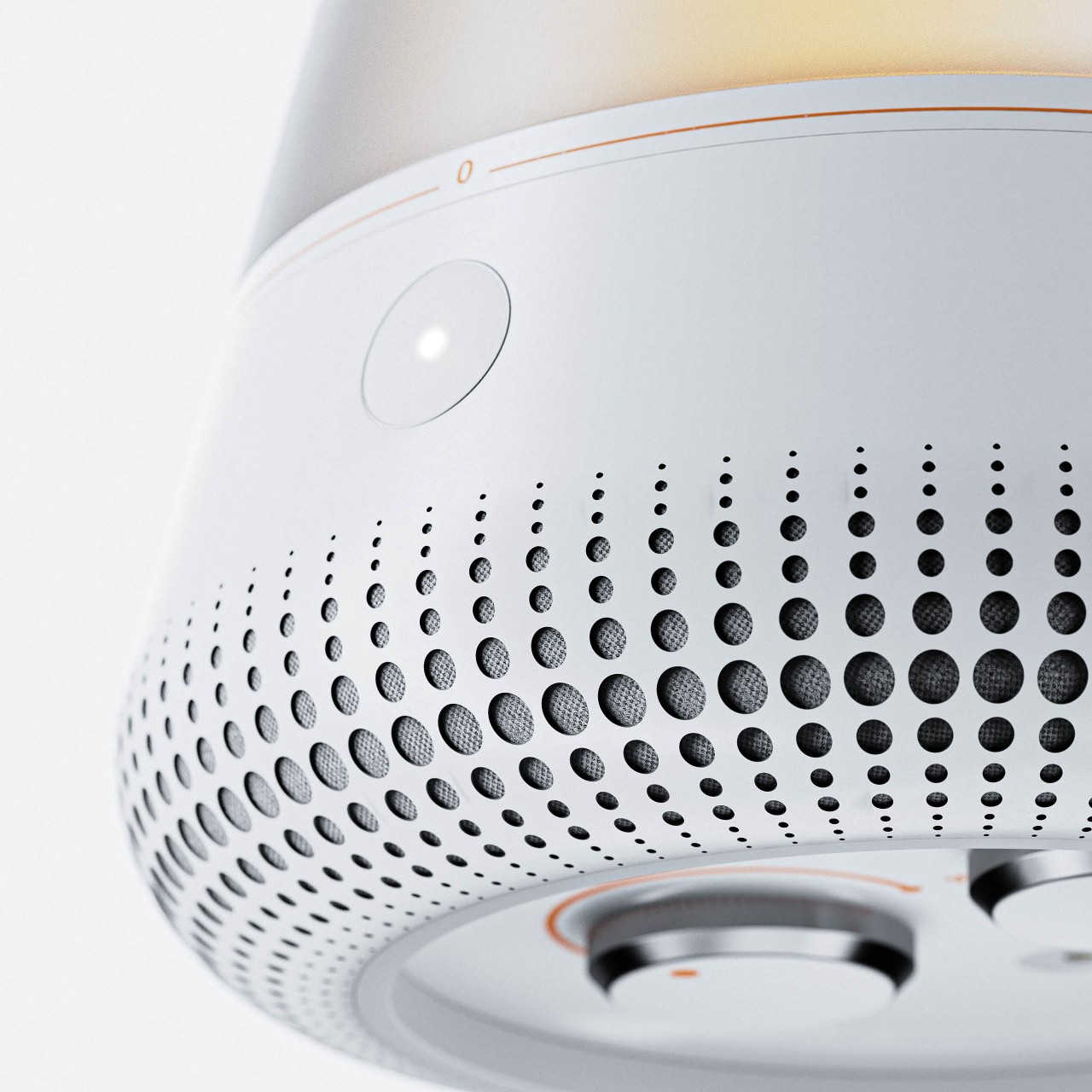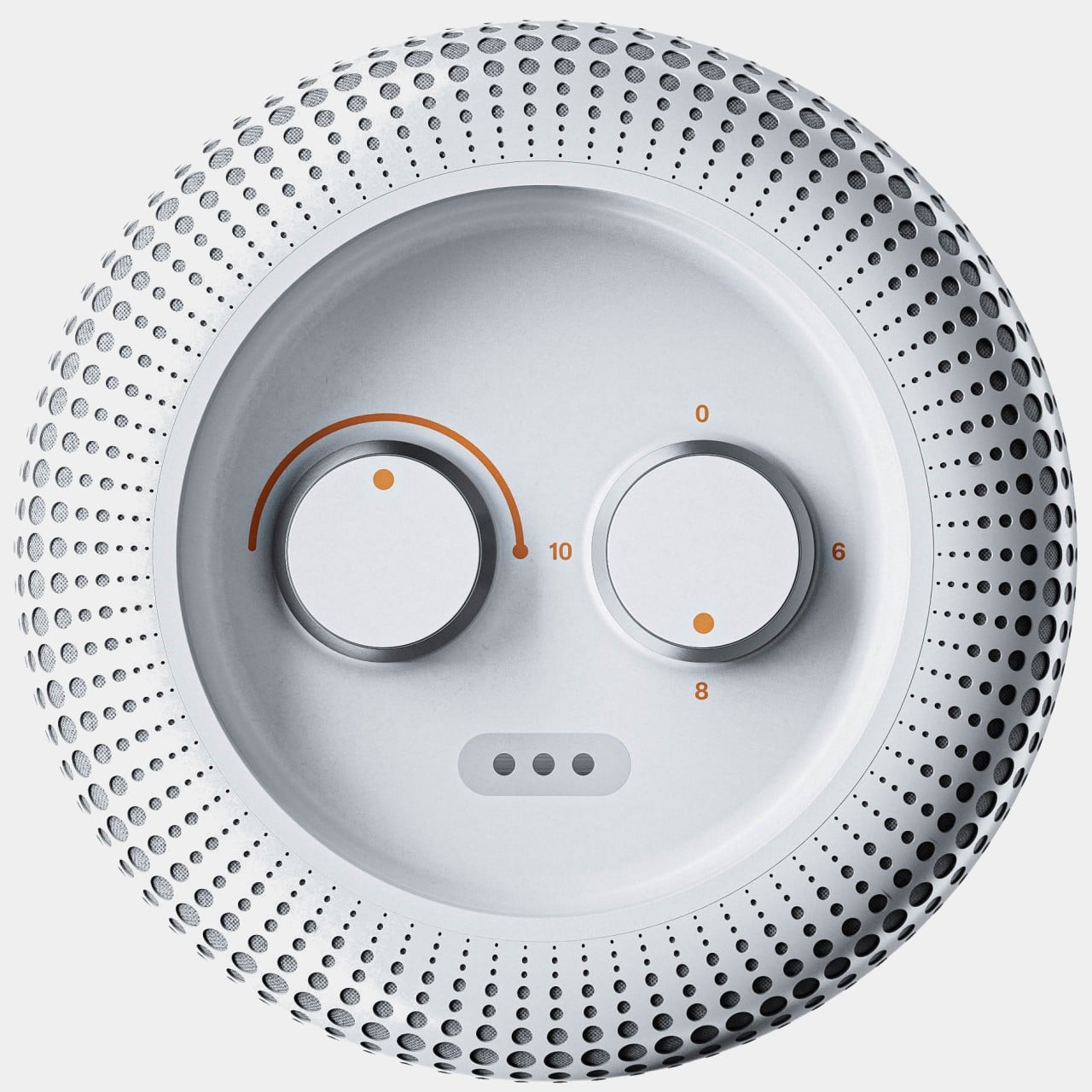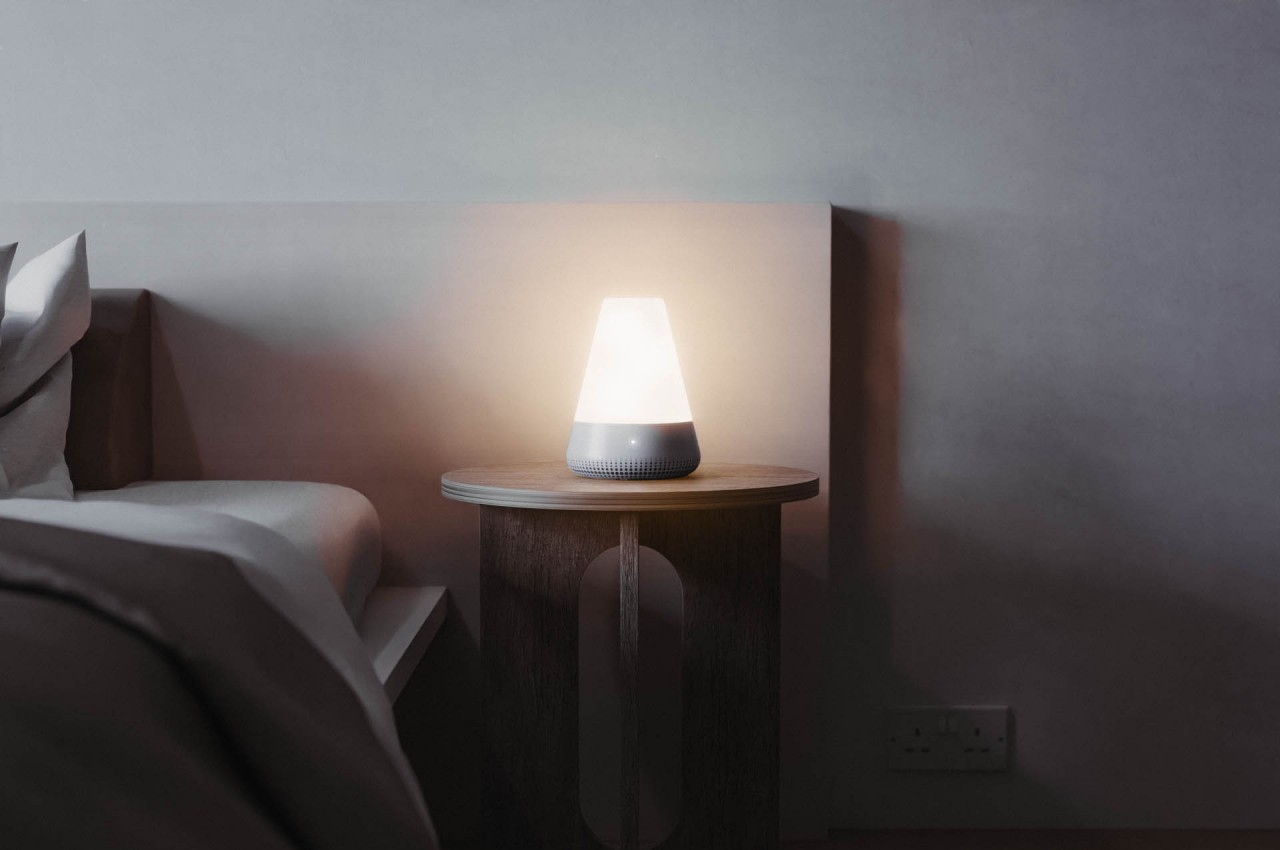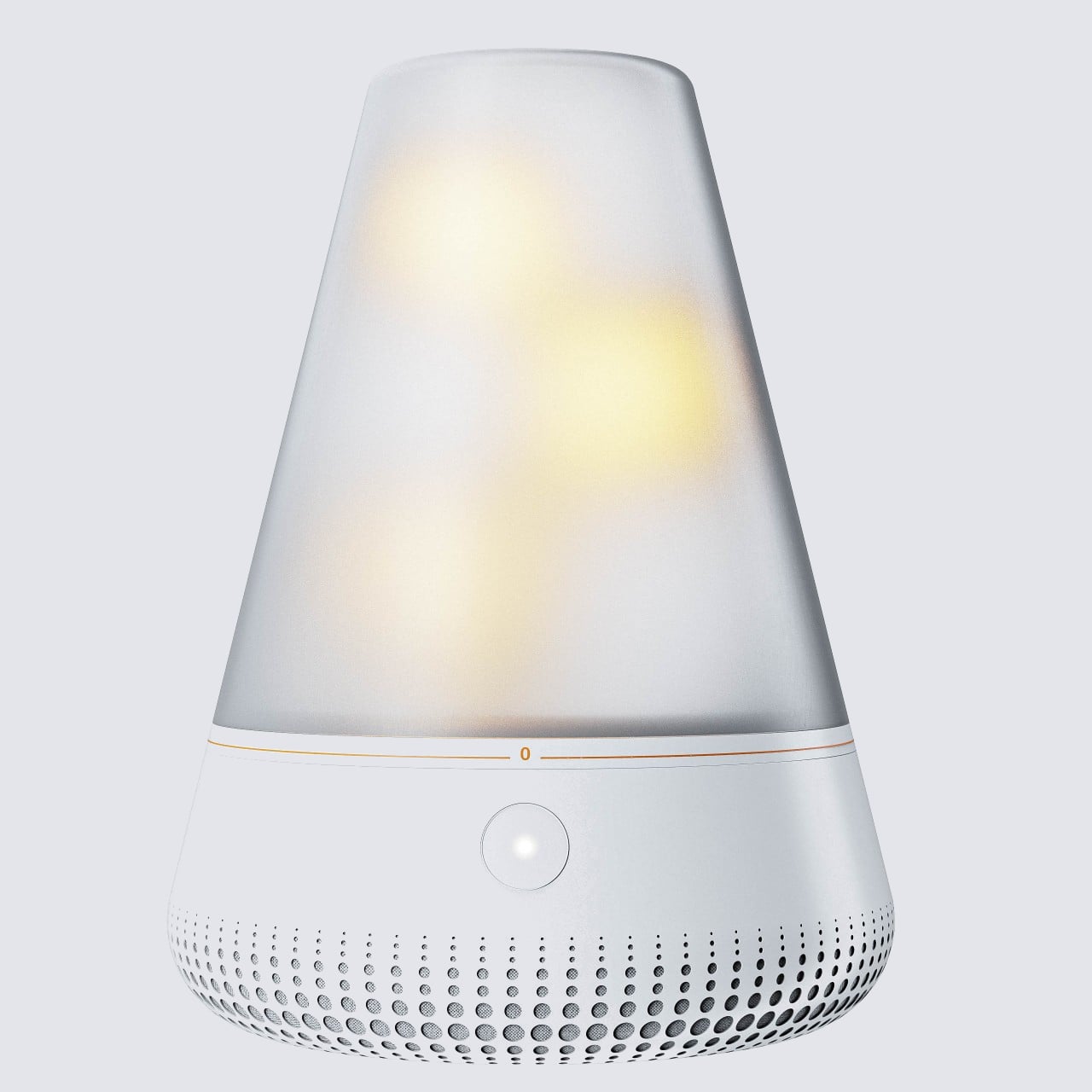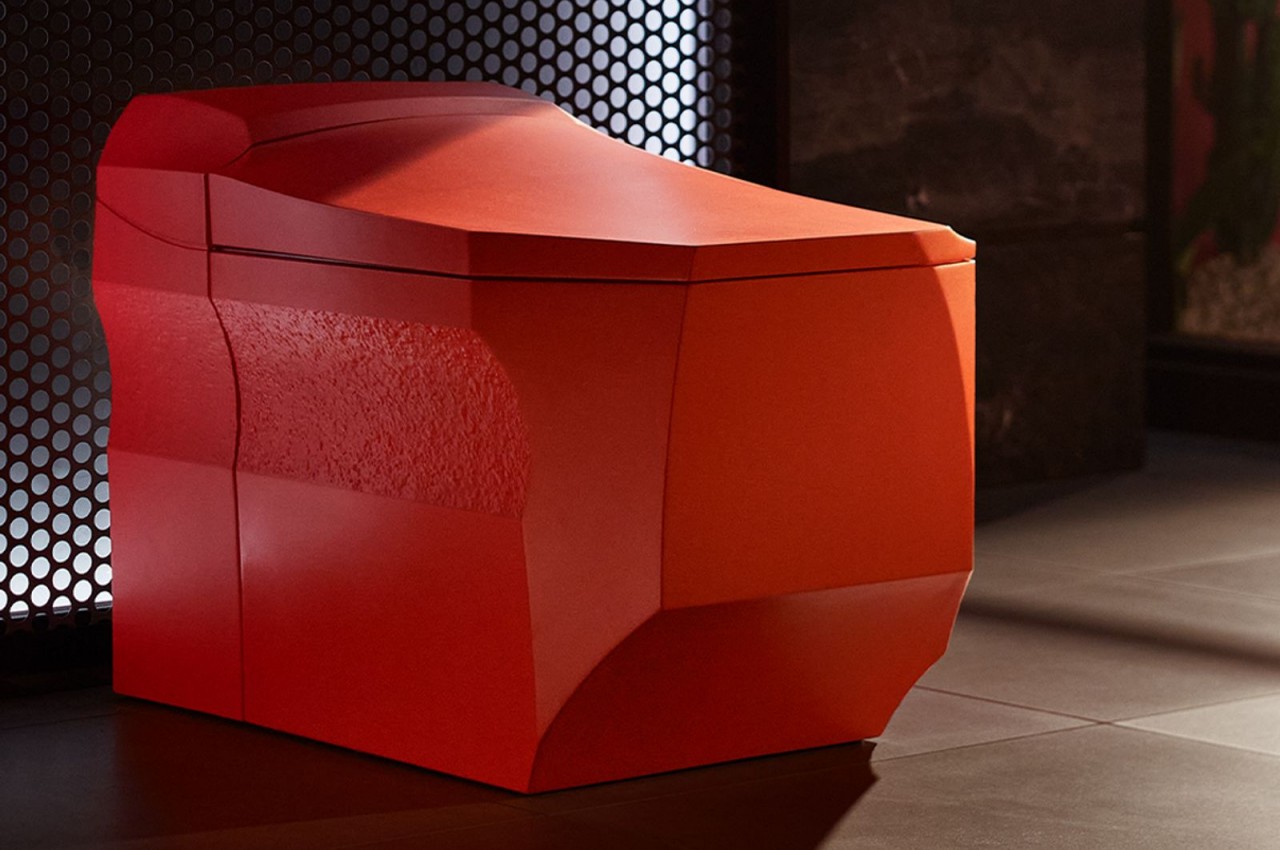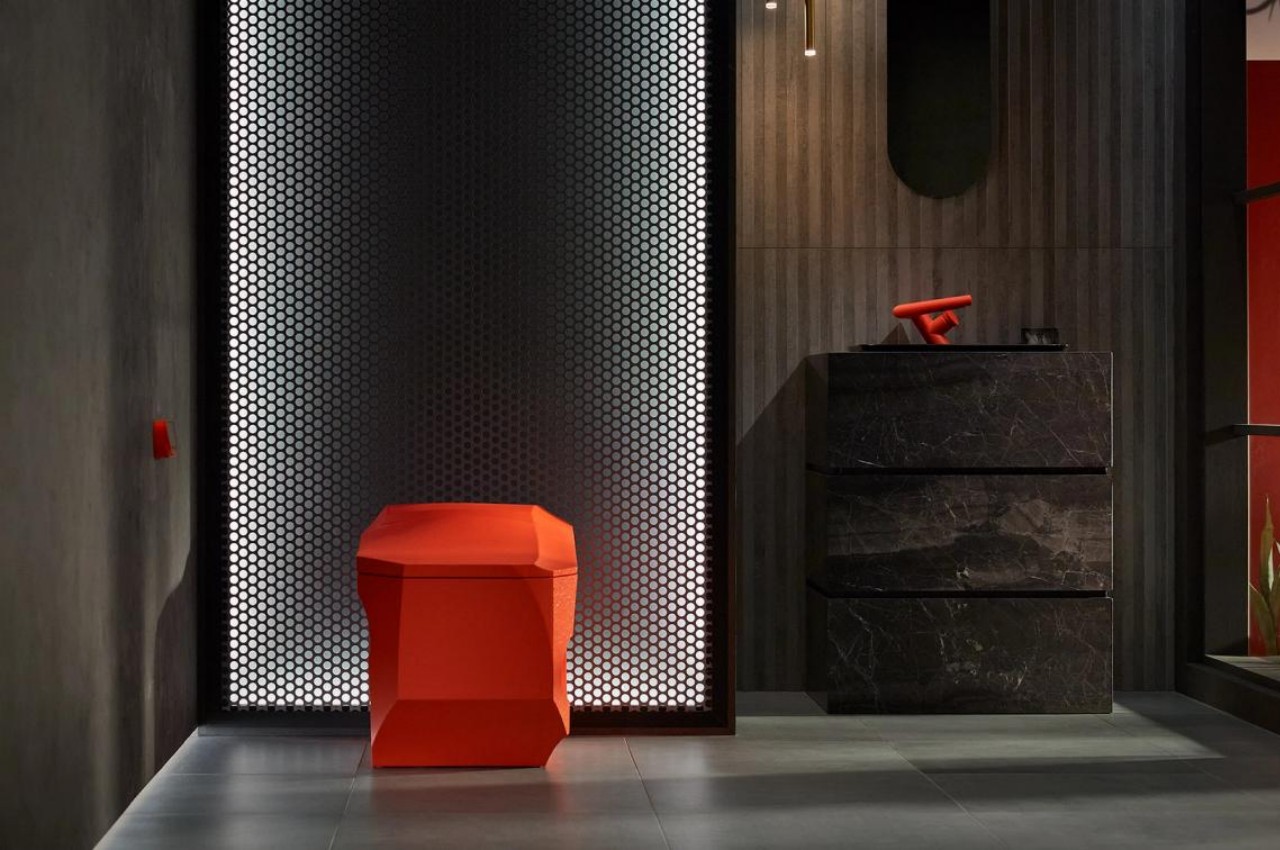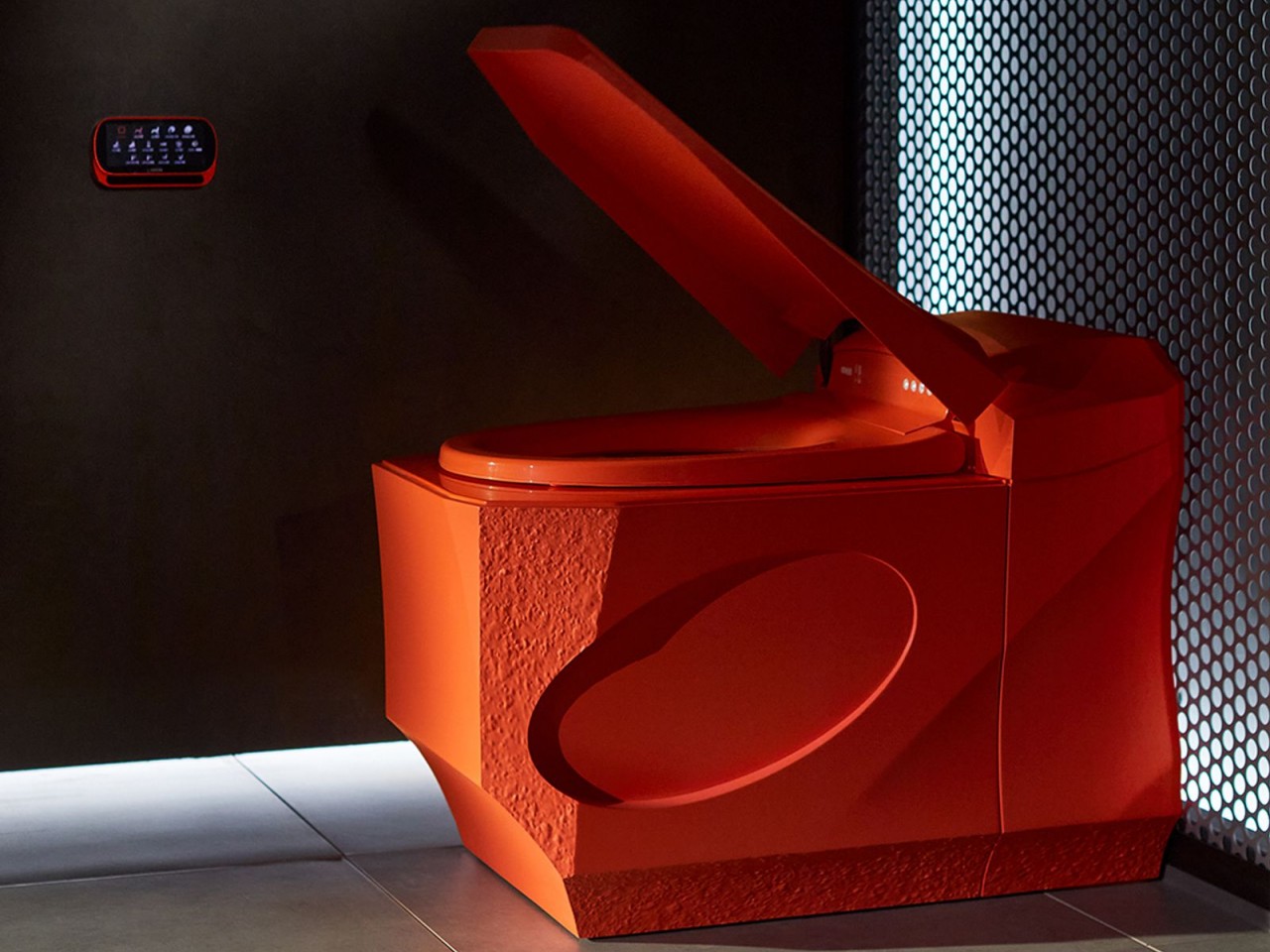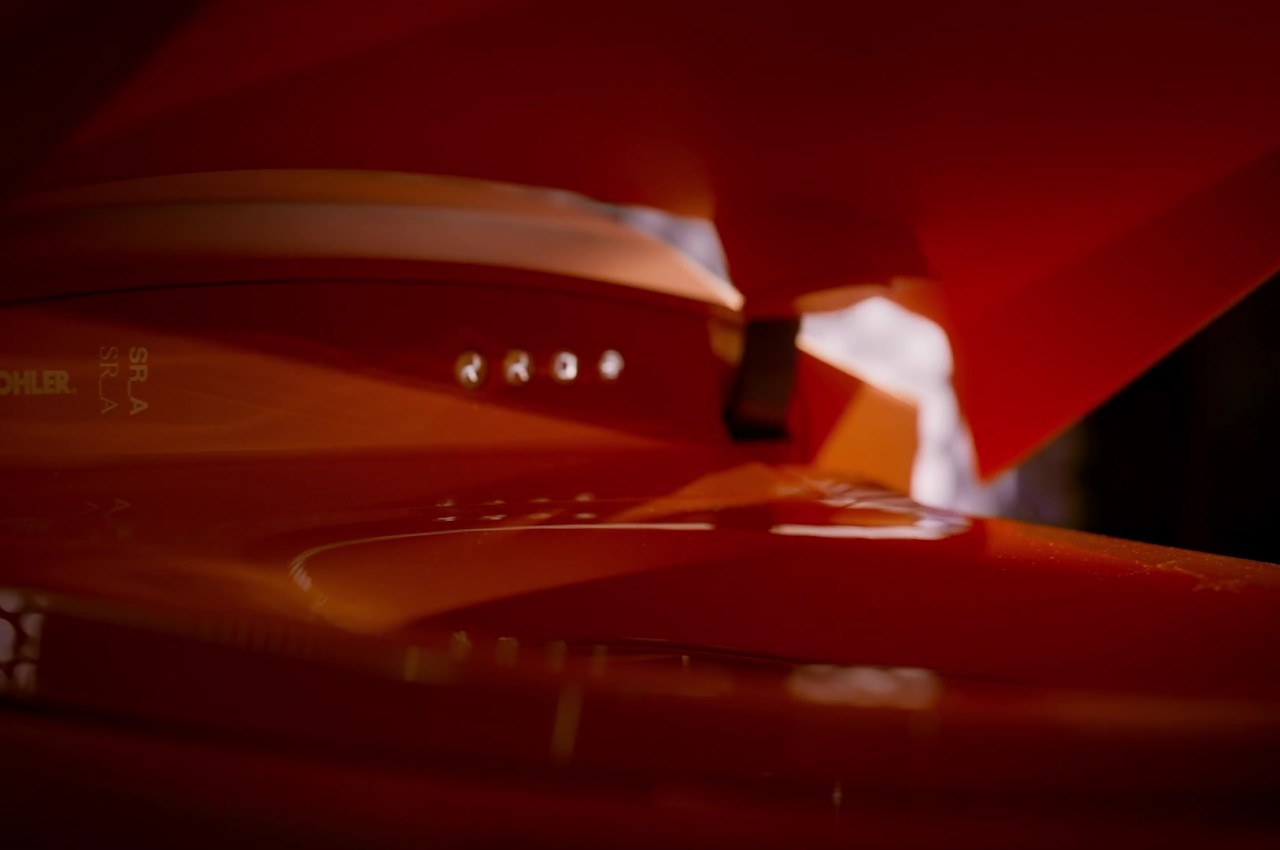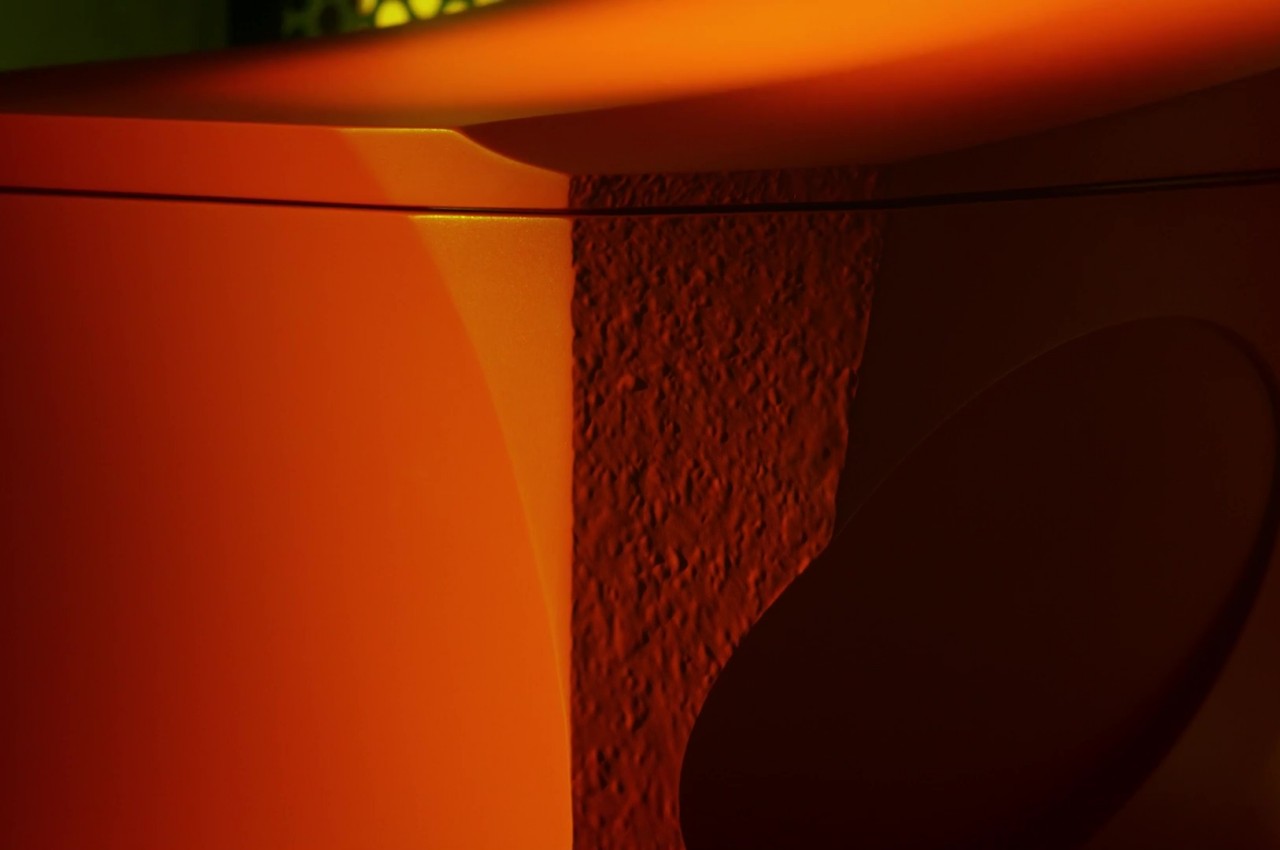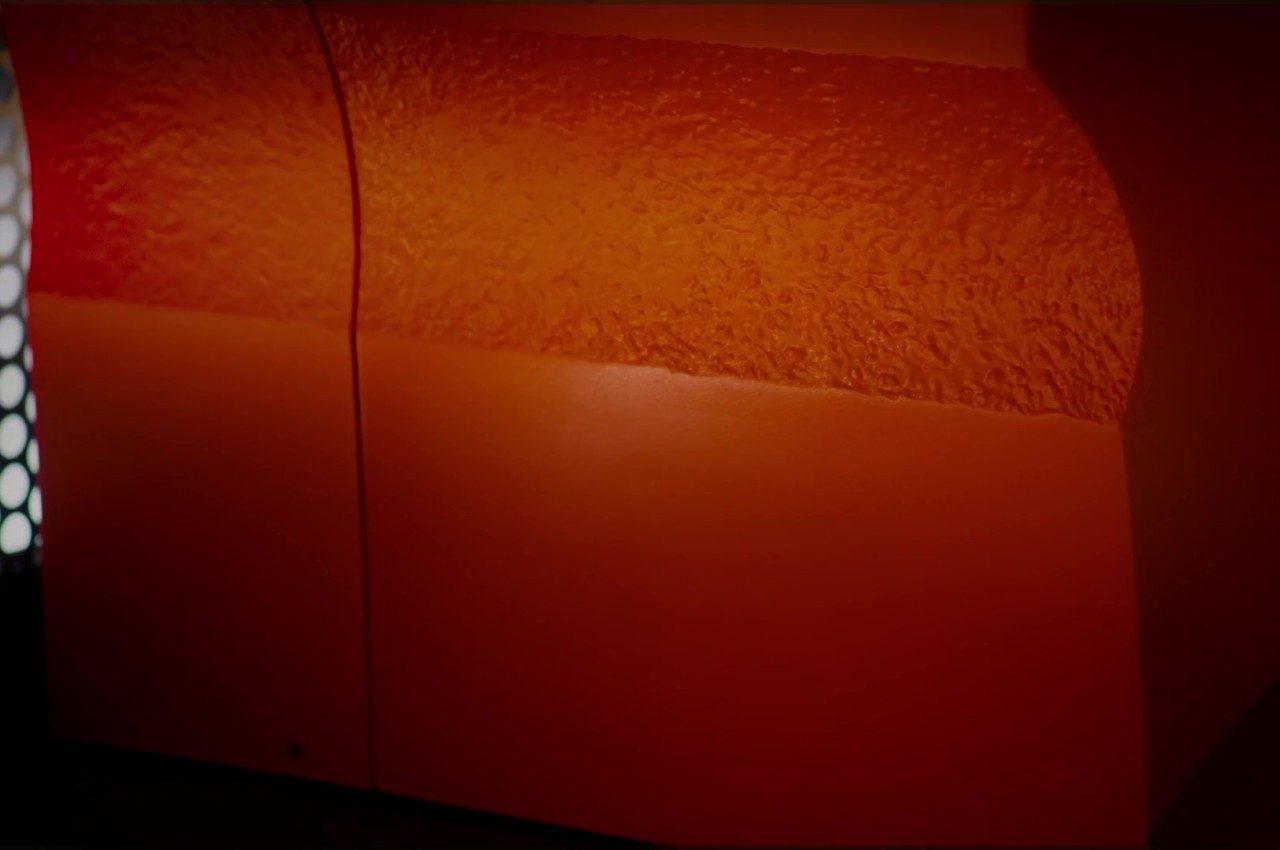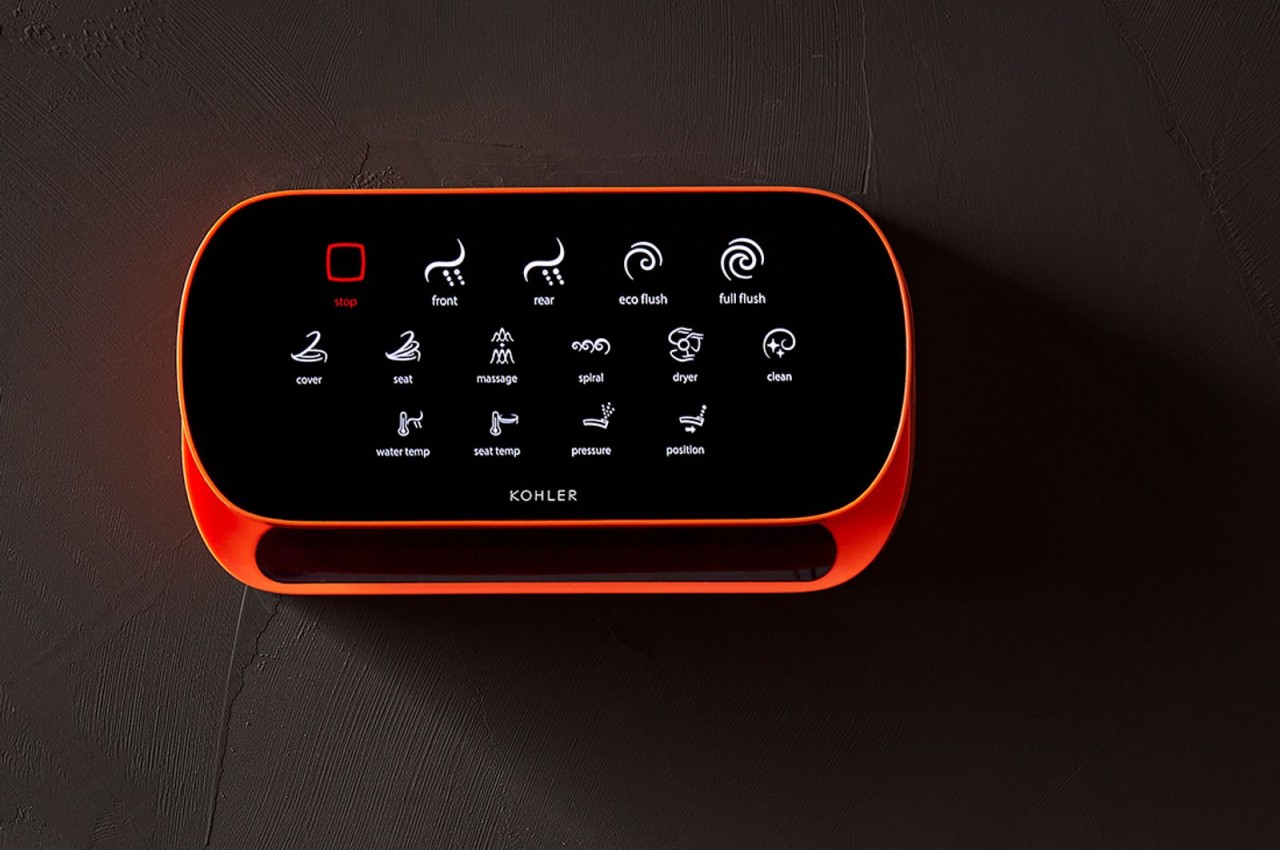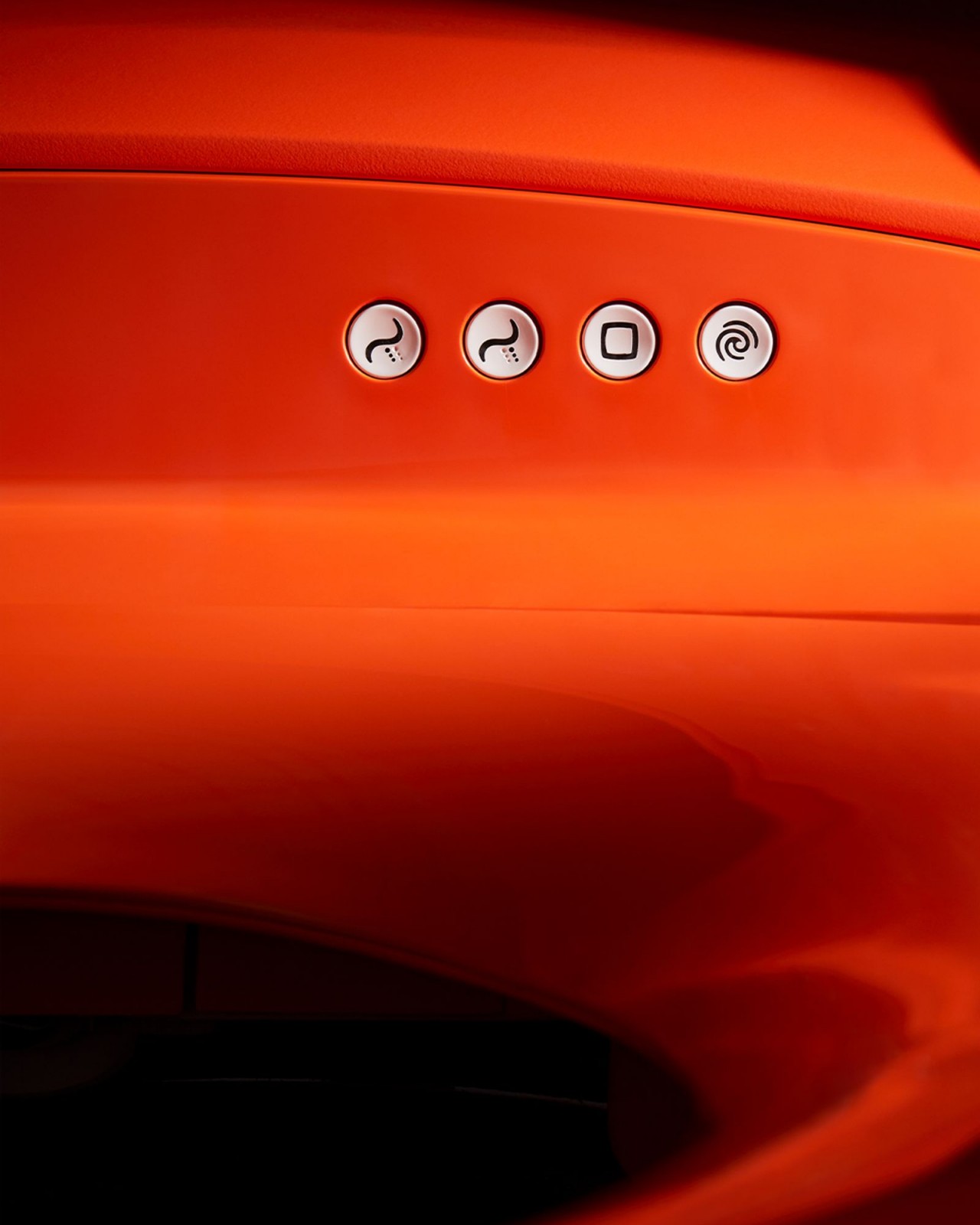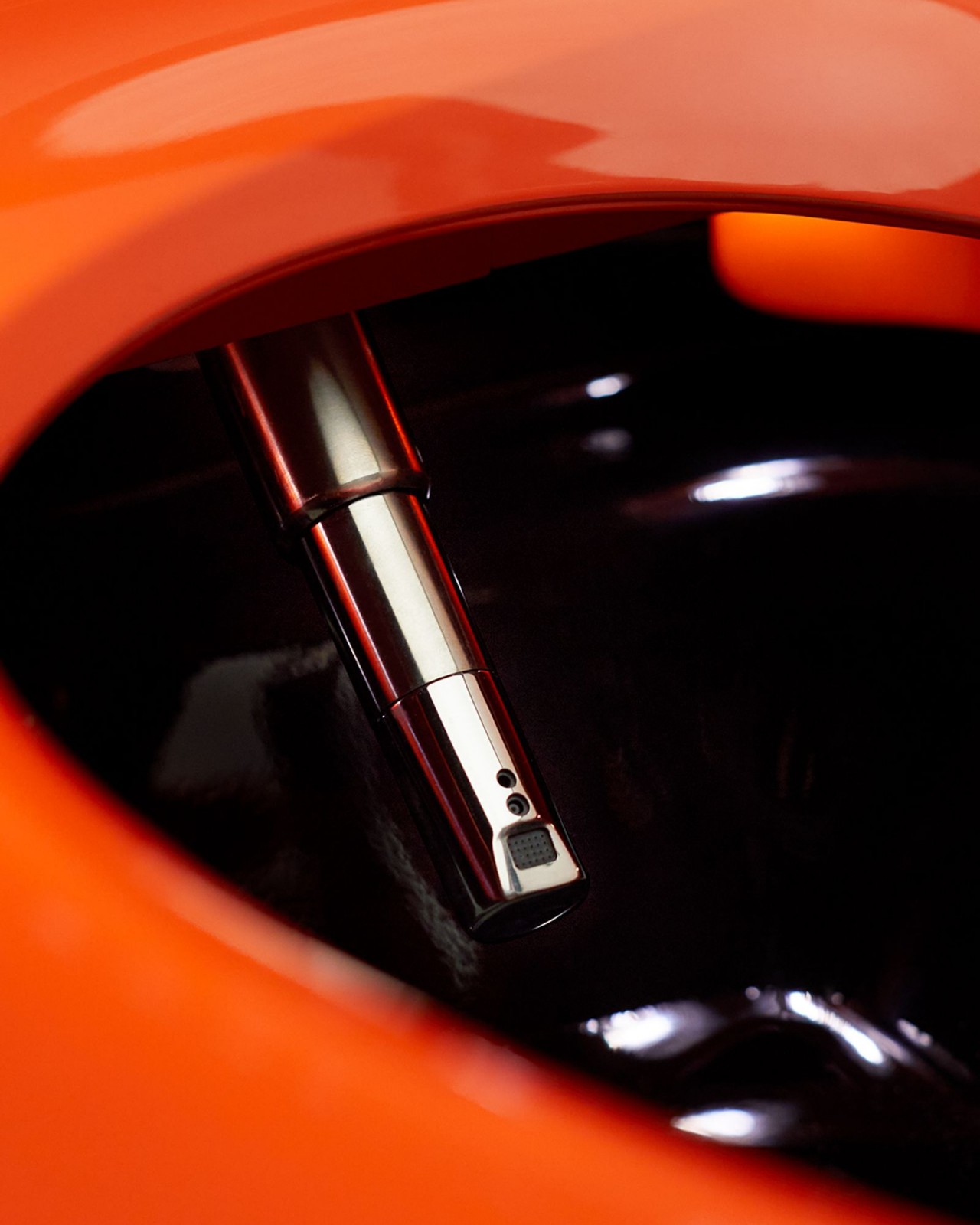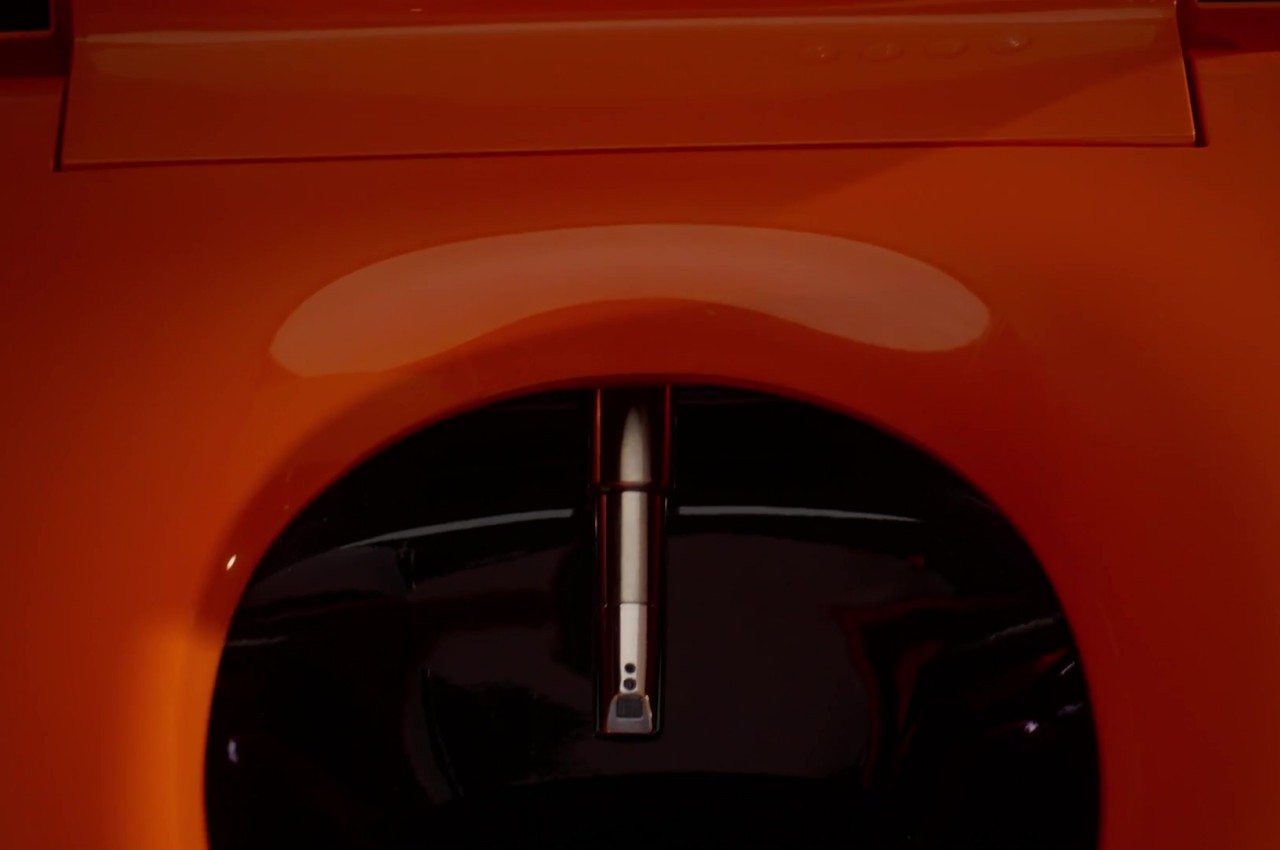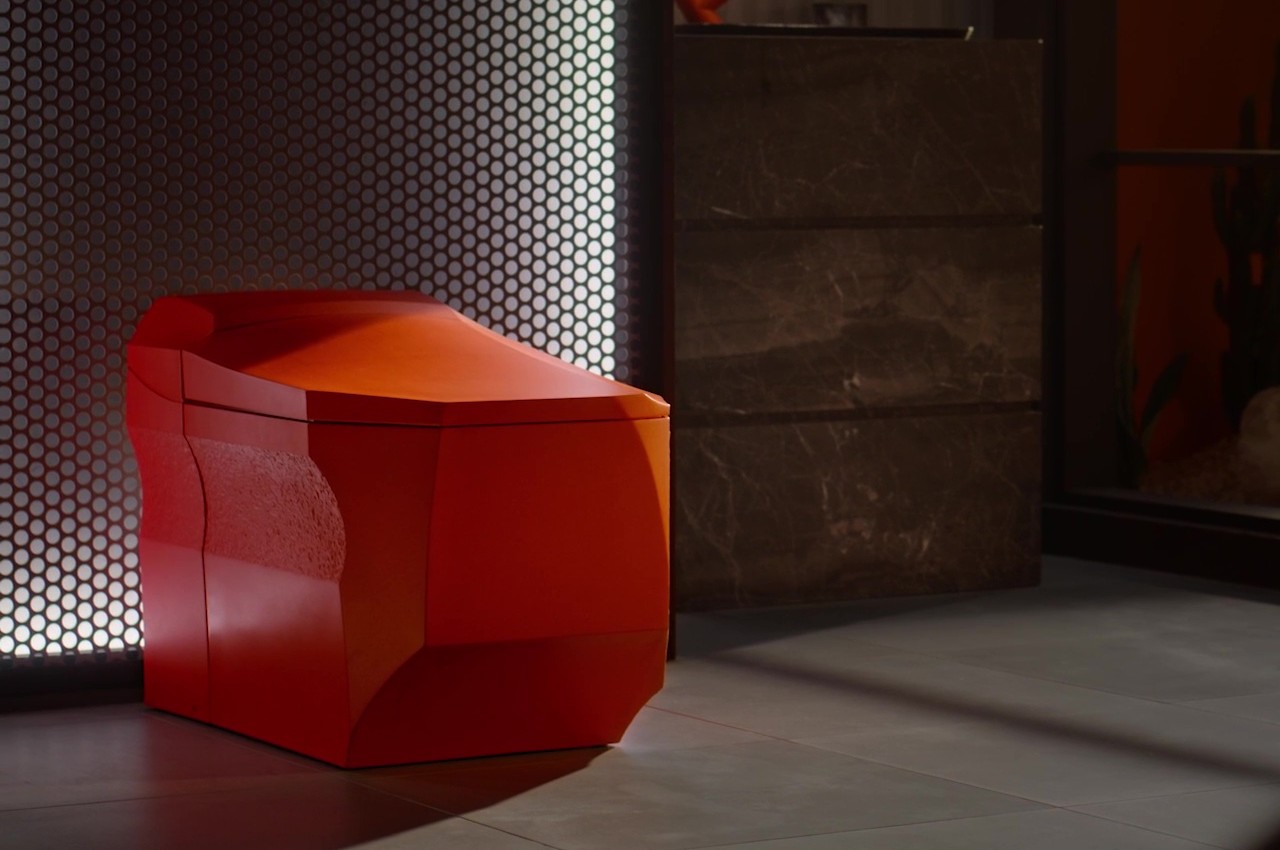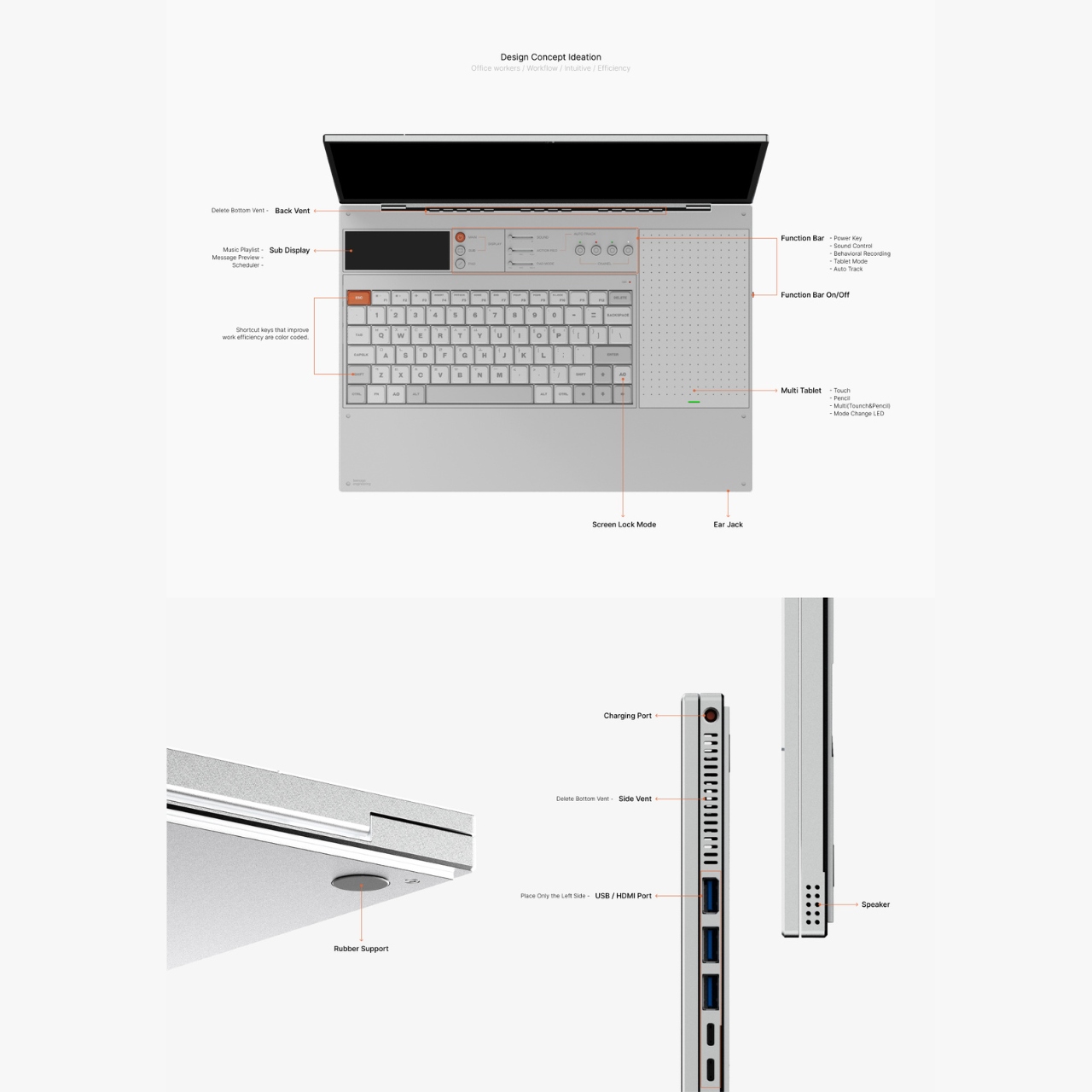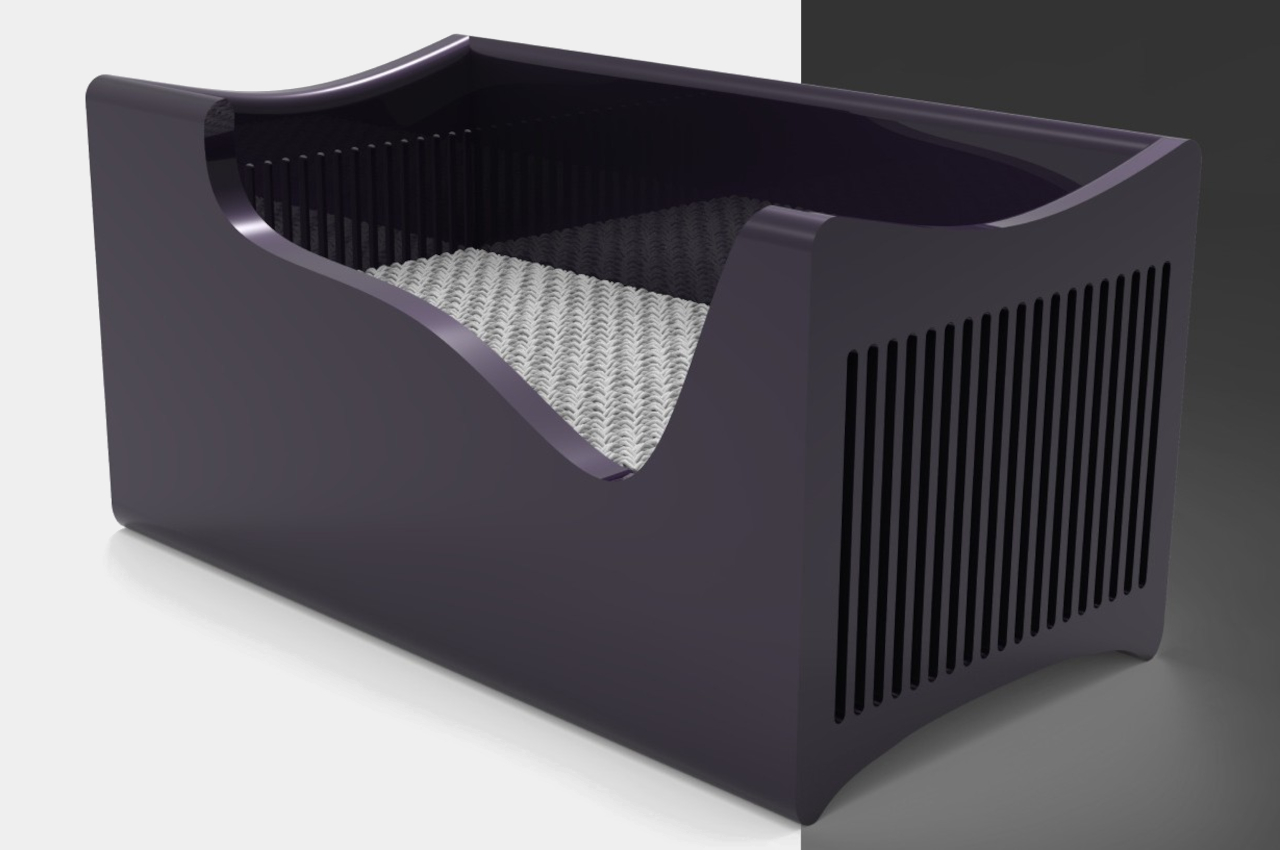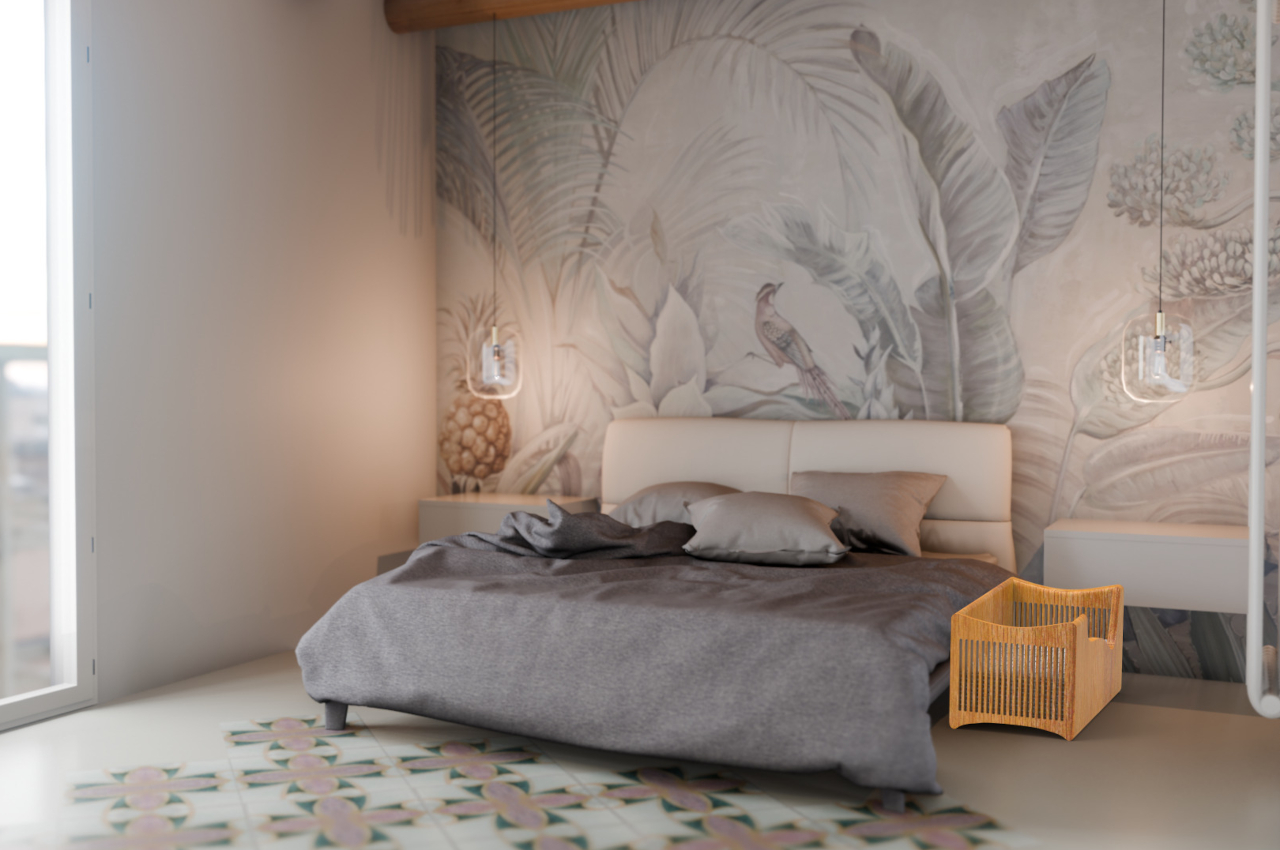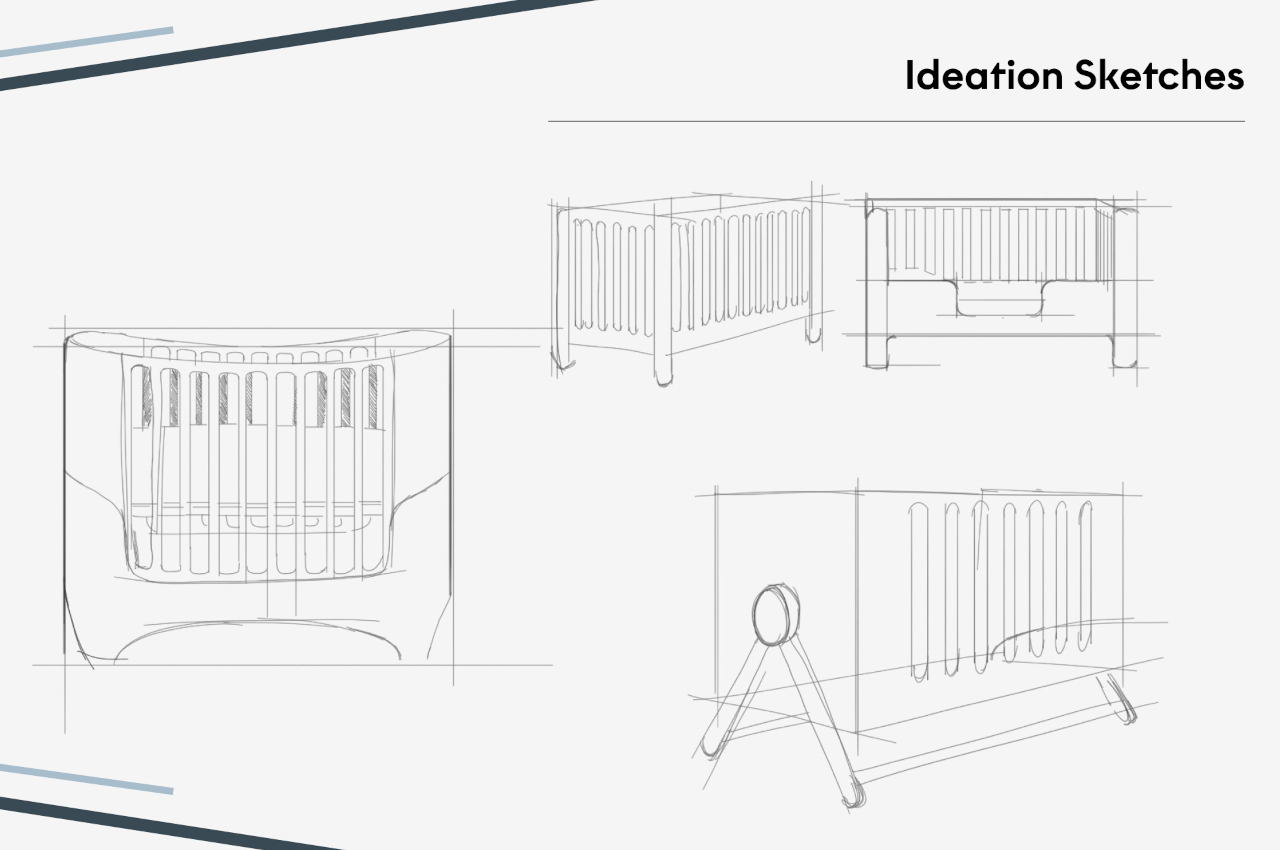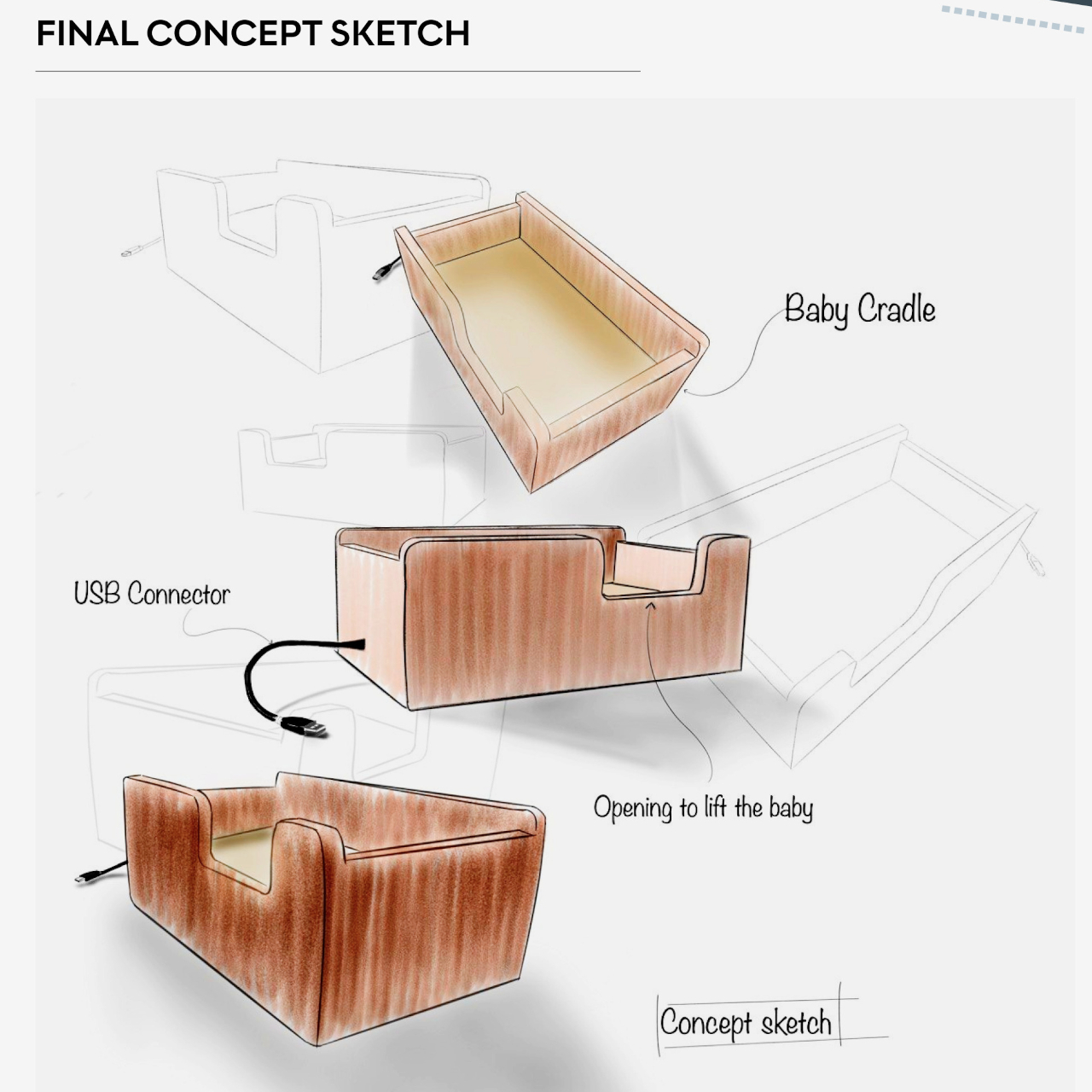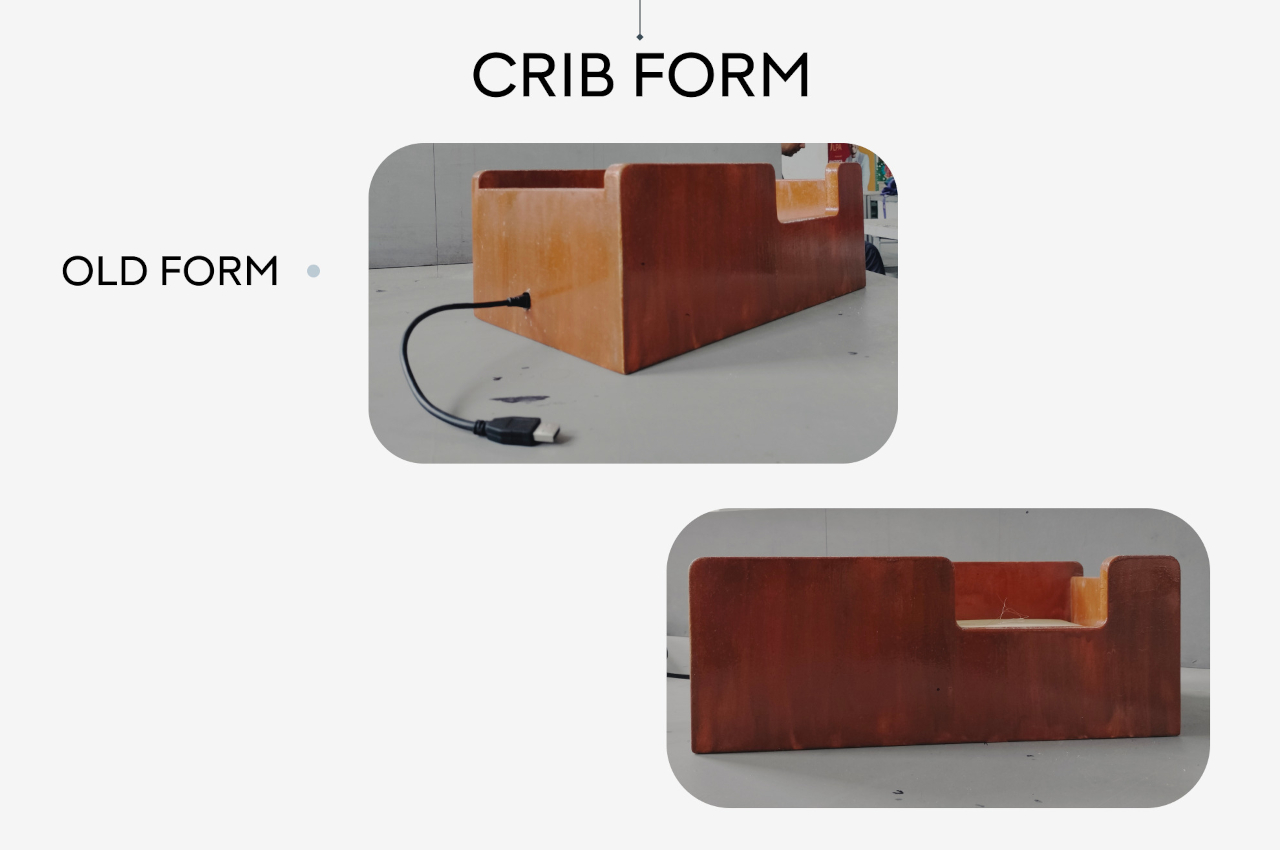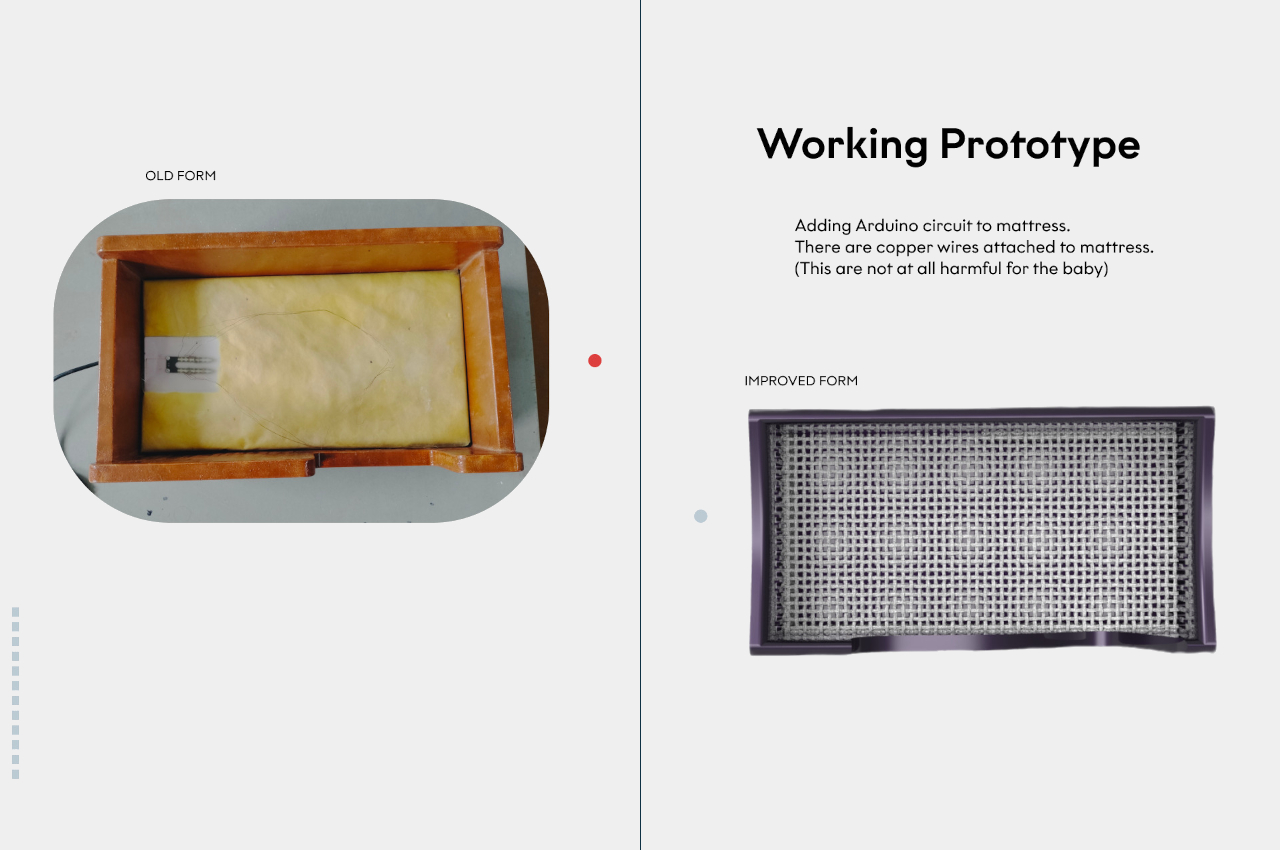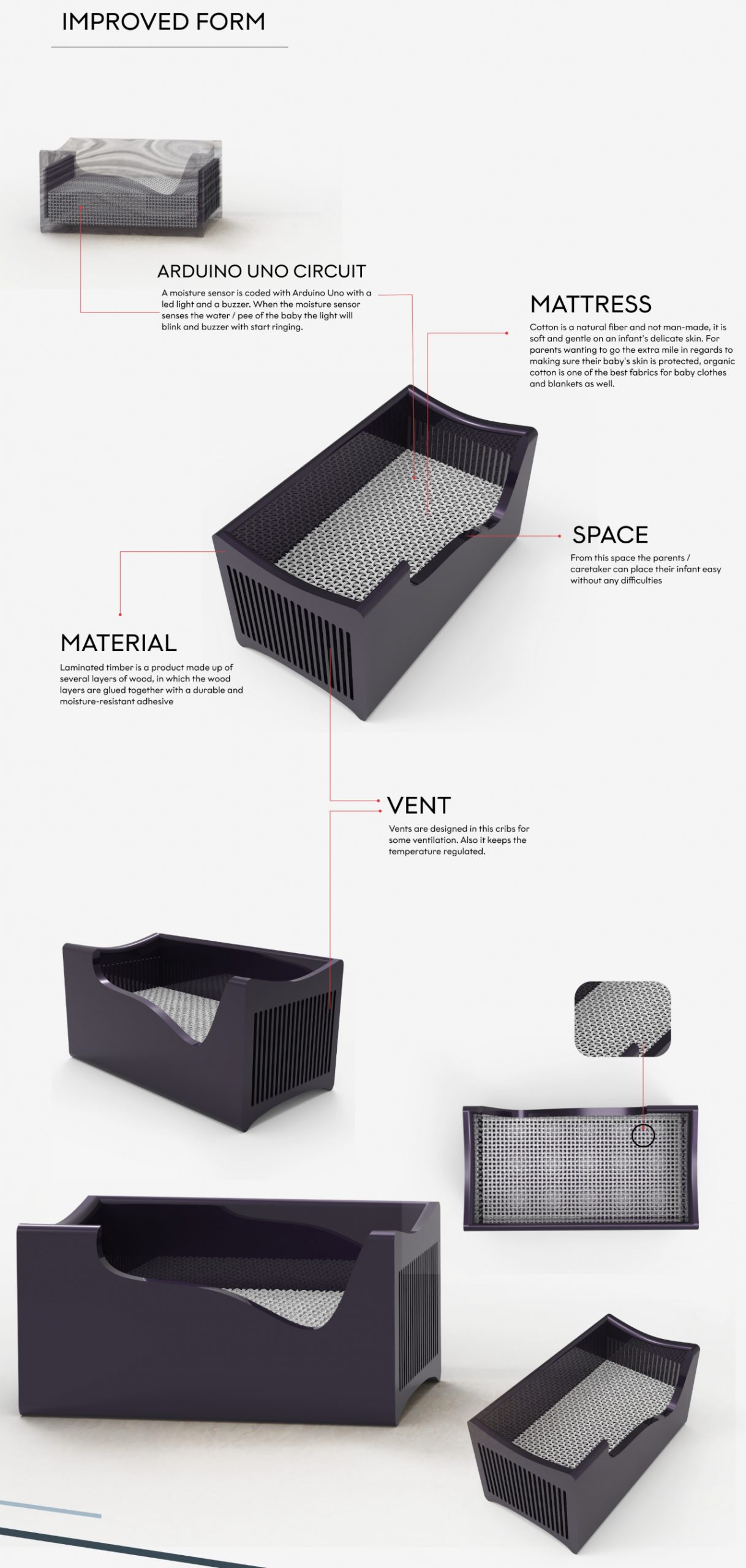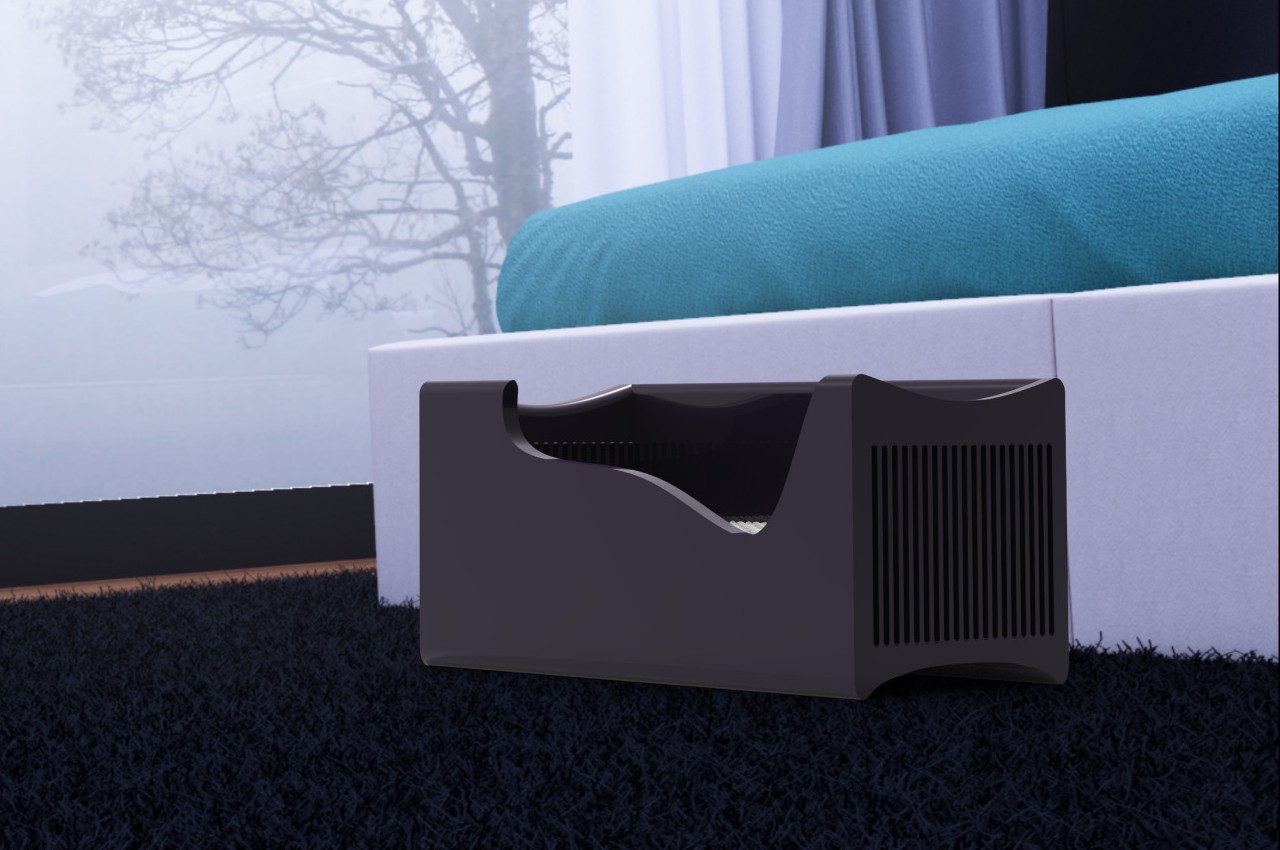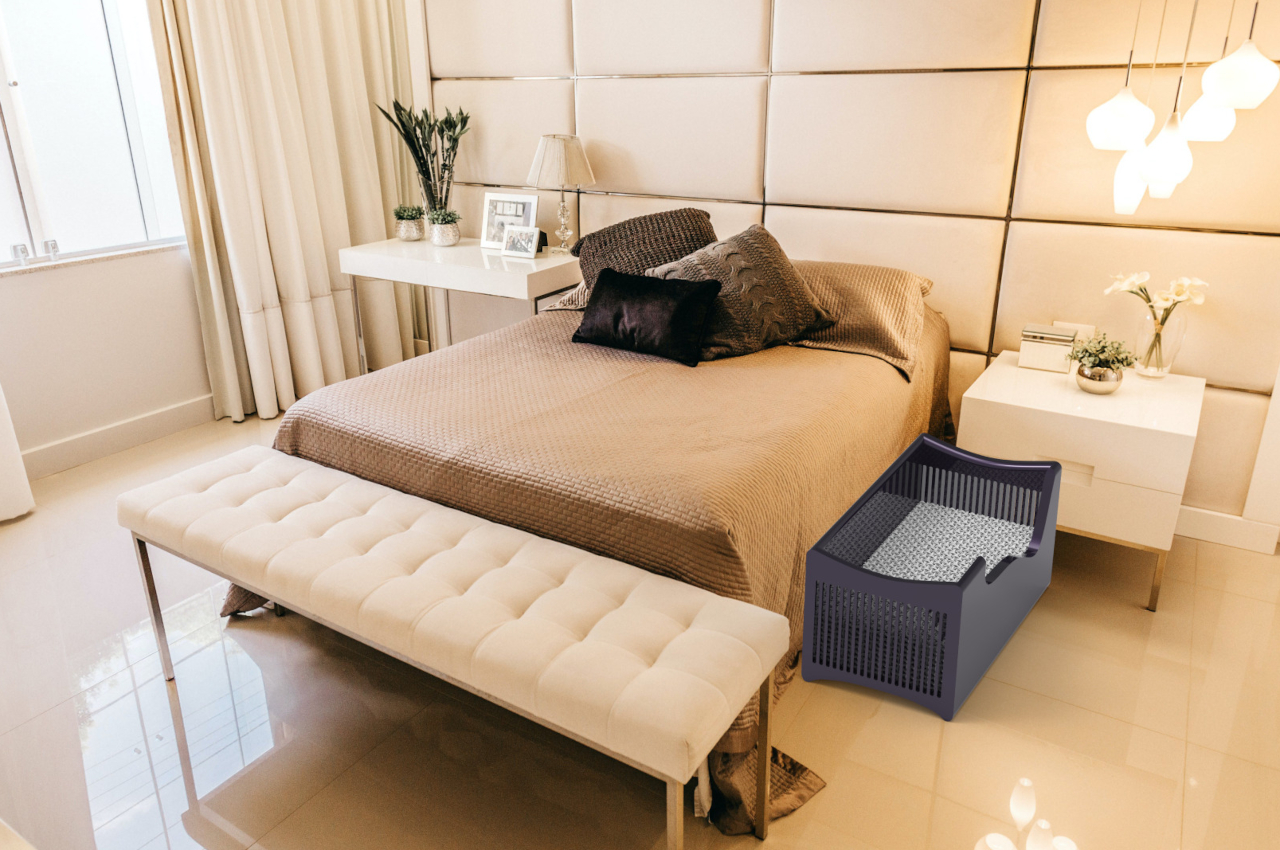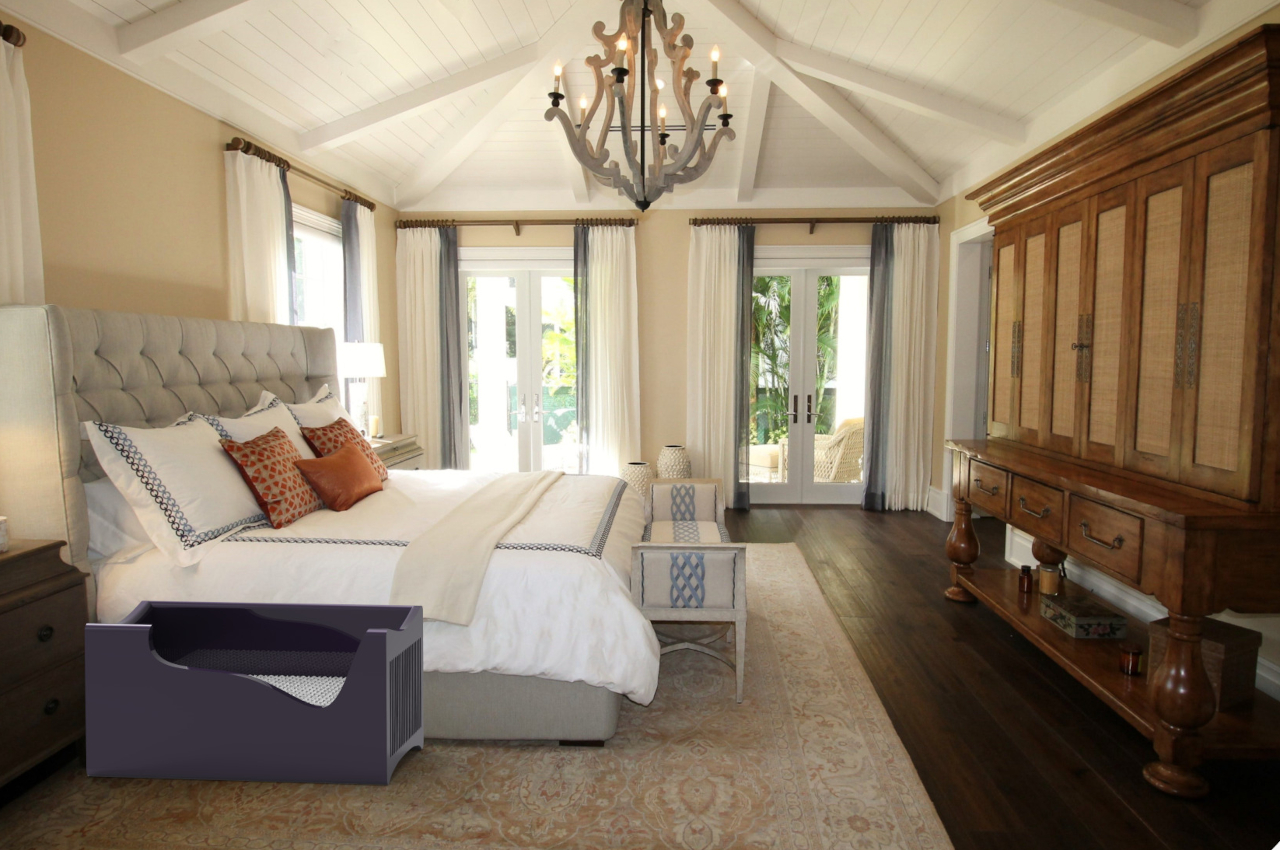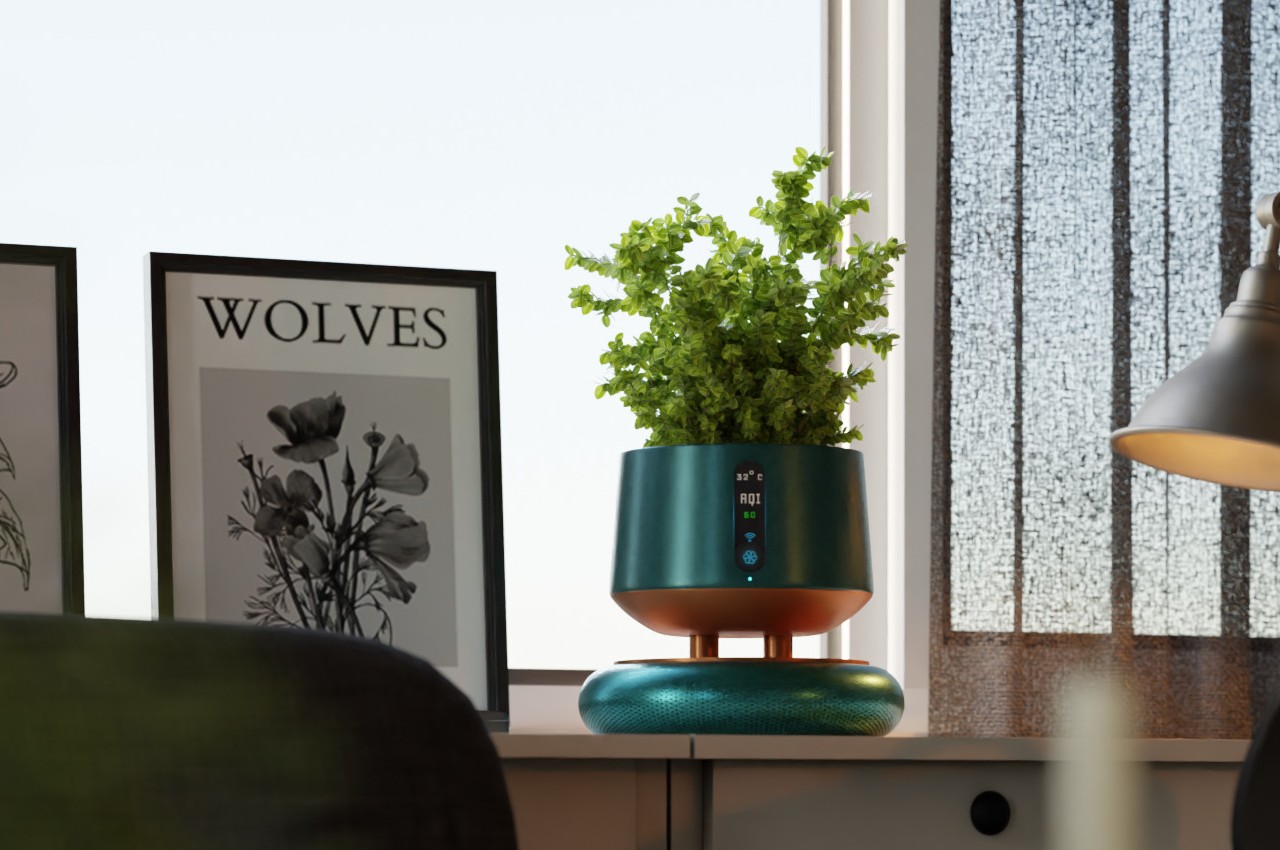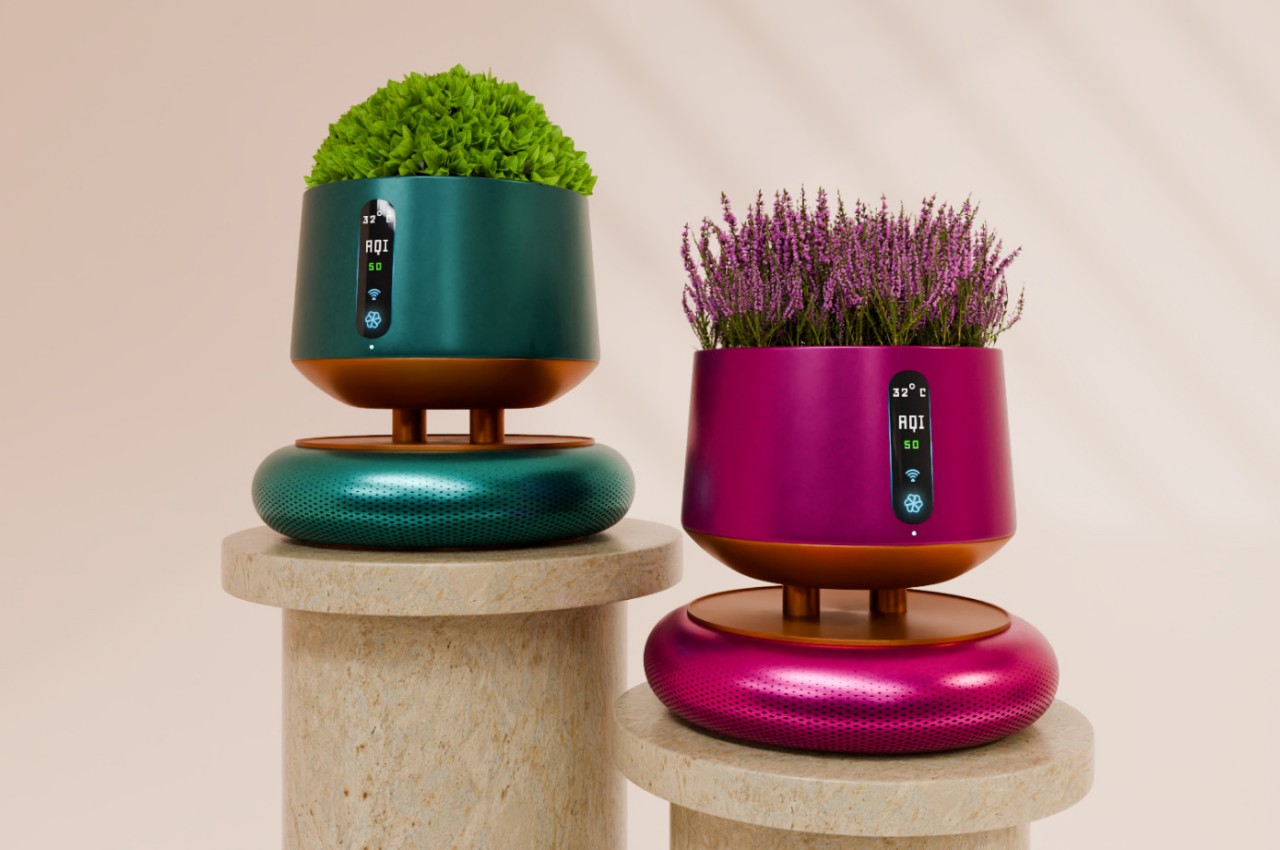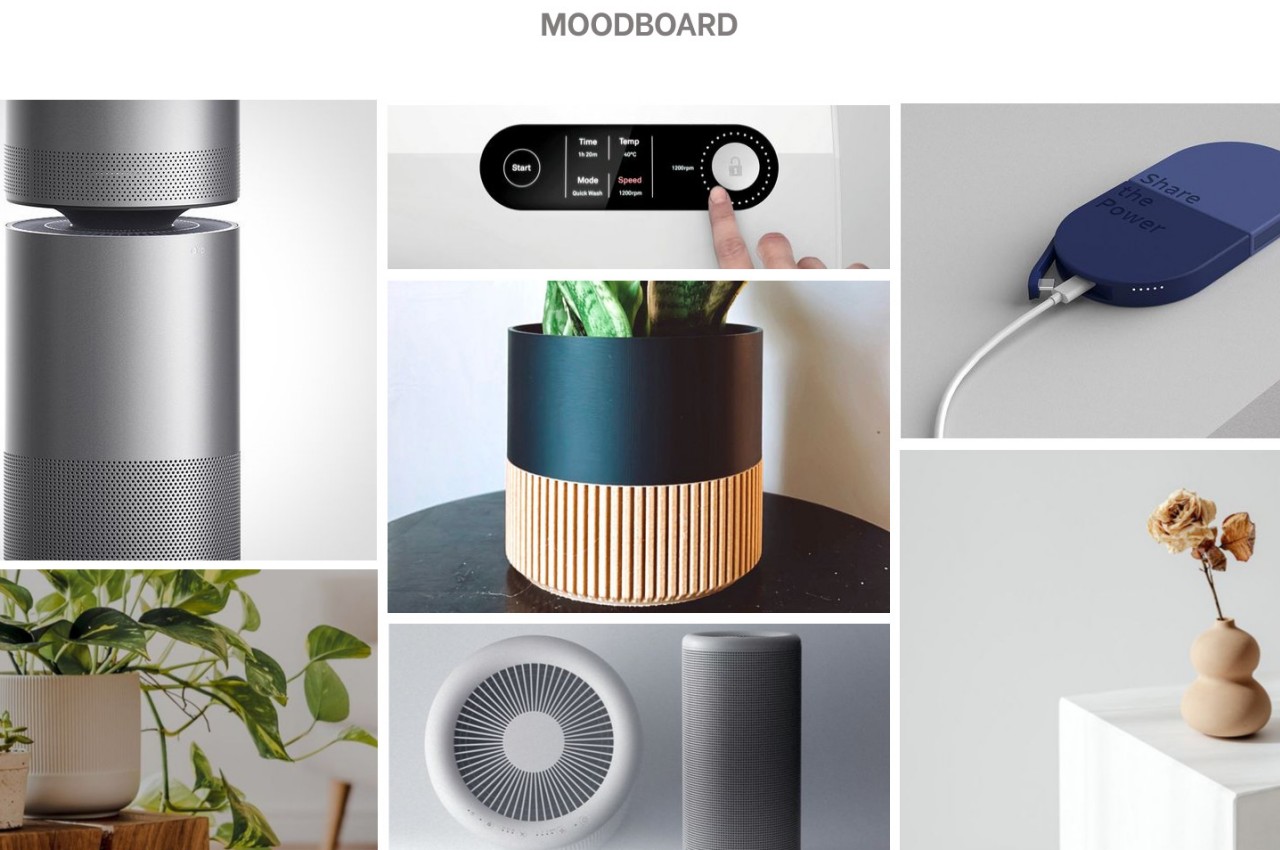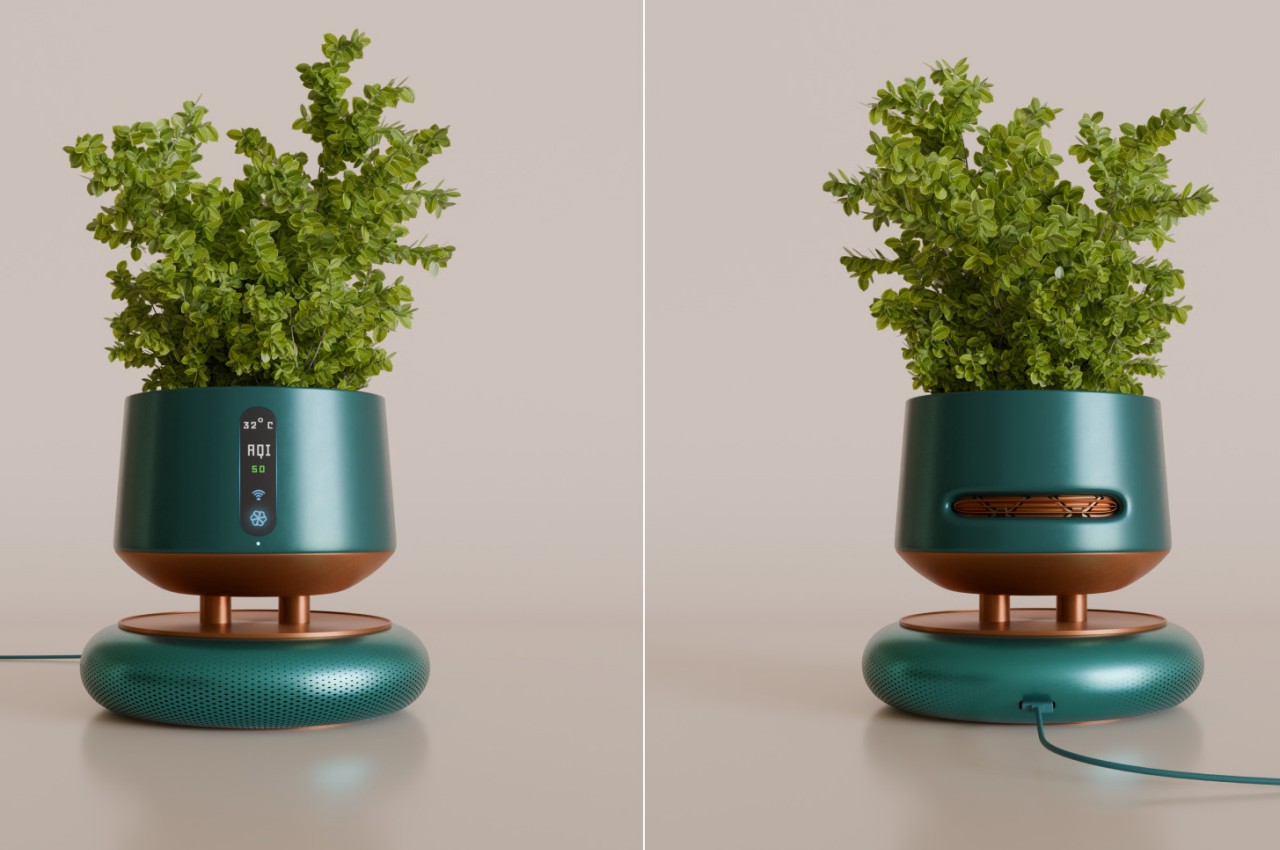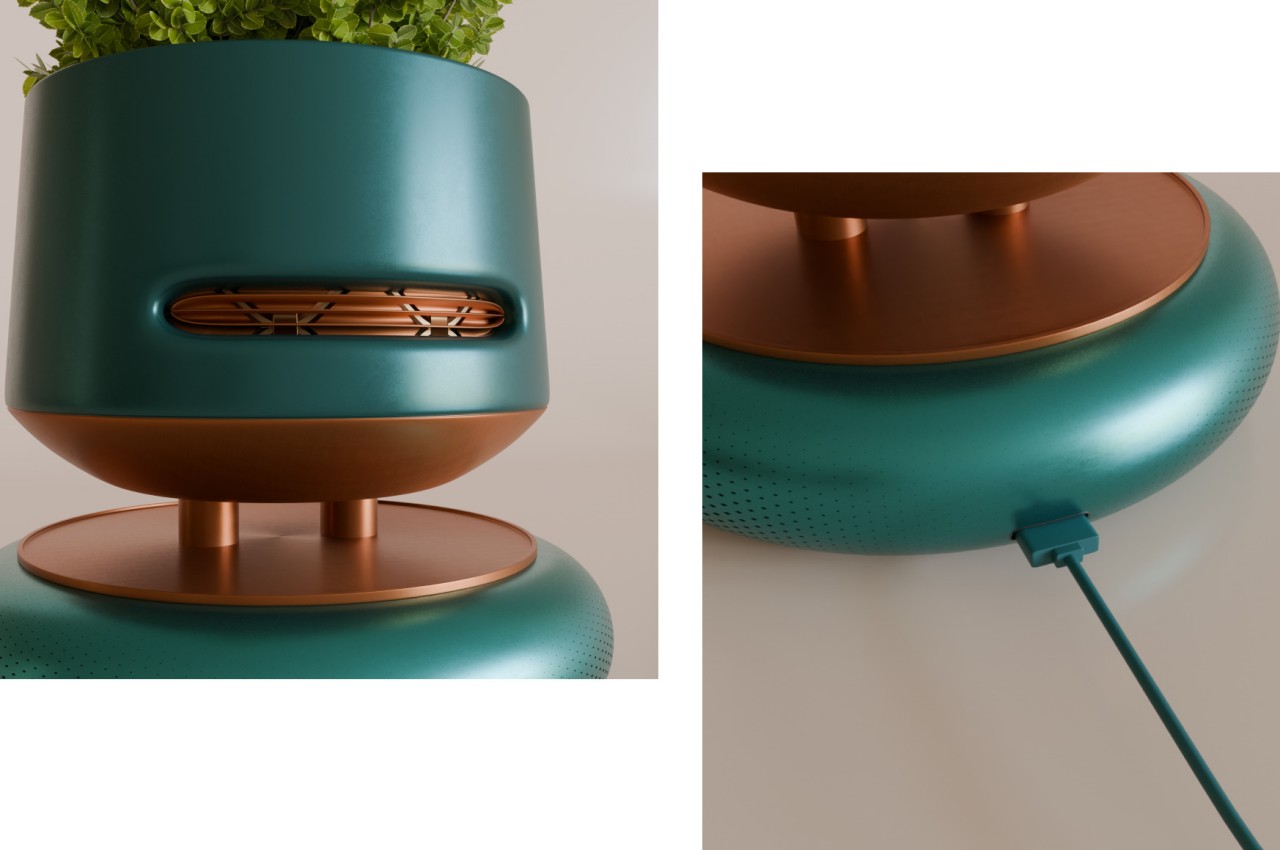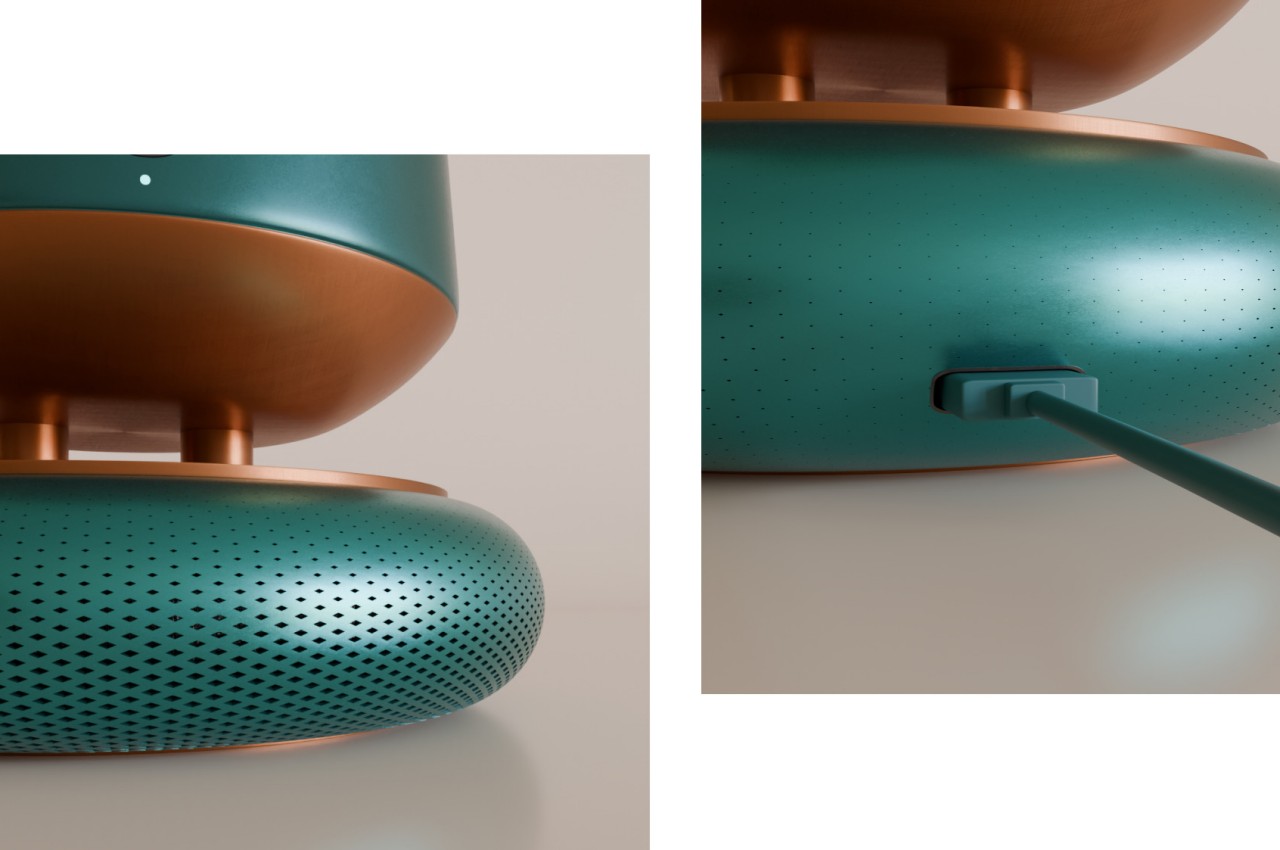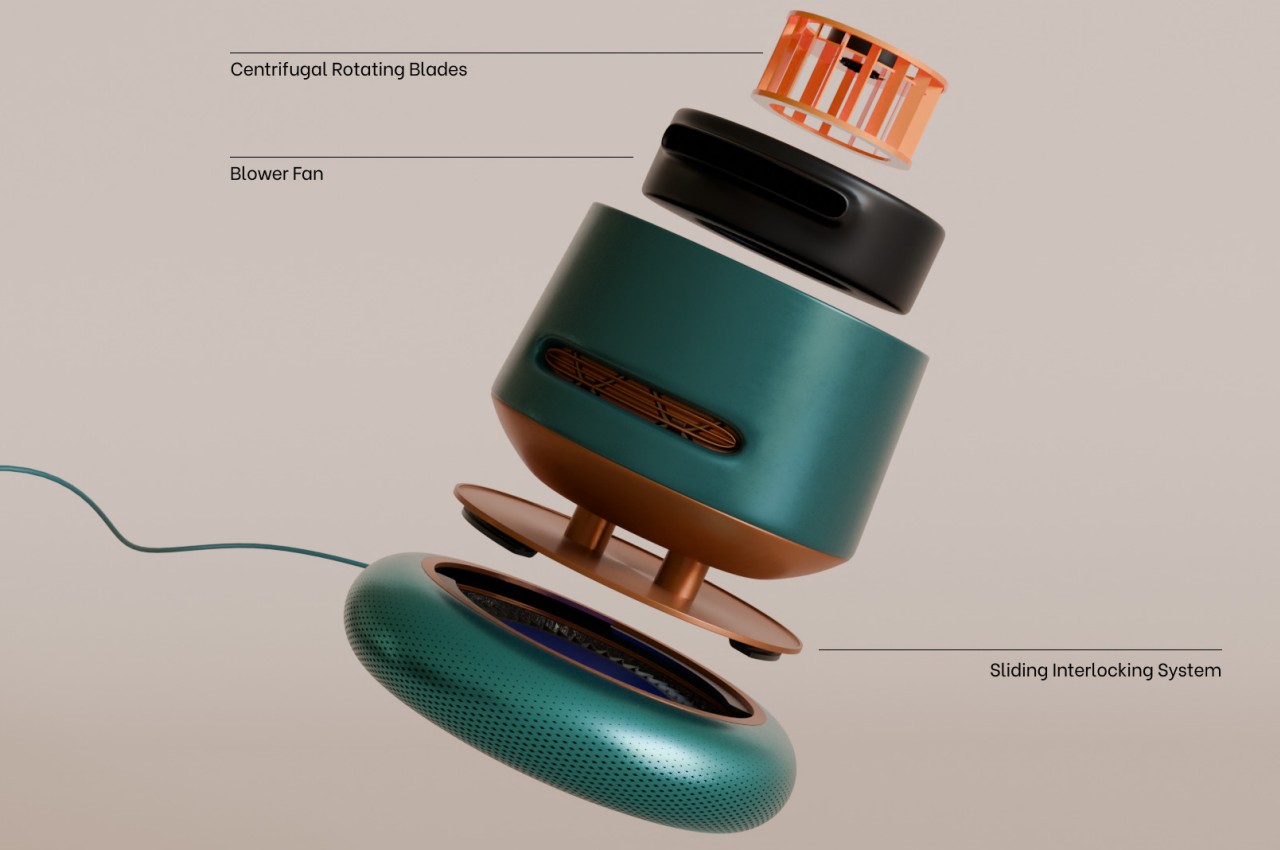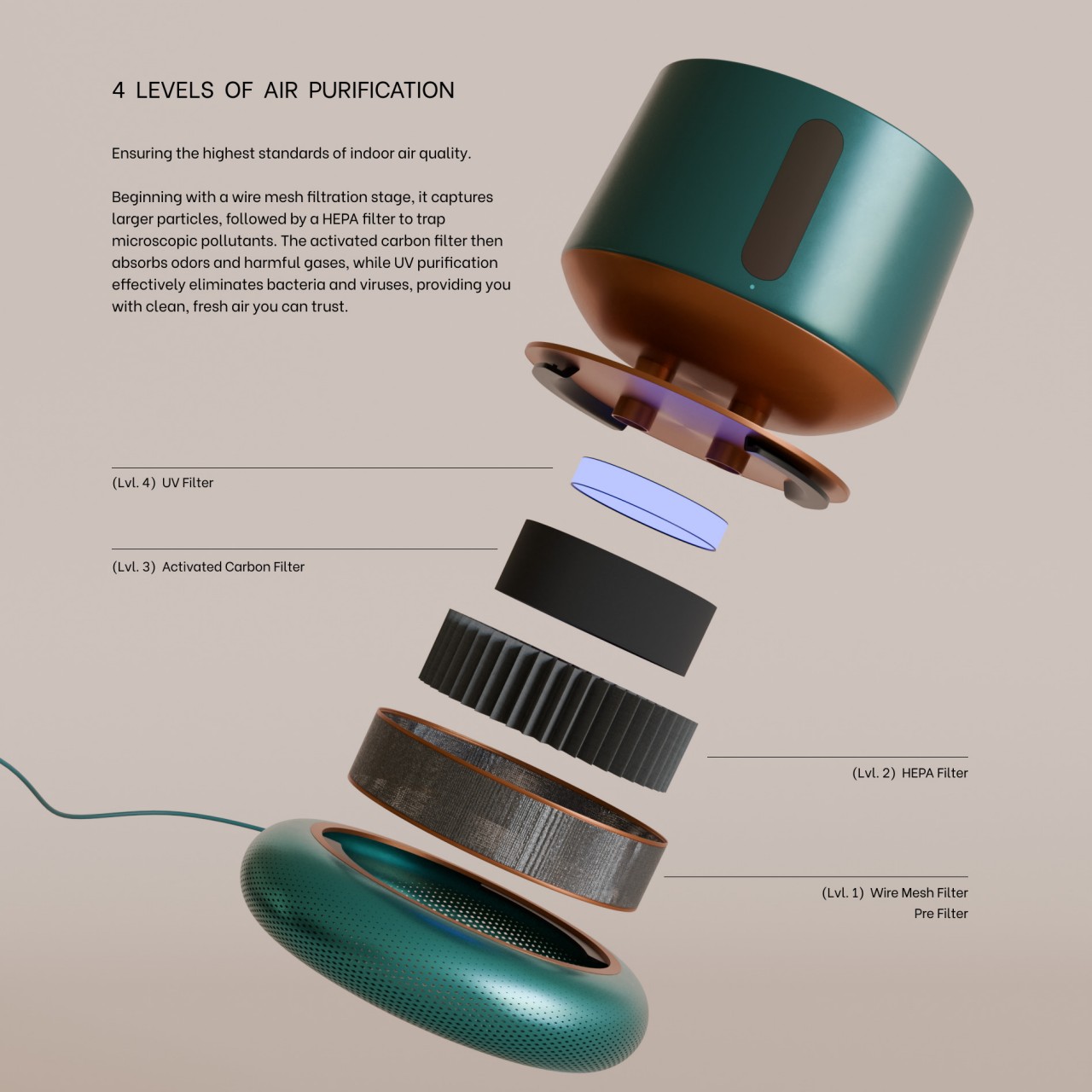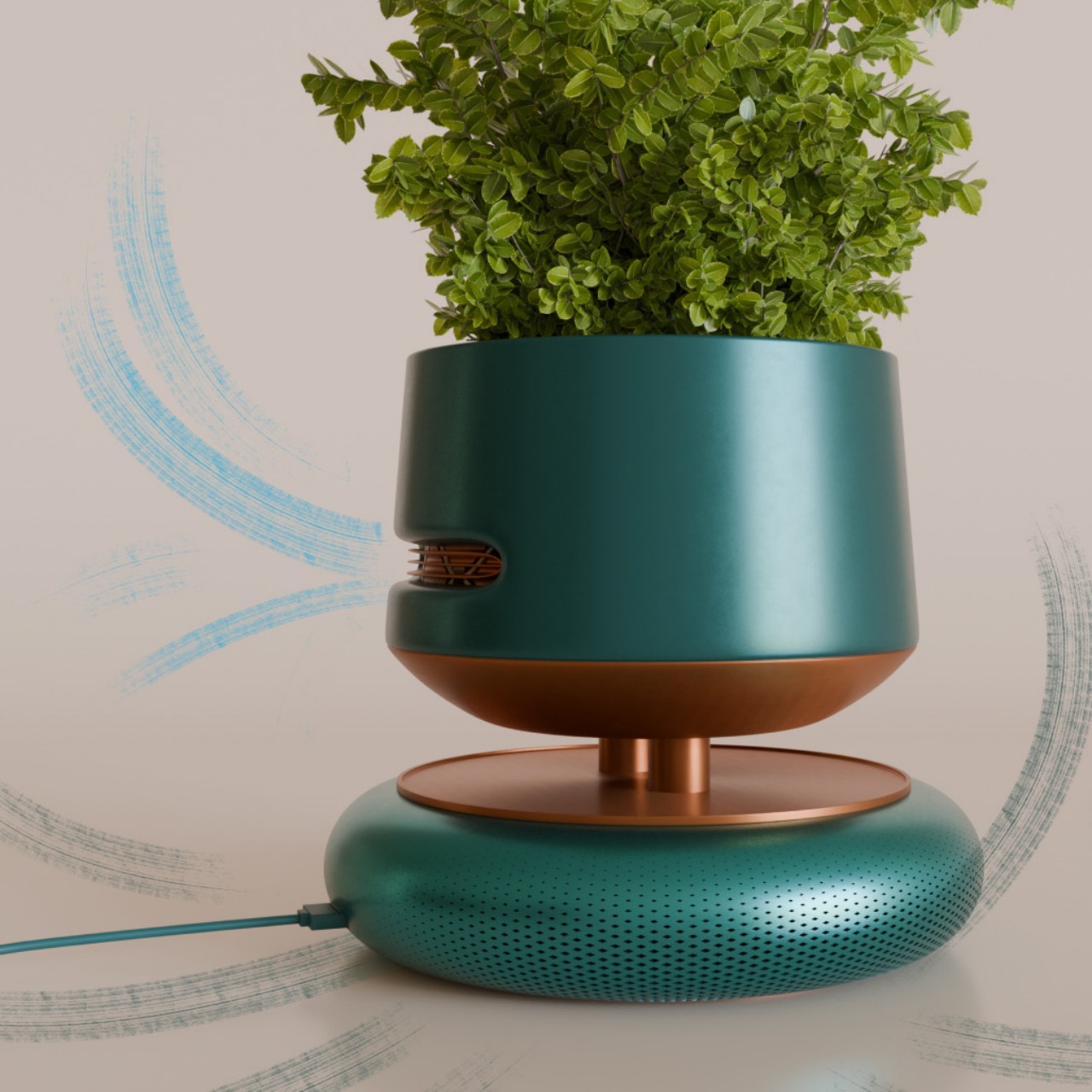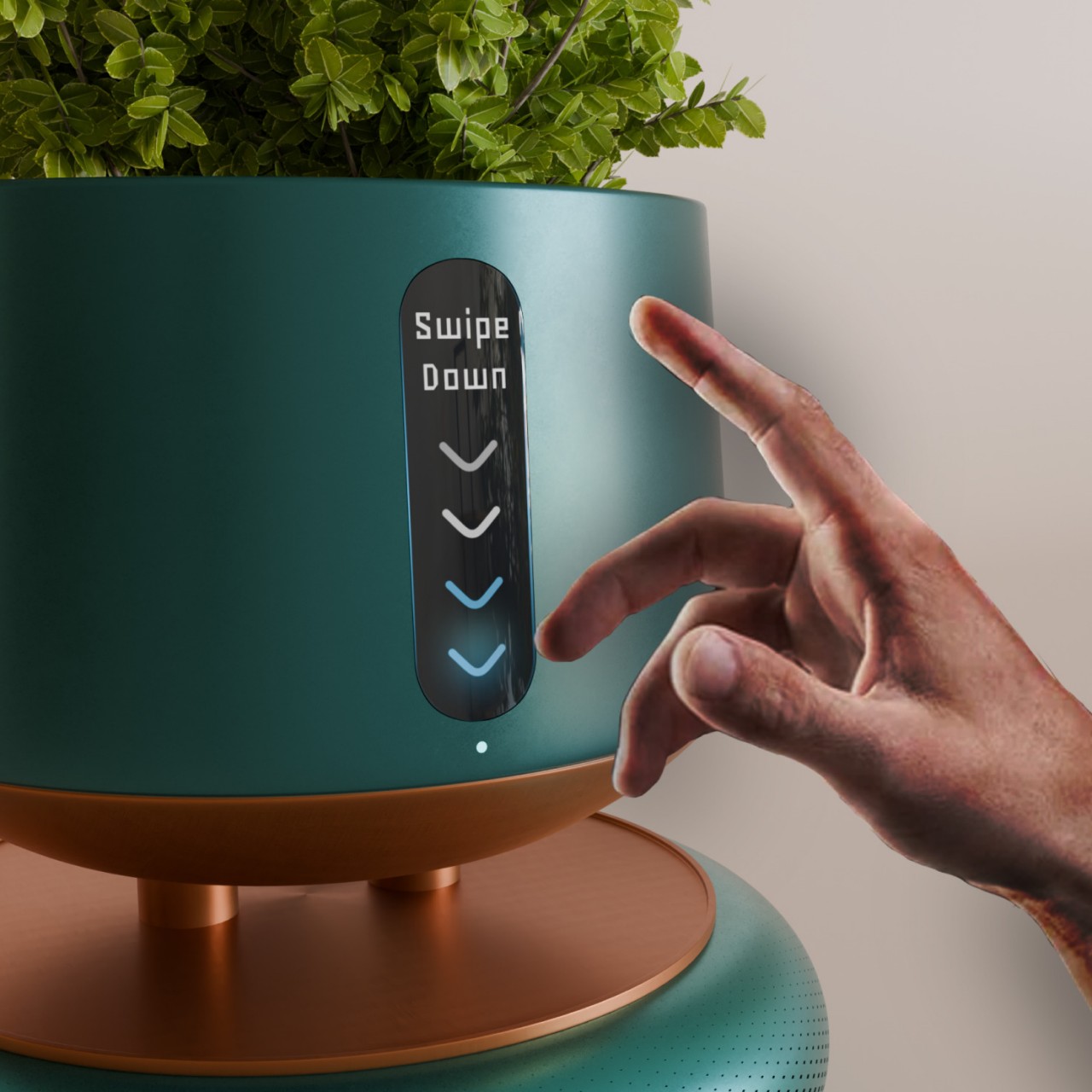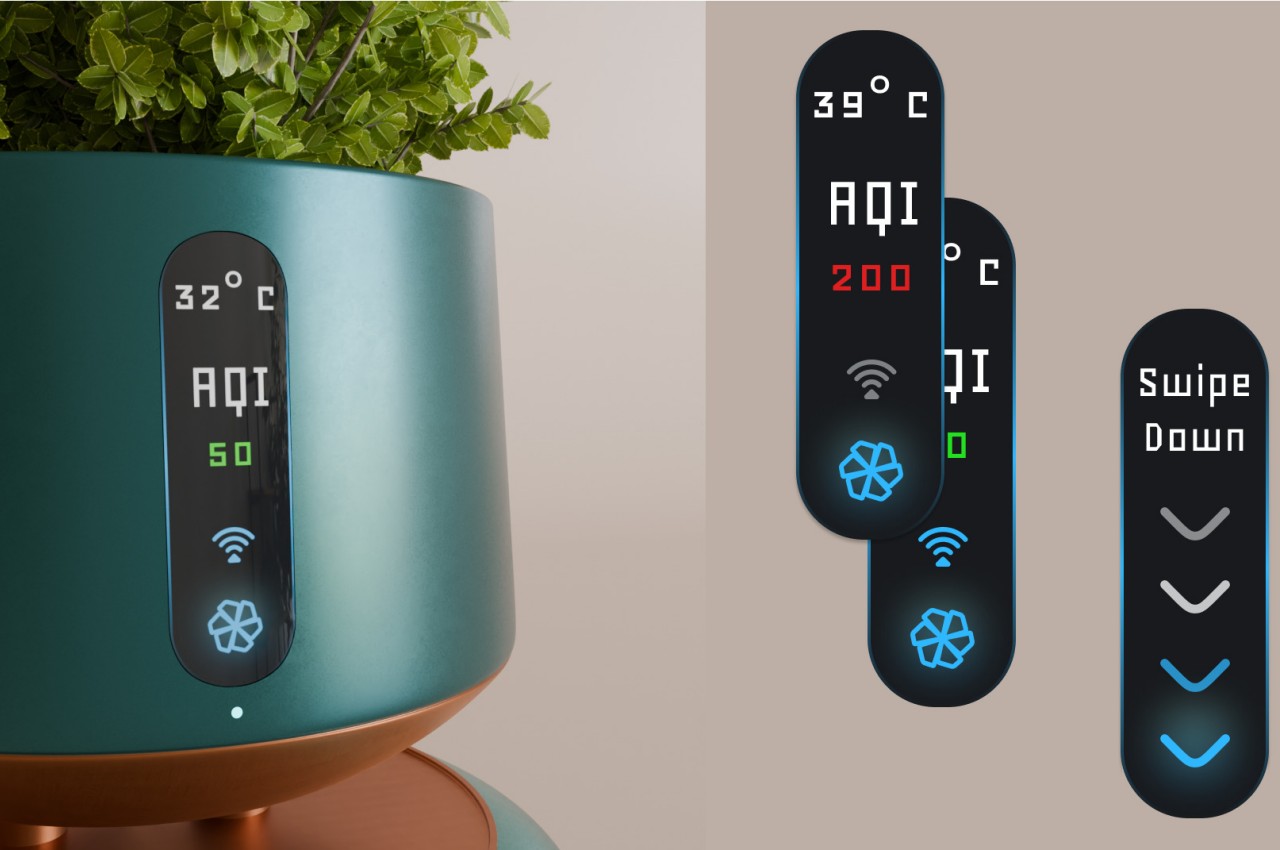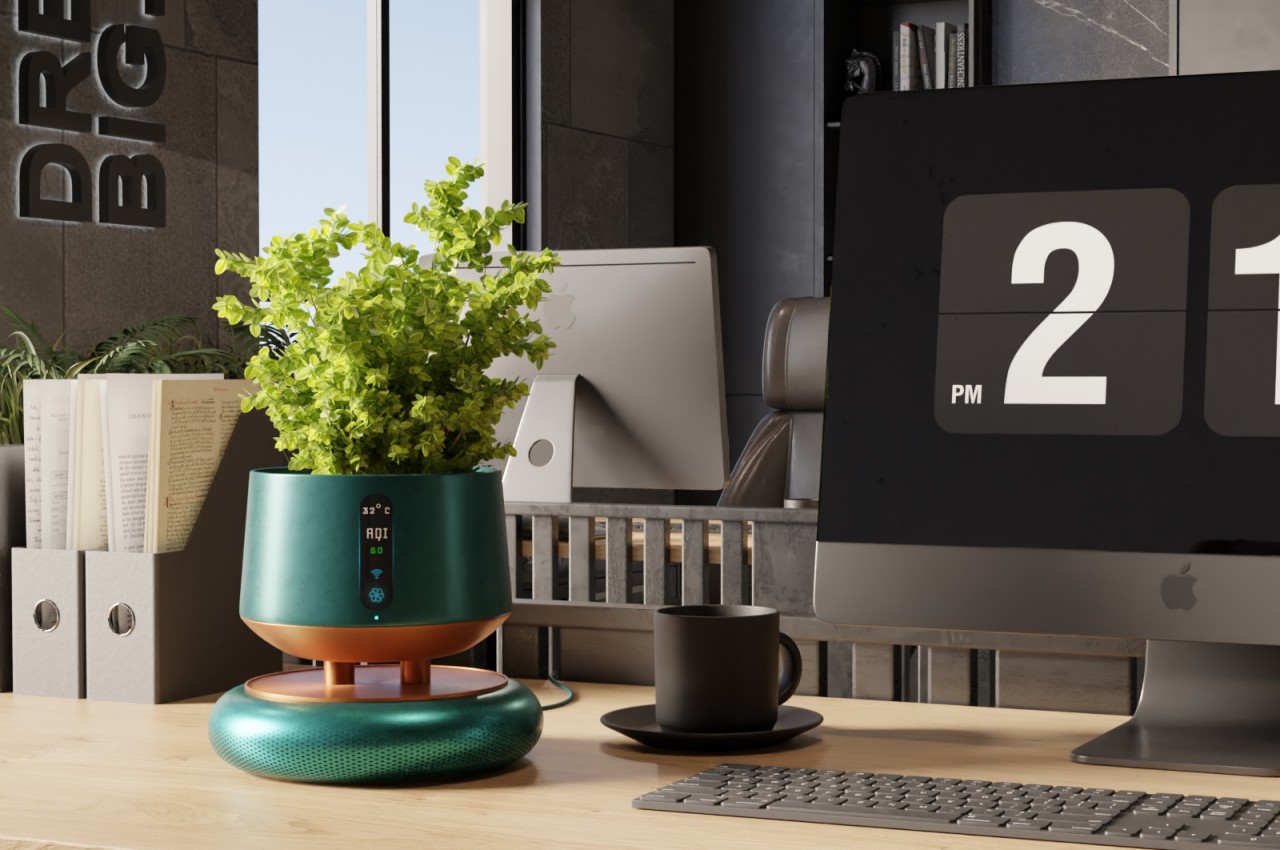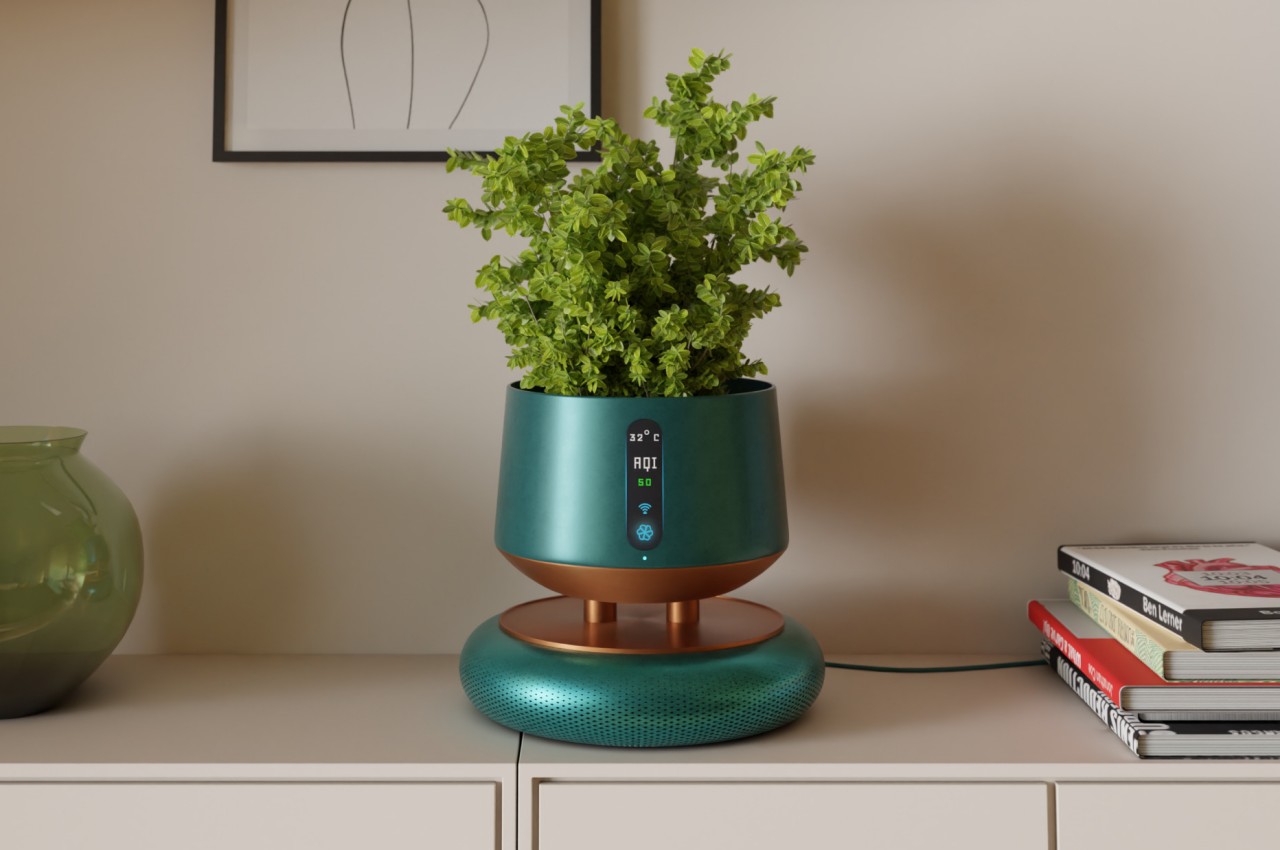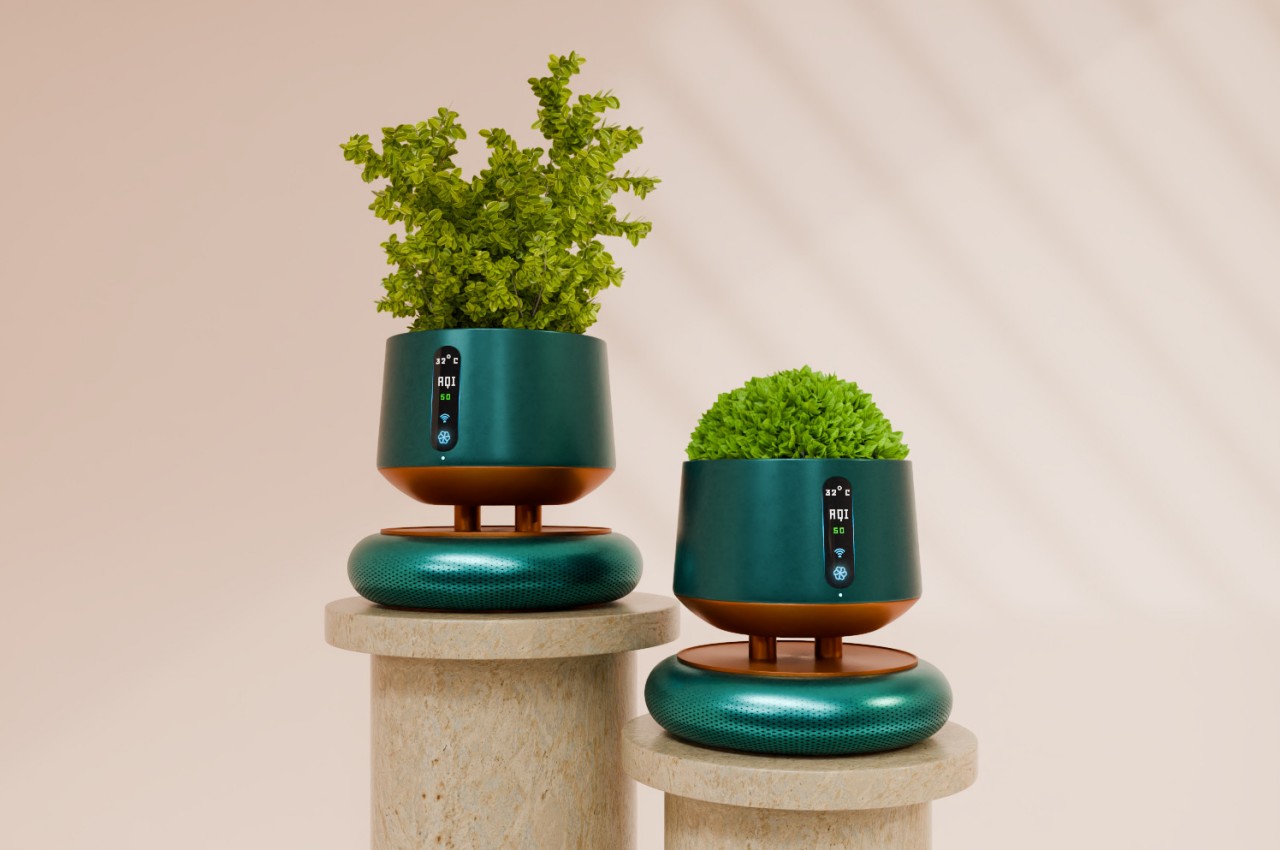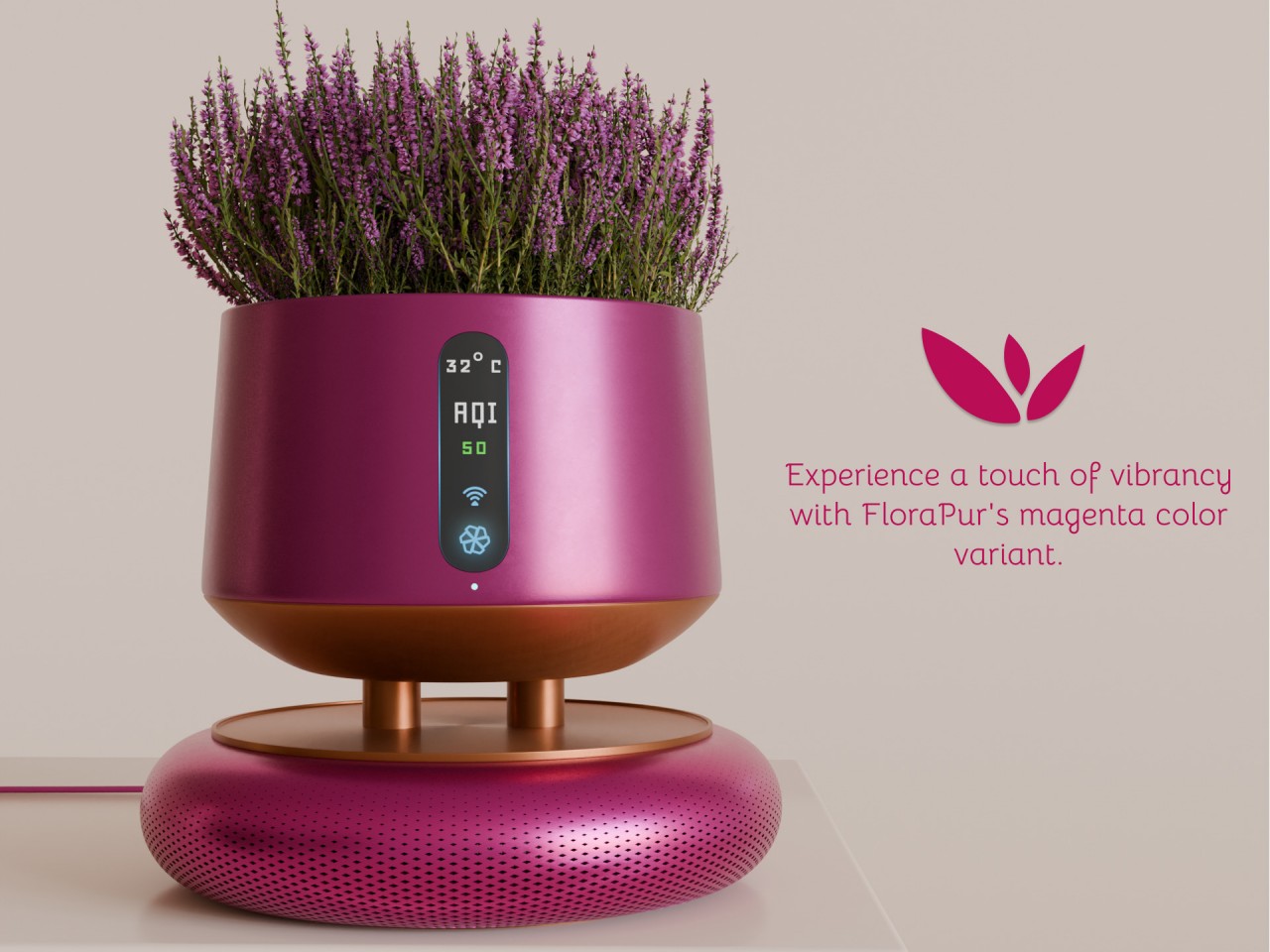Although they may be a bit controversial due to privacy and safety concerns, it’s hard to argue that drones, specifically quadcopter models, have introduced big changes in modern life. Taking photos and recording videos can now have some dramatic flair, and deliveries of food and supplies can be made to harder-to-reach places. What these often astounding use cases don’t always say, however, is that drones have very short operating times due to their small batteries. That means they can only fly over short distances with light payloads unless they stop and land somewhere for a recharge. This research concept tries to think of a different system that takes advantage of one of the most ubiquitous power sources found in most urban areas: heavy-duty power lines.
Designers: Viet Duong Hoang, Frederik Falk Nyboe, Nicolaj Haarhøj Malle, Emad Ebeid
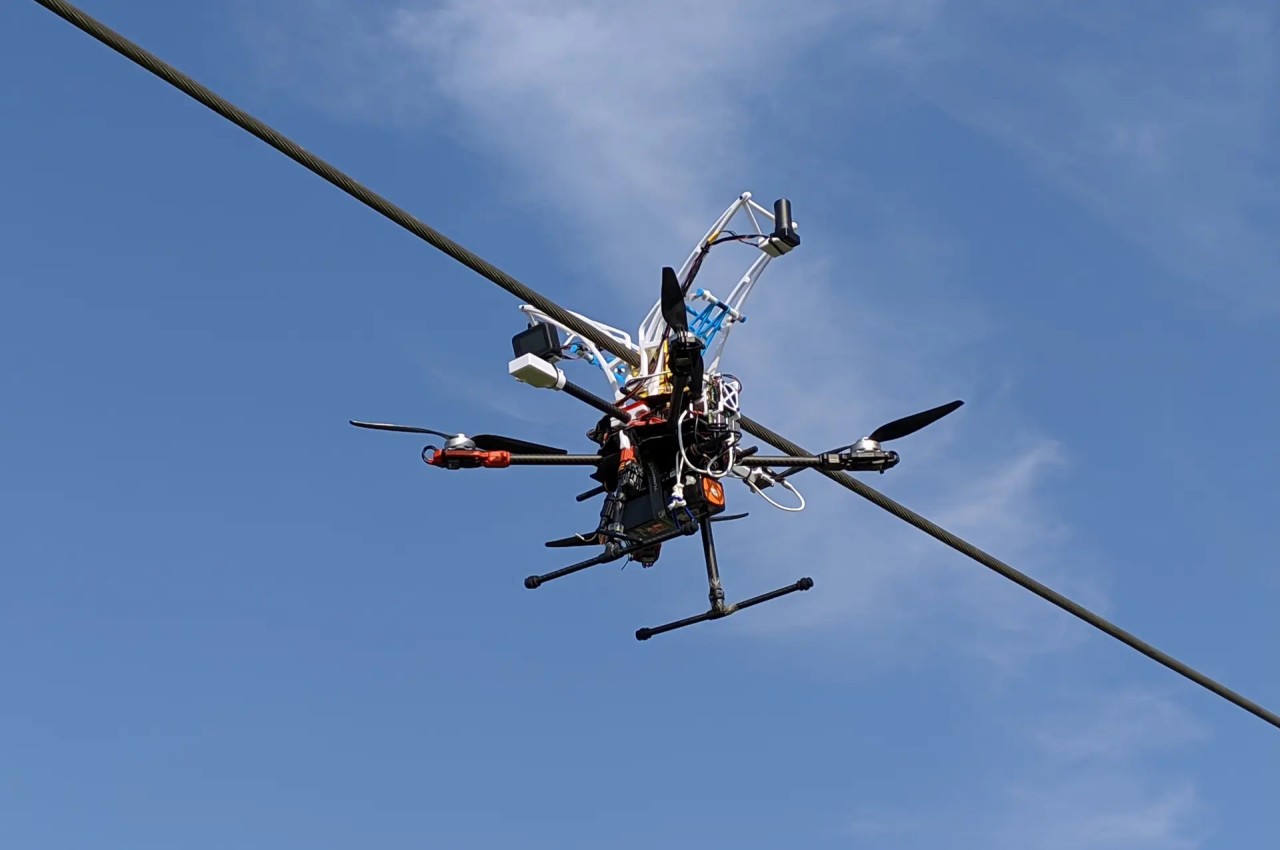
Given our current battery technologies, drones have no choice but to pack light. This means most drones have an operating time of around 1 hour or so, and that’s only if they’re not struggling to keep afloat with a heavy load. This drastically shortens the travel time and distance of drones unless they find a way to charge en route, almost like how a car refuels or charges along its way. That, however, would require creating “charging stations” for these drones, which might not always be possible or even economical.
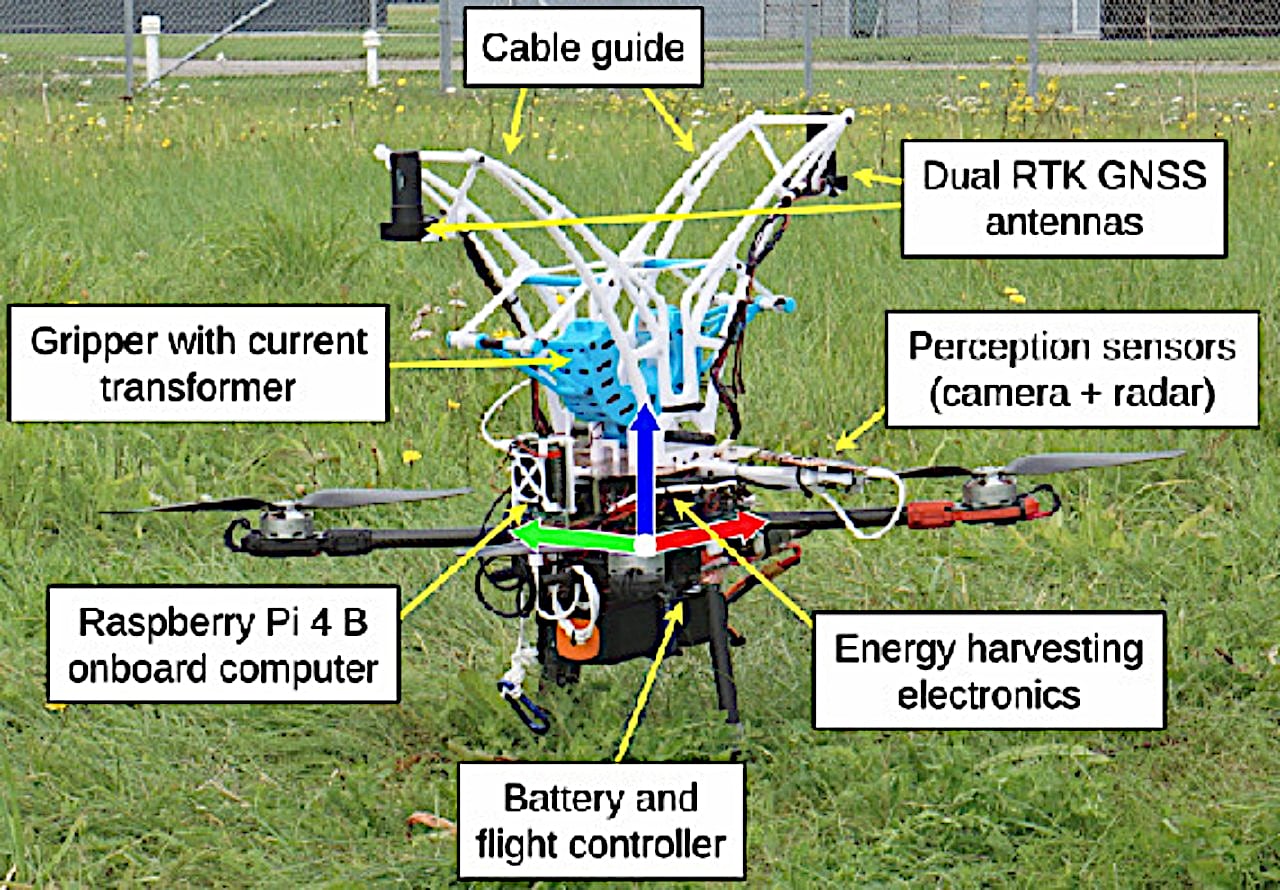
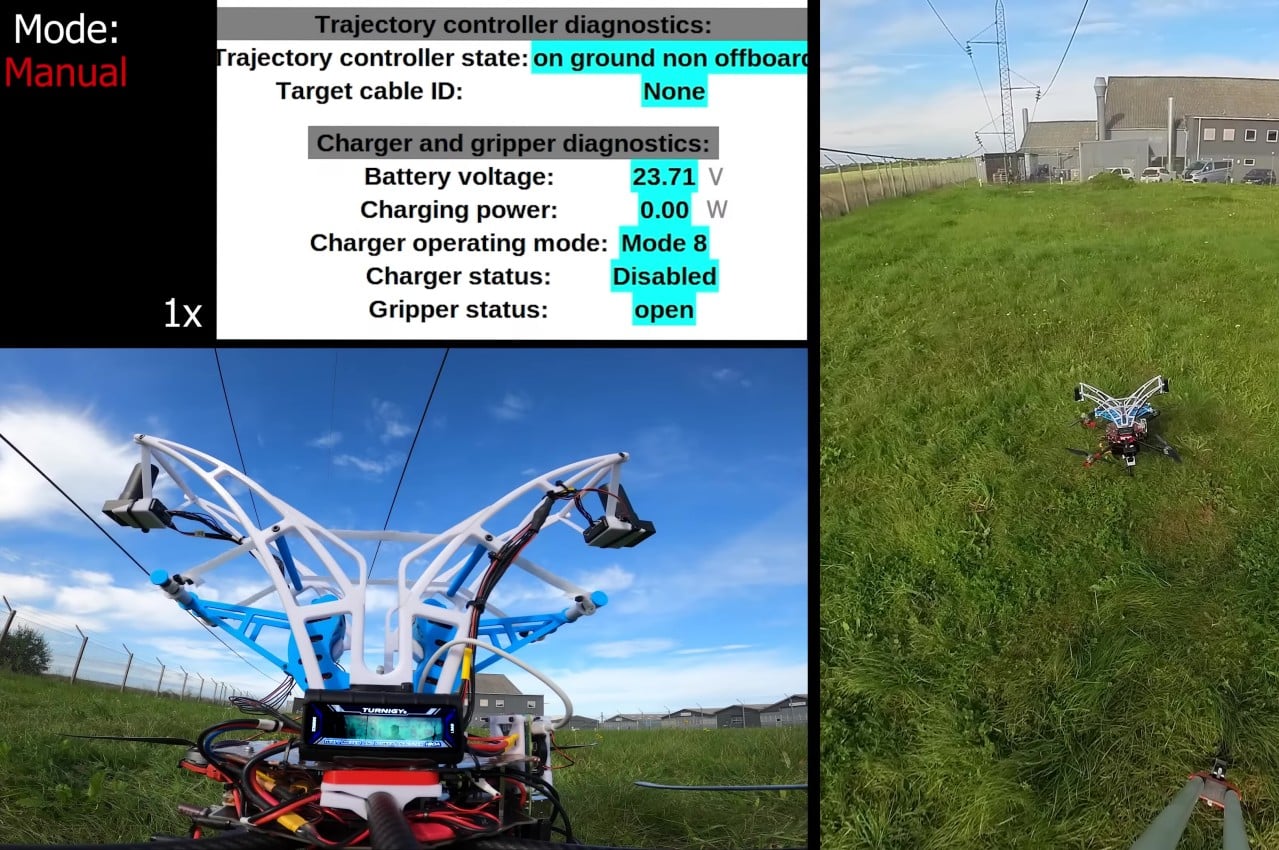
Scientists from the University of Southern Denmark decided to design around a power source that is always there but isn’t solar-powered, which would be too slow and too little for the drone’s use. Instead, the drones clamp onto power lines, the very same thick cables that deliver power from one pole to another. When the drone senses that its battery is too low for comfort, it flies to the nearest power line, flies under a line, and then slowly raises itself until its mechanism grips the line. From there, it uses induction to draw electricity from the line to power that gripping mechanism as well as charge the drone hanging from it.
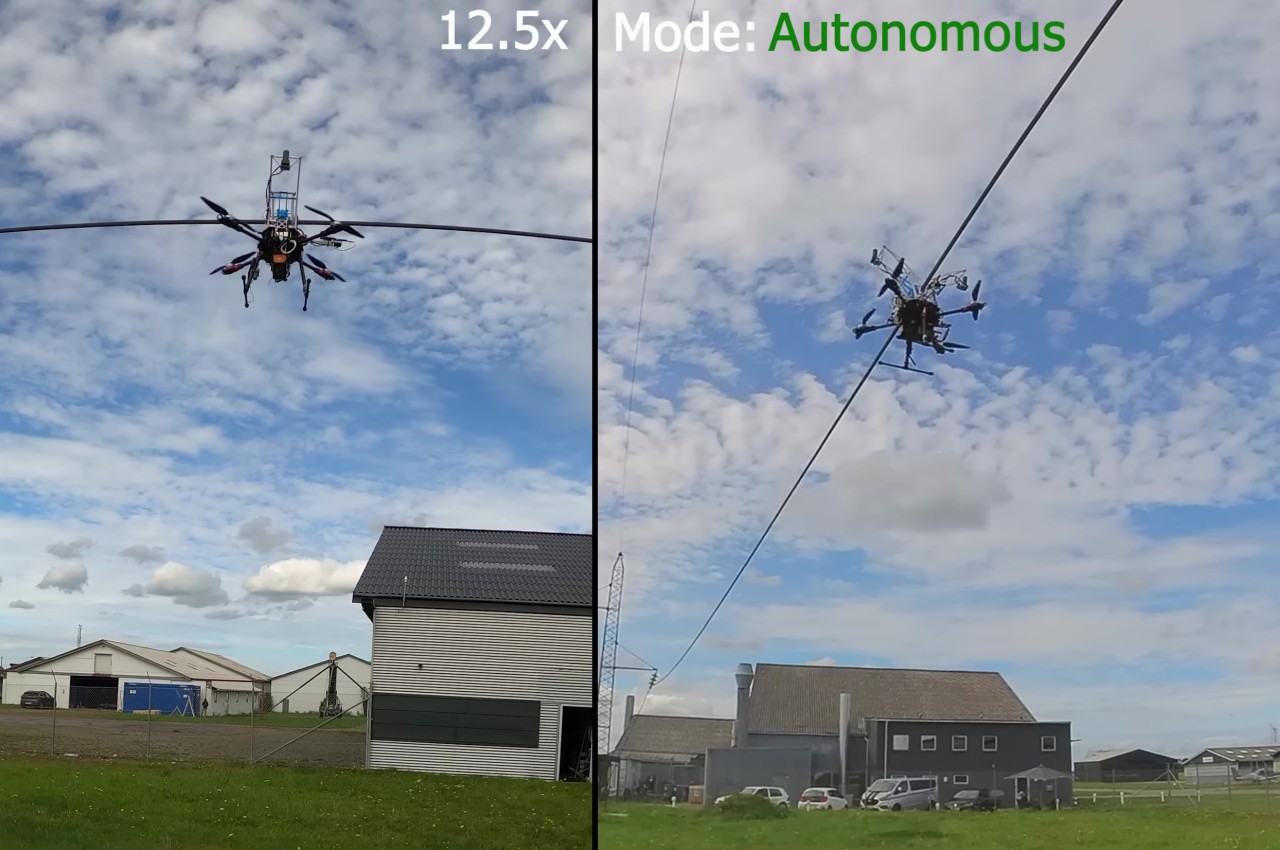
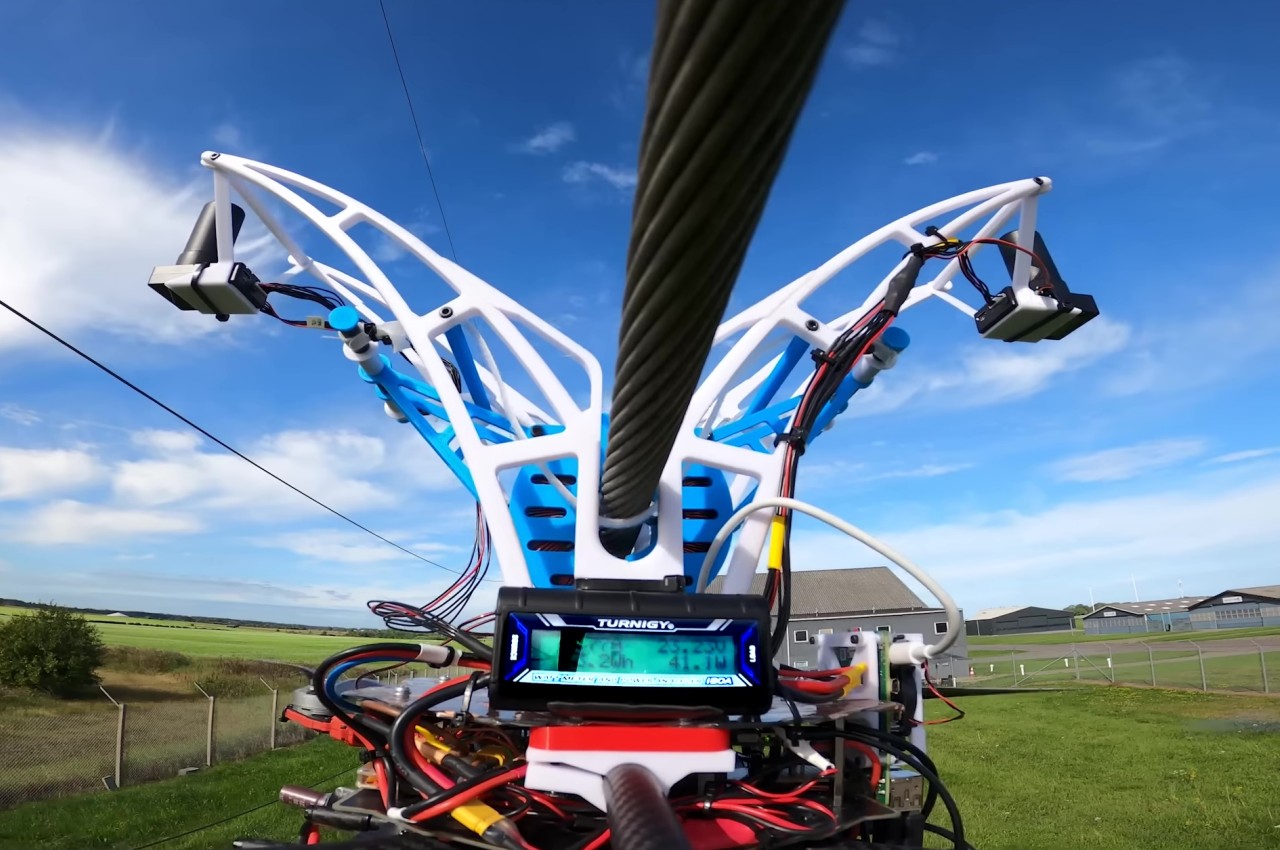
To test this theory, a drone that was used to inspect power lines was outfitted with custom-made sensors and a gripper before being set to its task without human intervention. The drone recharged itself five times using this method, resulting in an impressive two-hour operation. Although the task put the drone within the immediate vicinity of the electrical line that it needed to recharge, it’s not hard to imagine how delivery drones would likewise have access to nearby lines for the same purpose.
Then again, this recharging system might not be the best solution either, at least given the technologies we have today. Fully autonomous drones are still generally considered to be unreliable, so you can only imagine the fear of one of these flying robots meeting an accident on that power line and taking down a whole block’s electricity. Of course, the better solution would be to have public charging stations like those for cars, but we’re still far from being a drone-centric civilization to warrant such infrastructure.
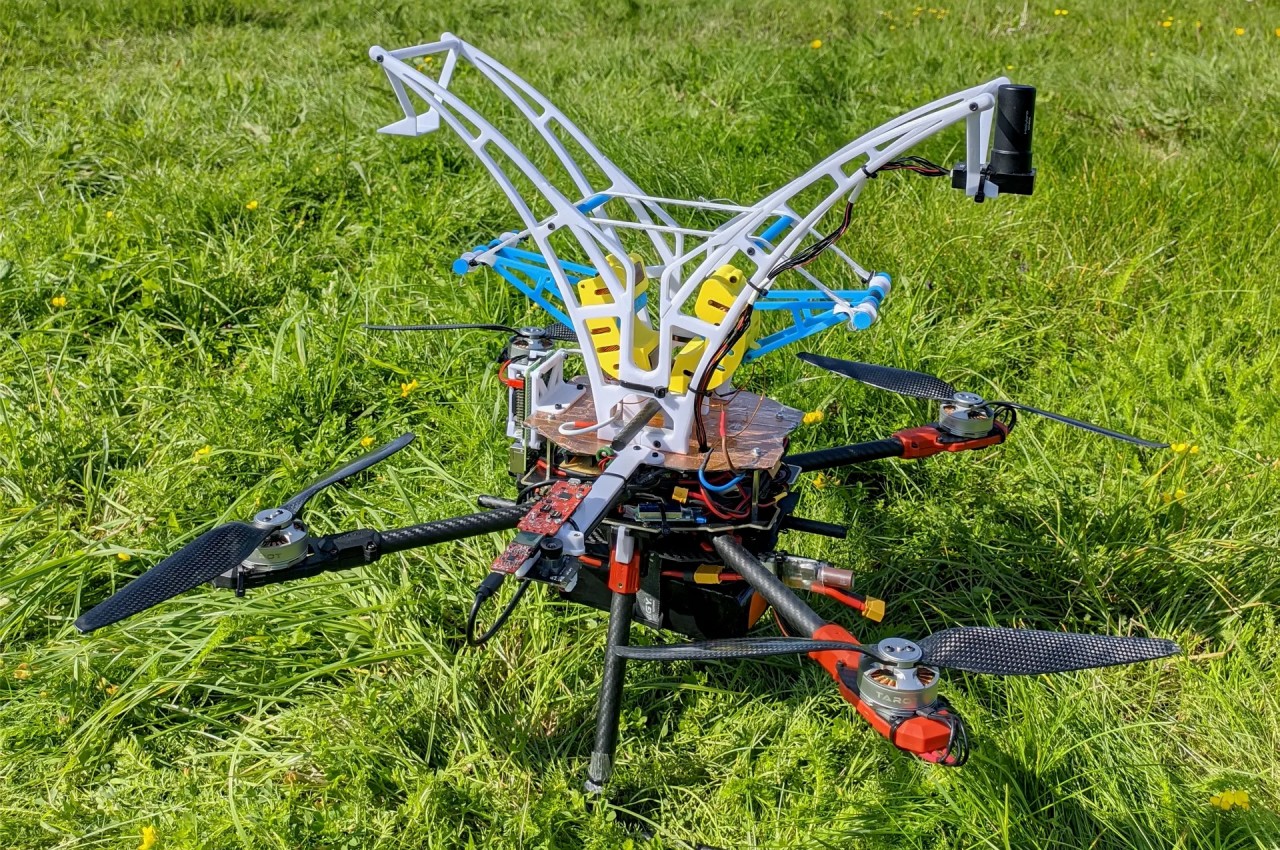
The post Drone quadcopter concept grips power lines to recharge its batteries first appeared on Yanko Design.
